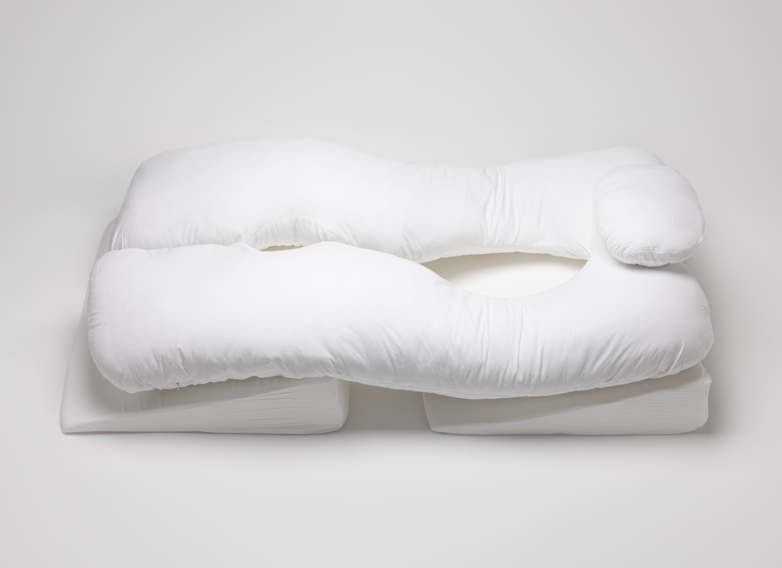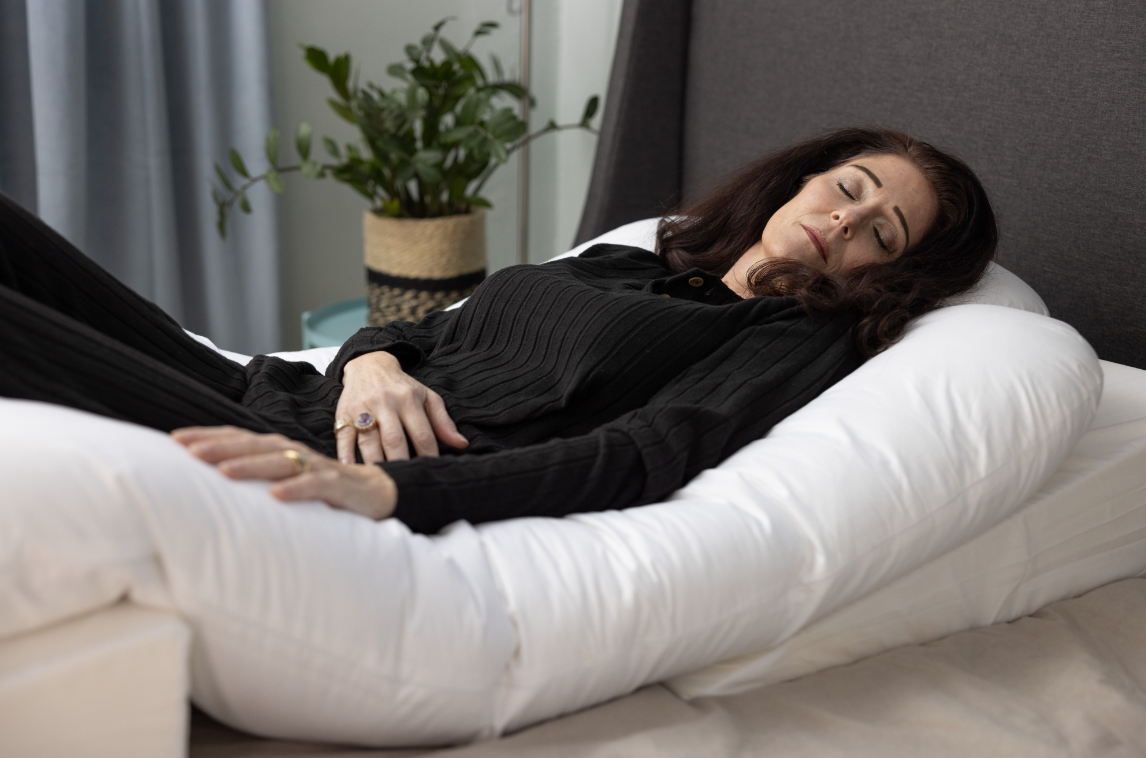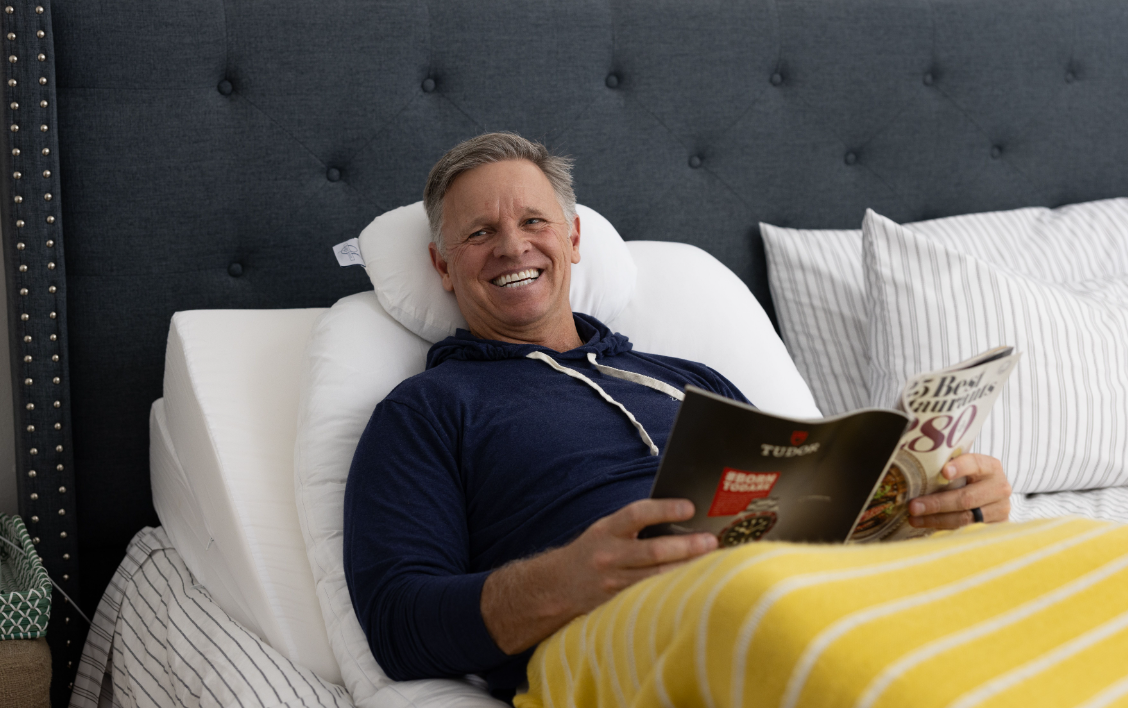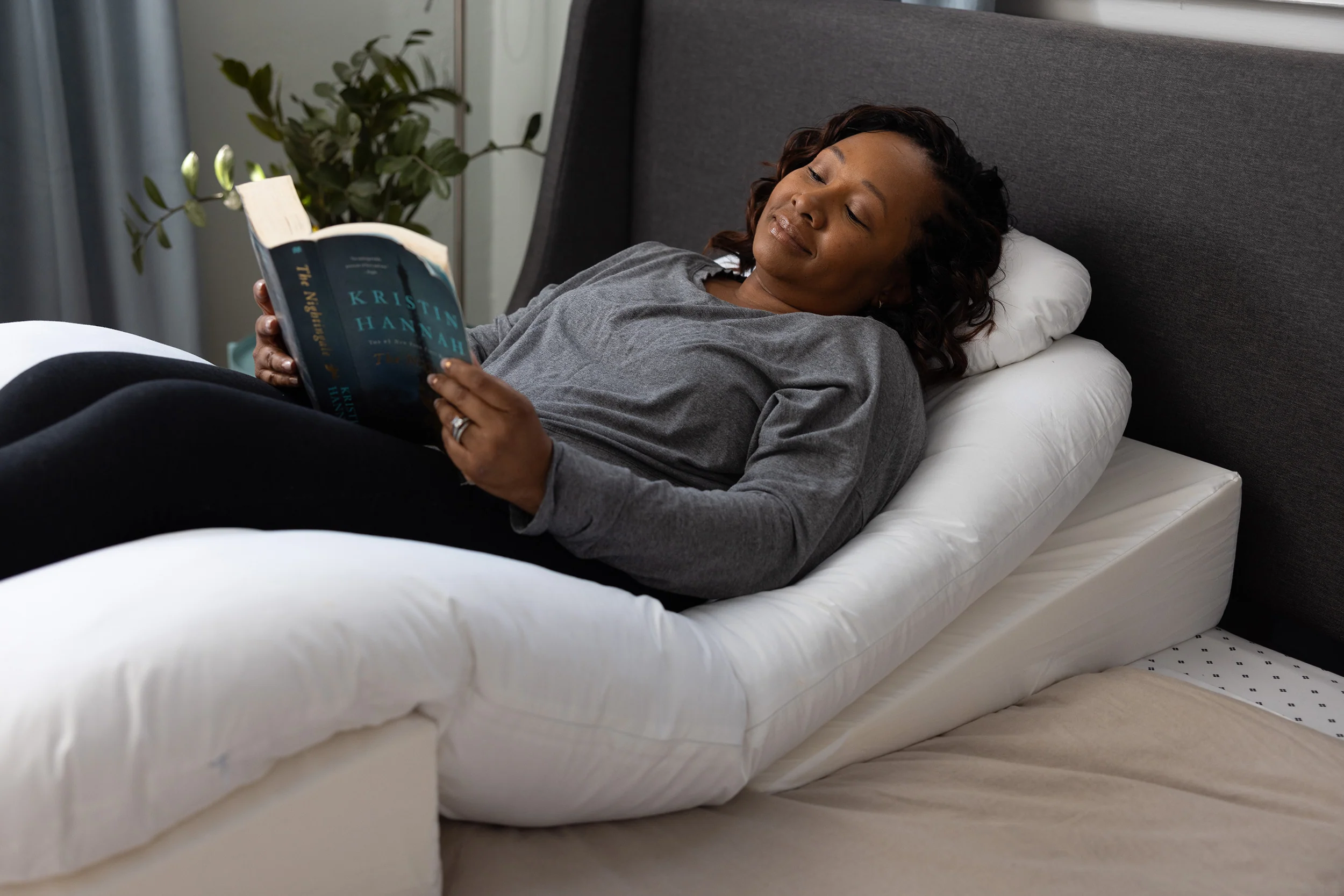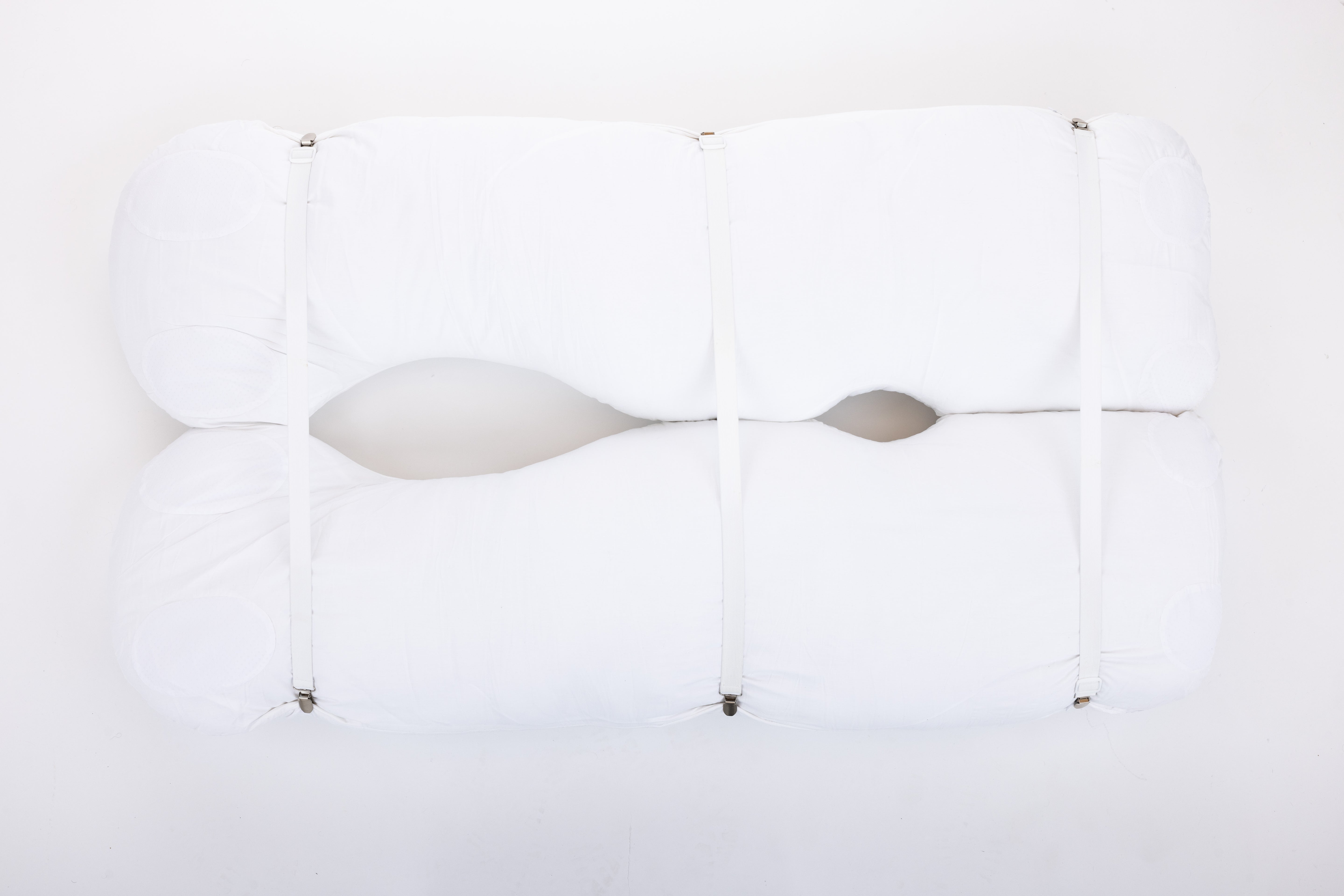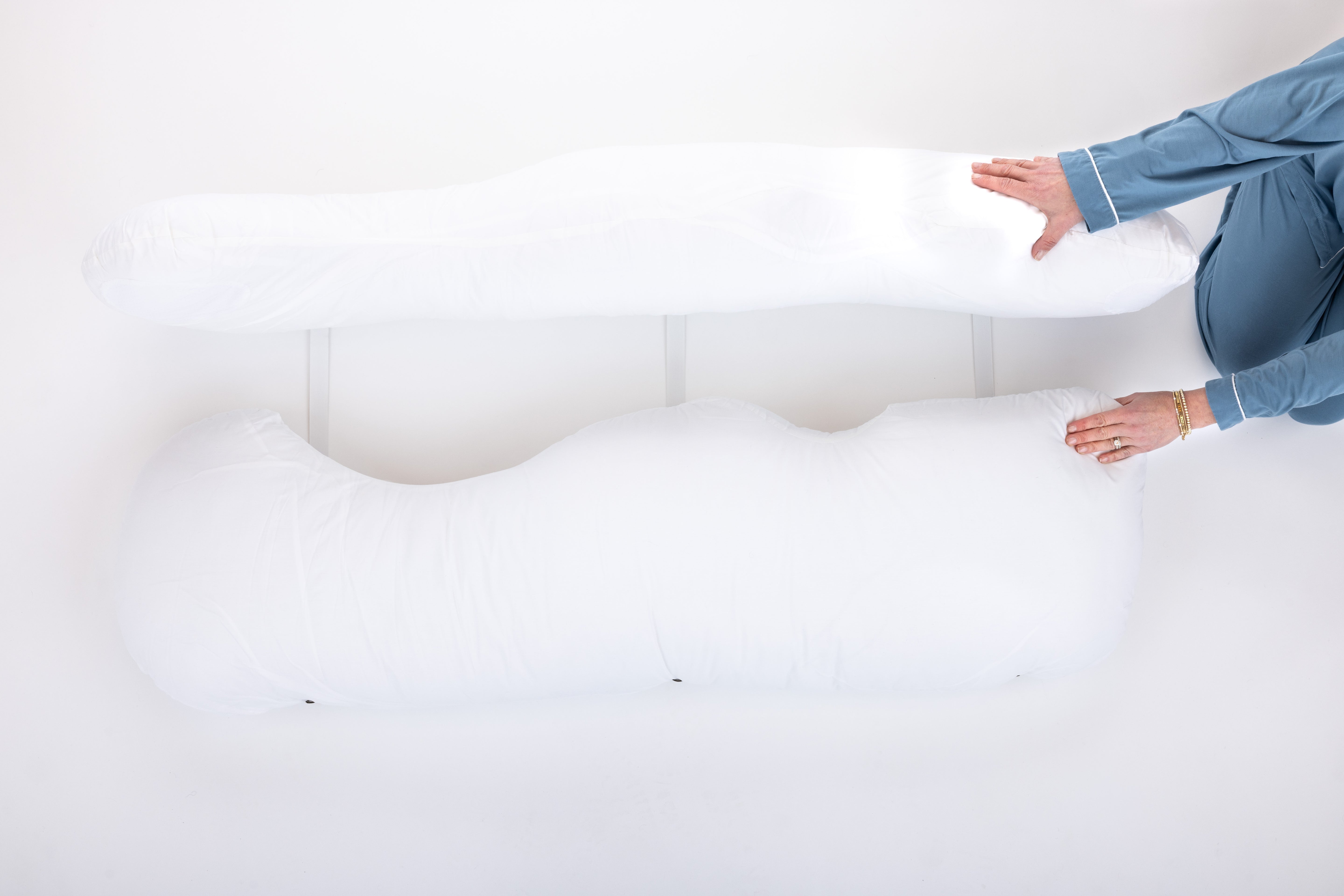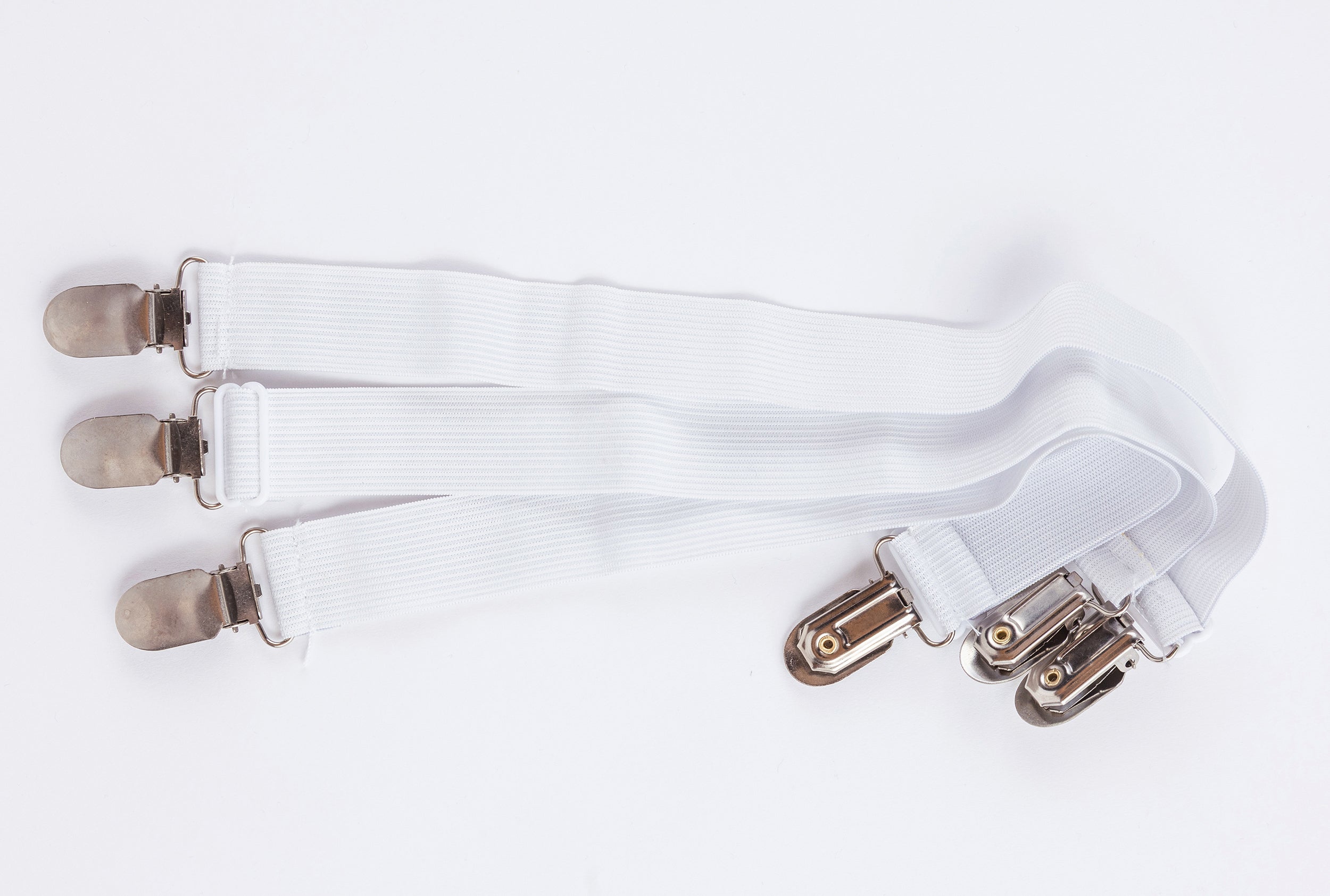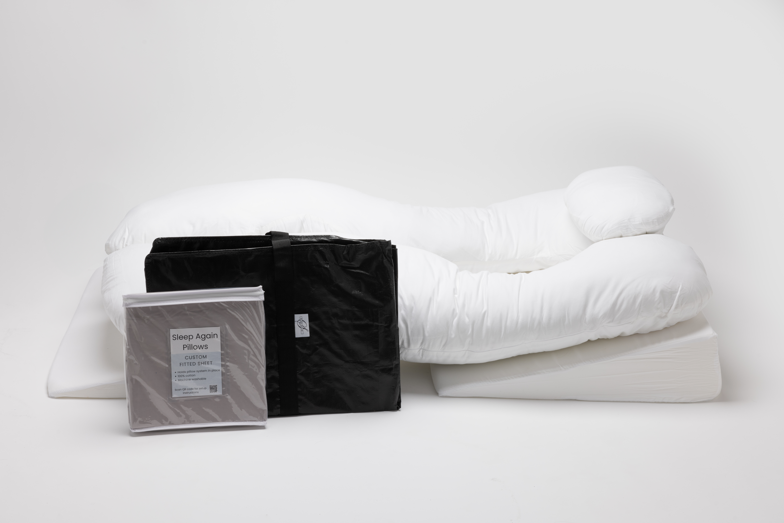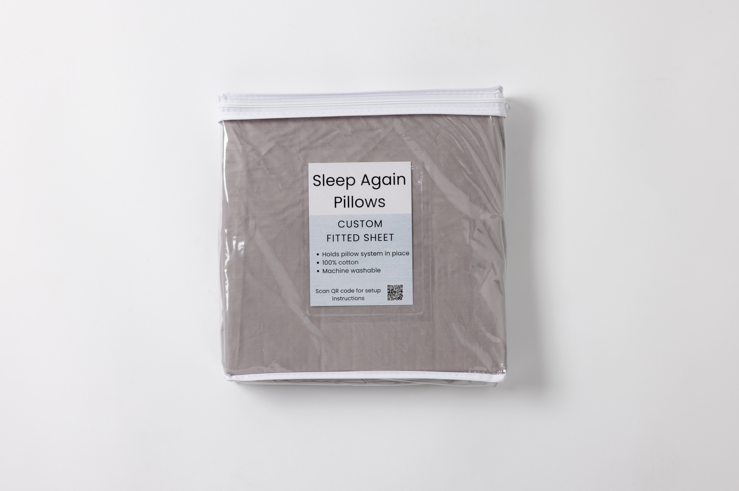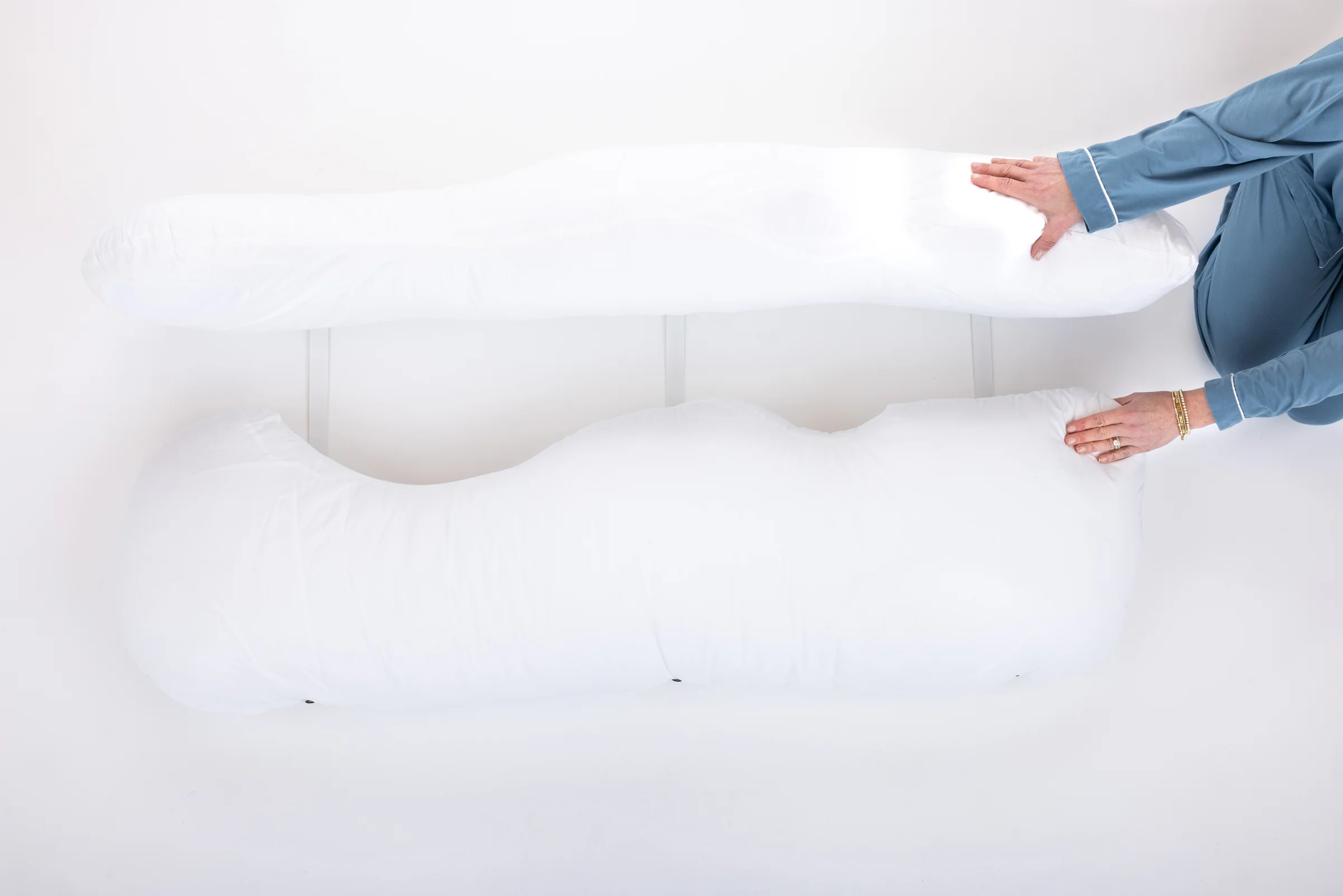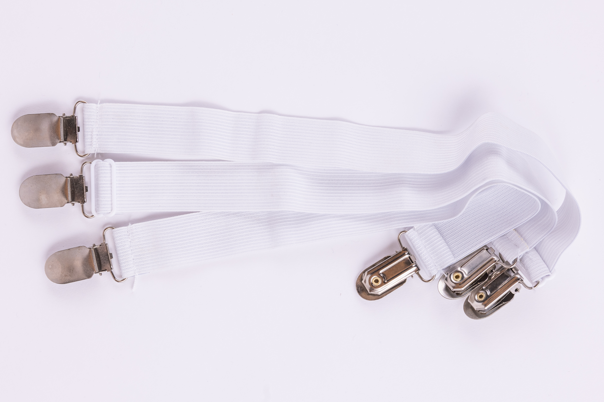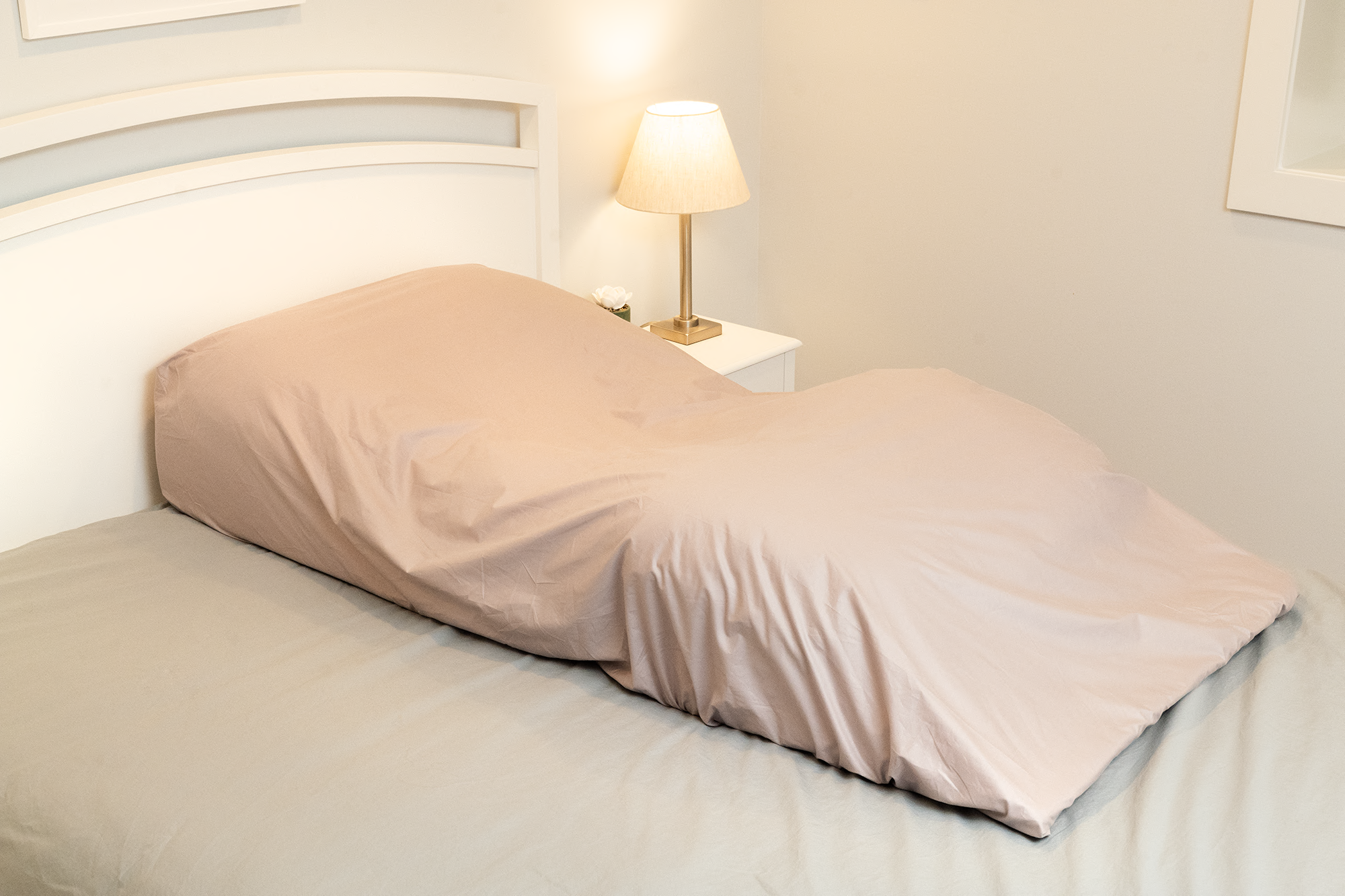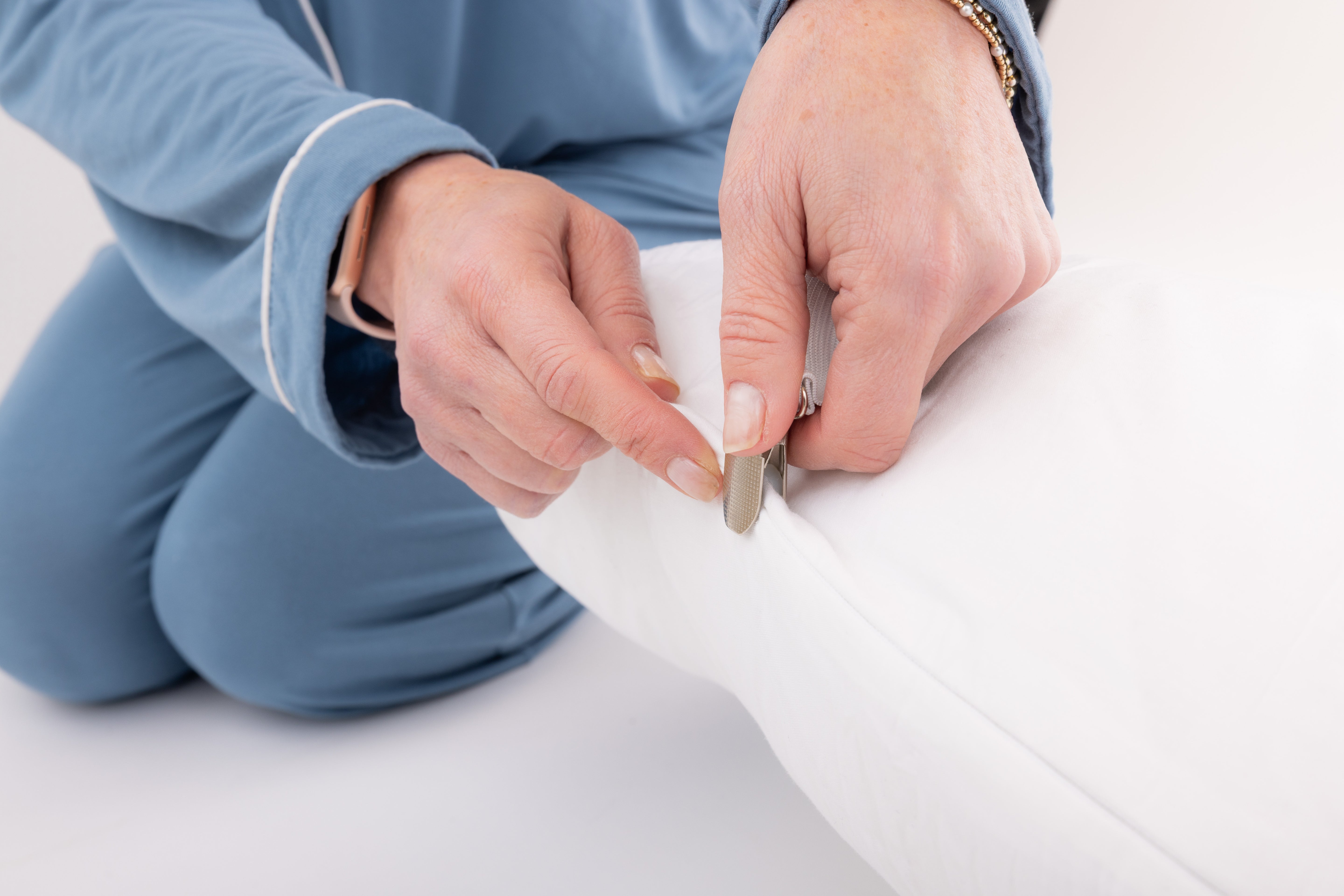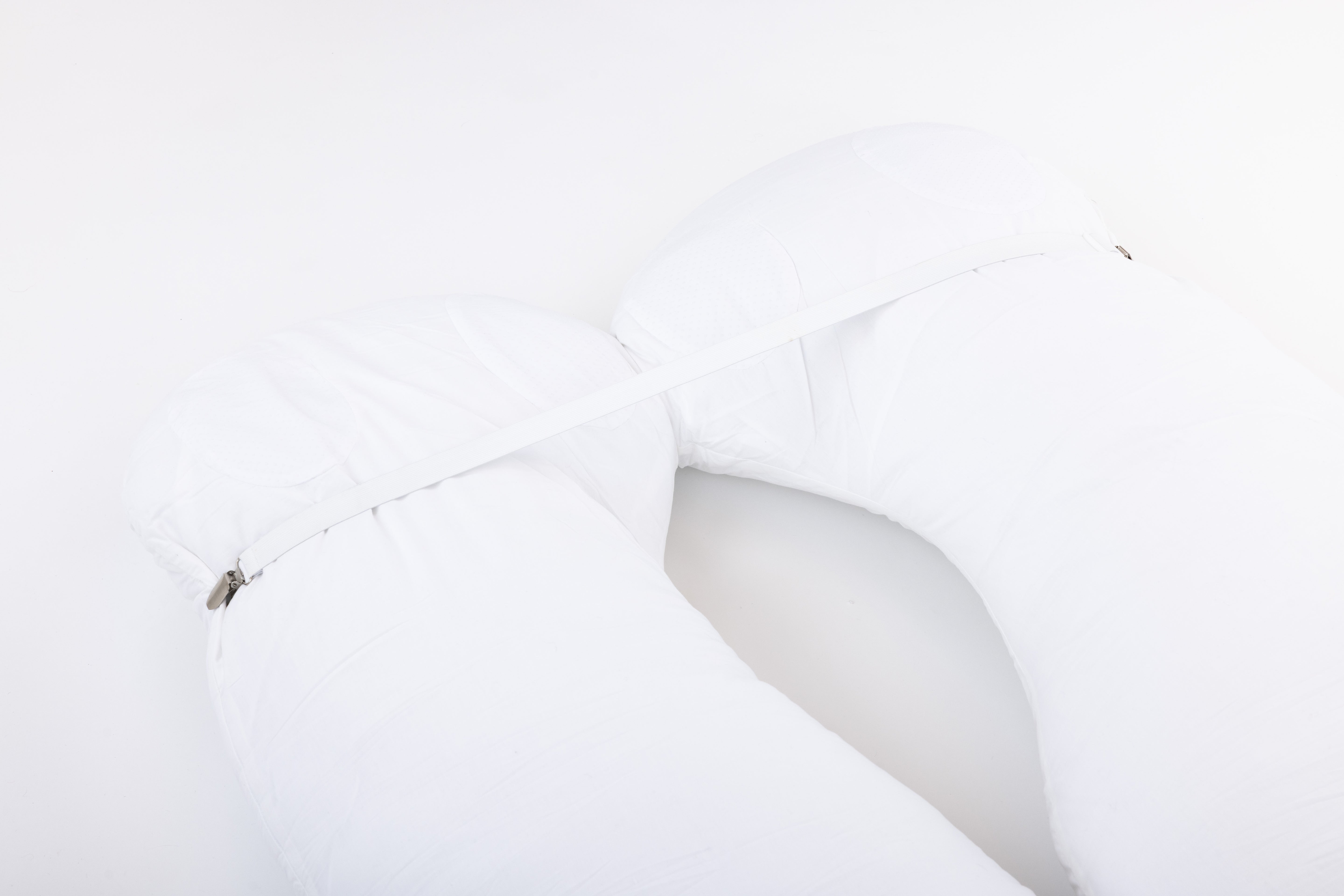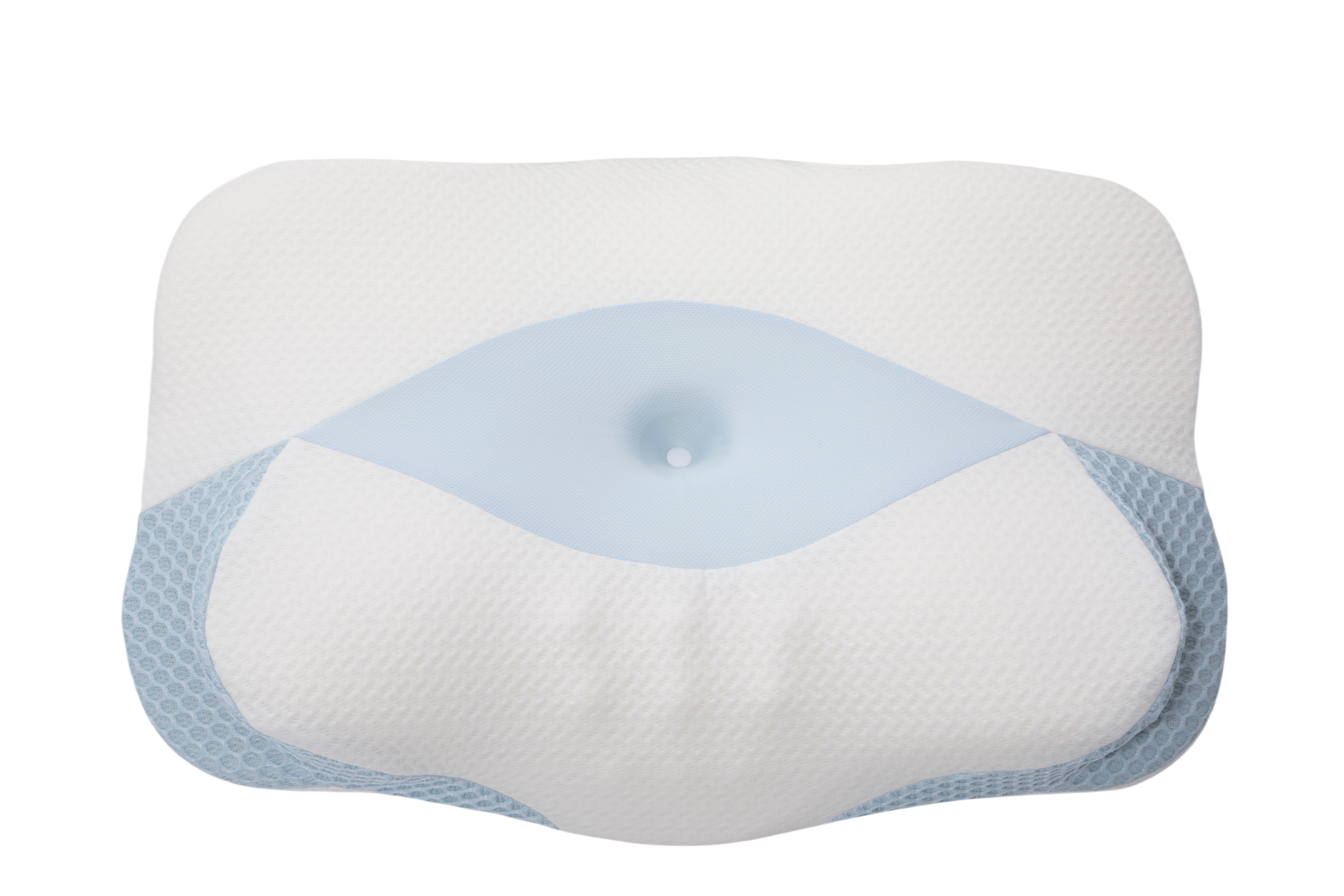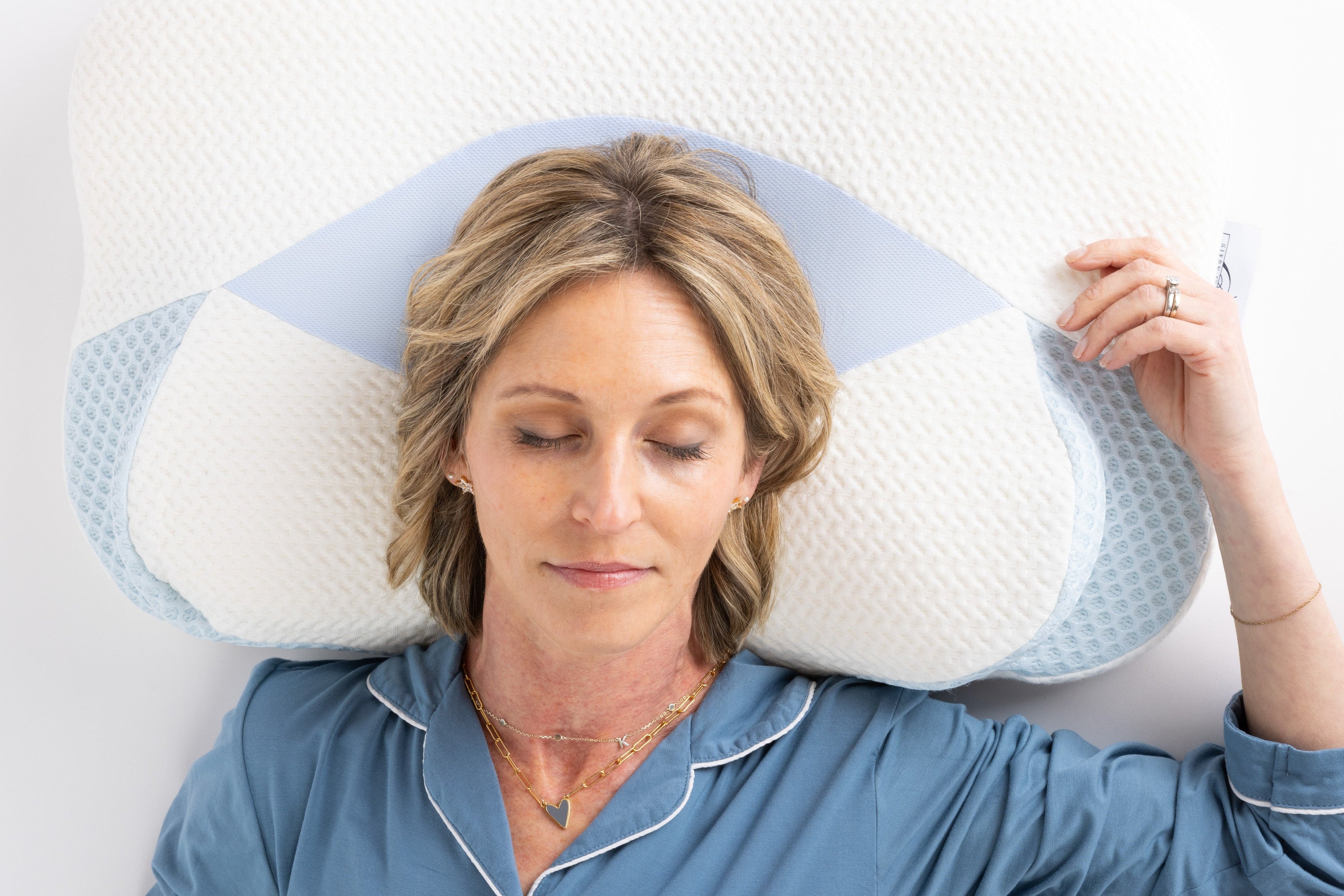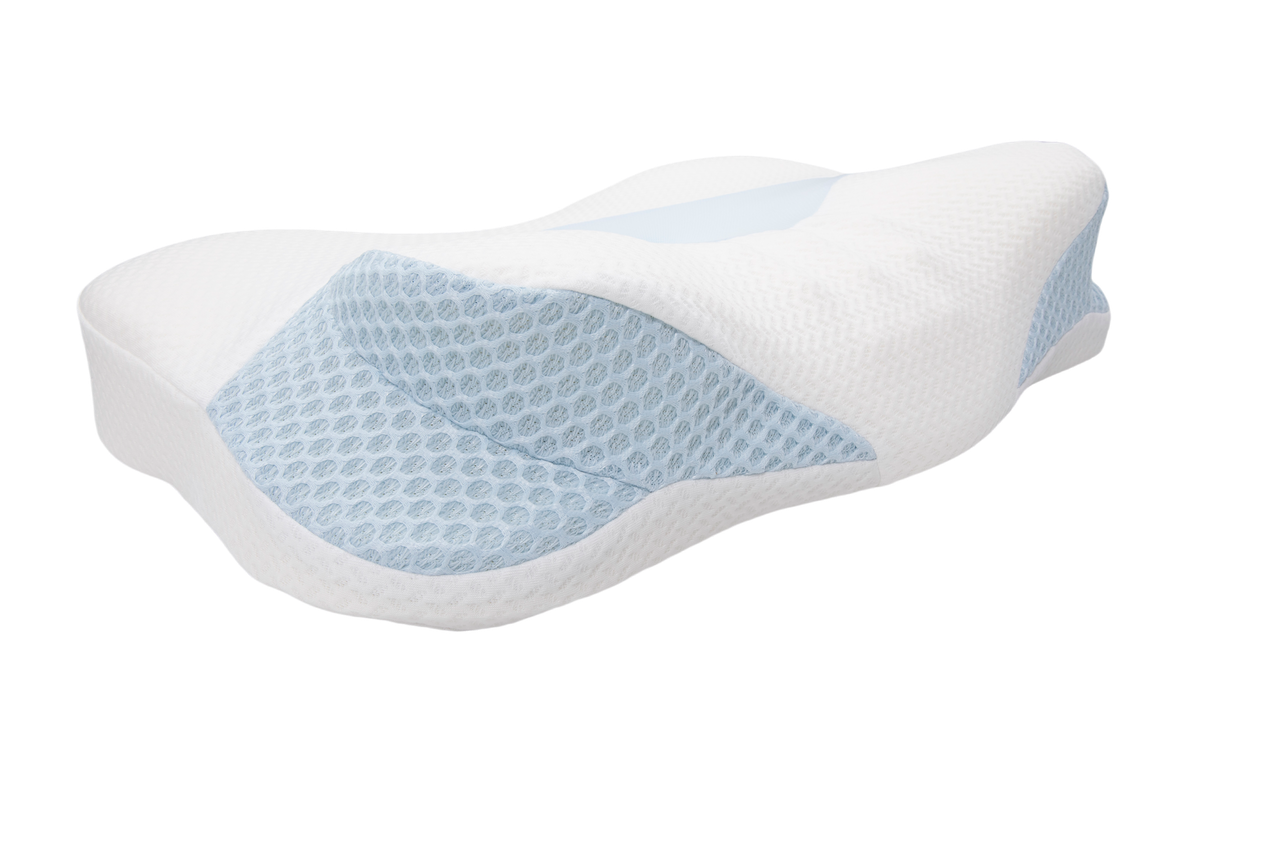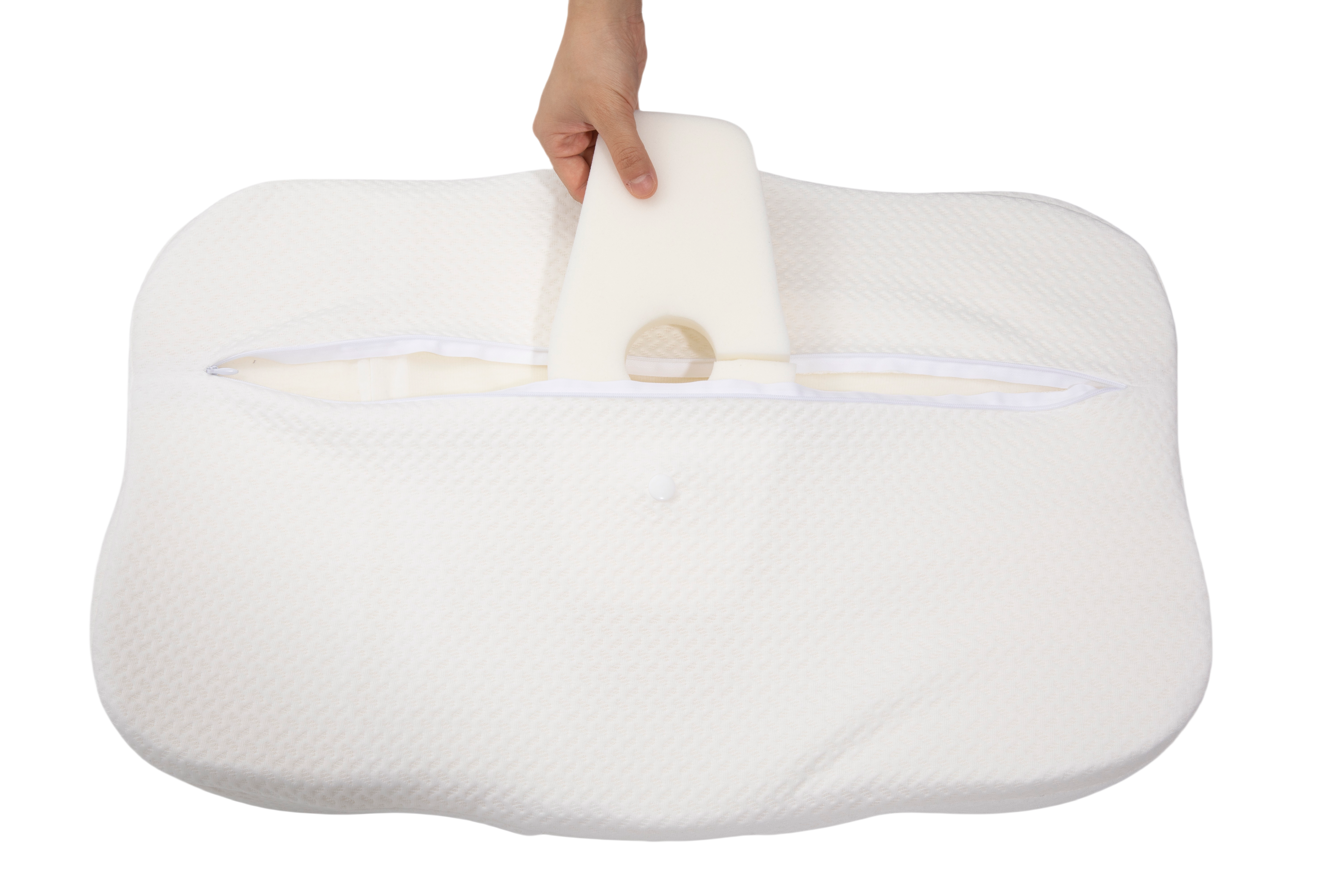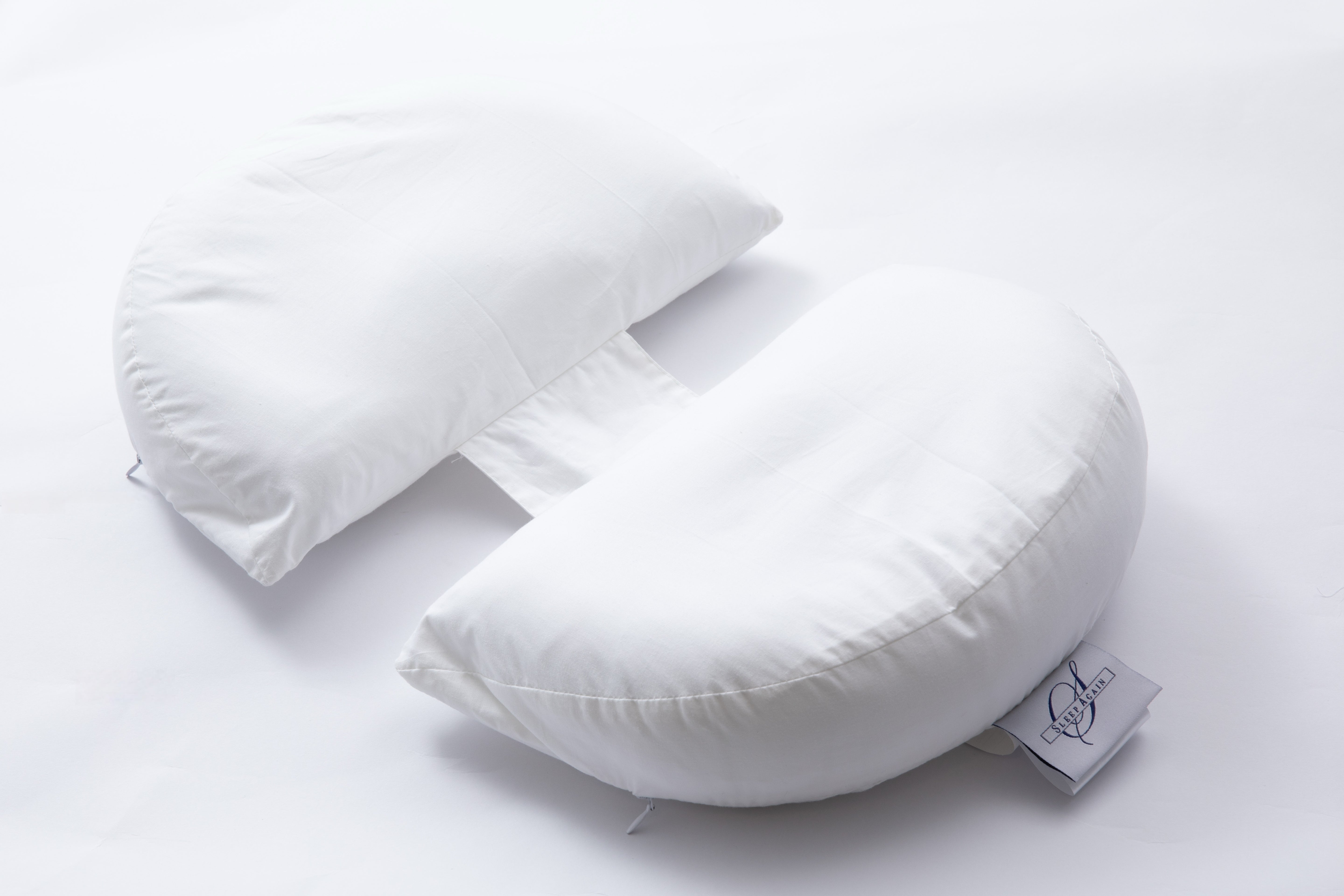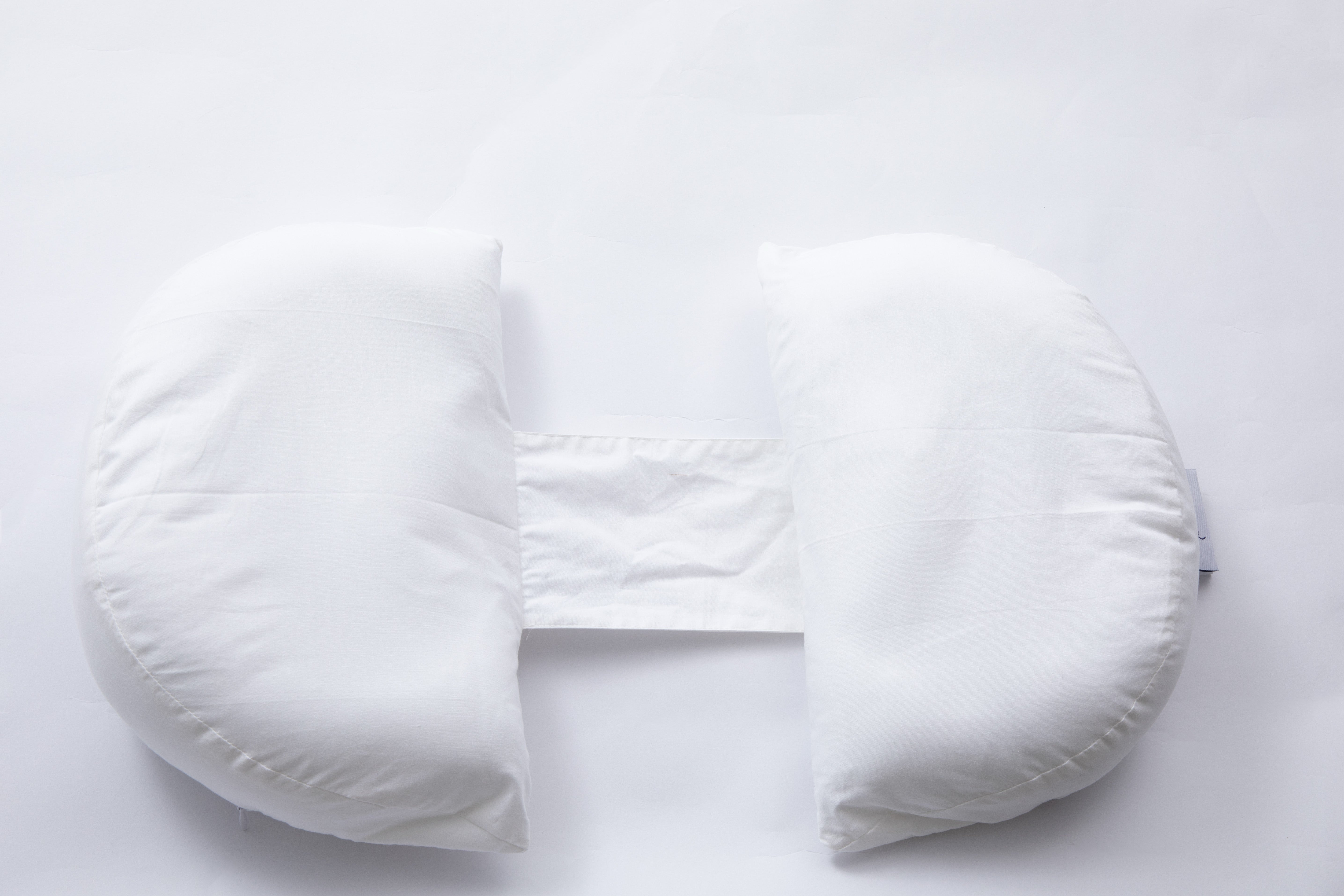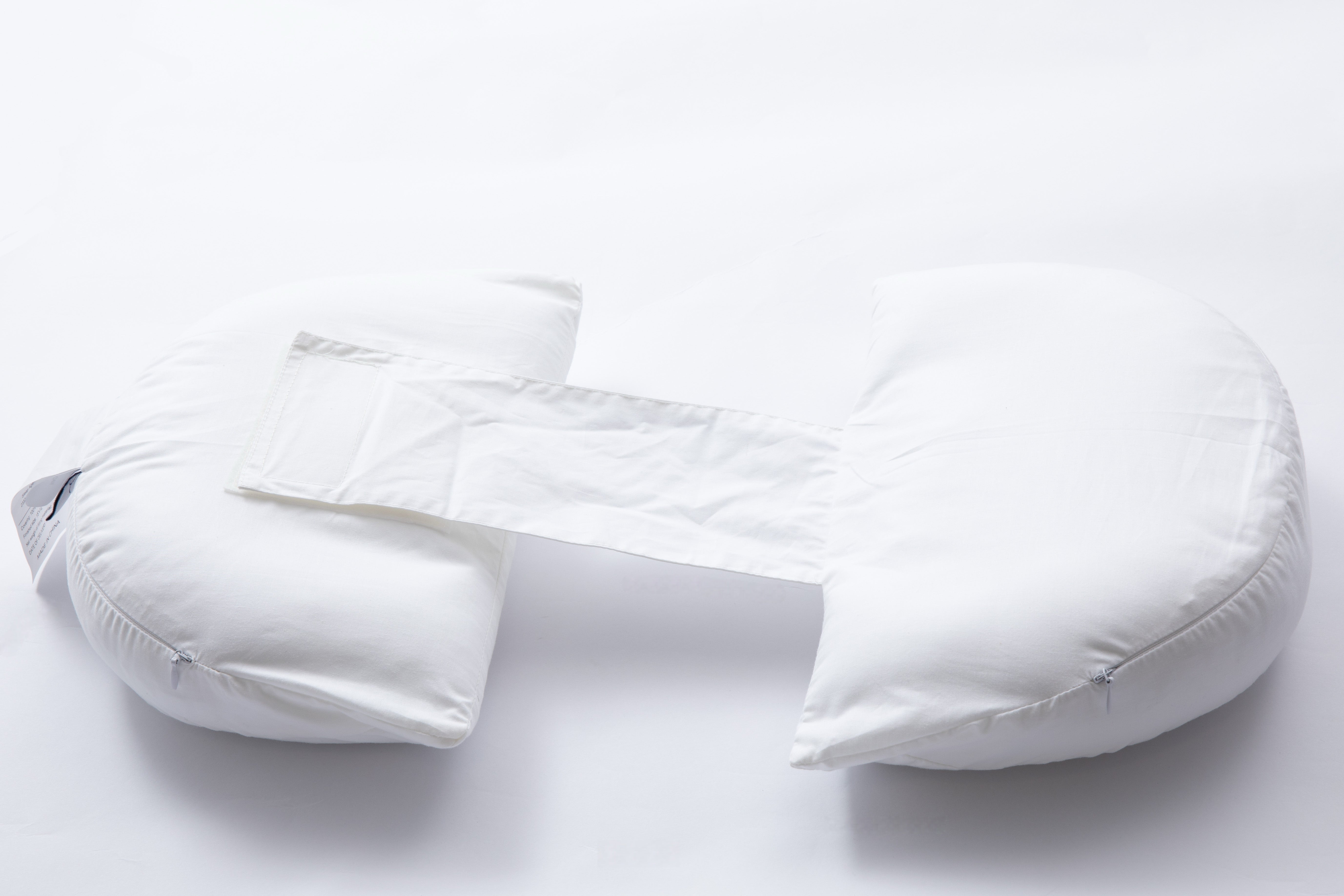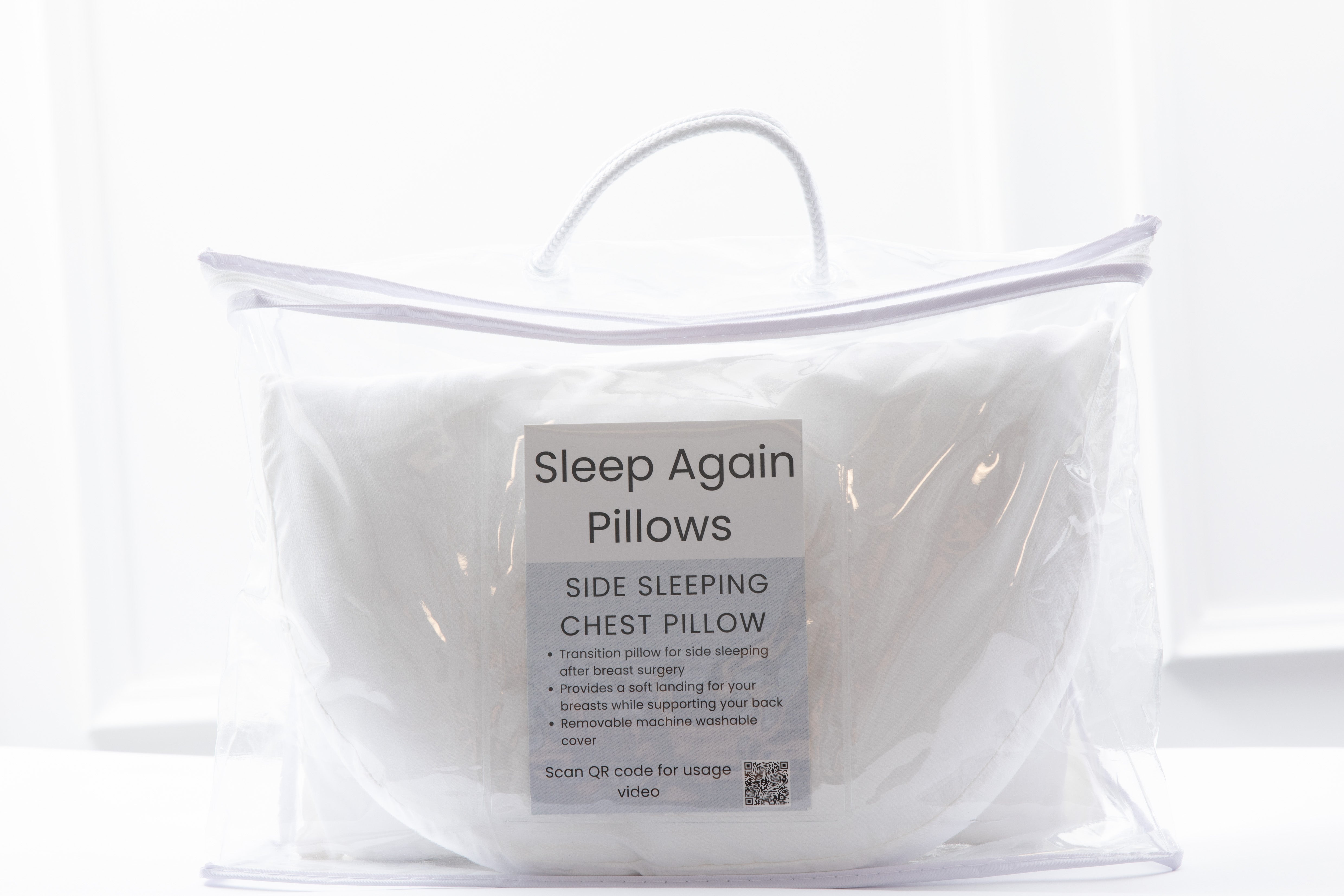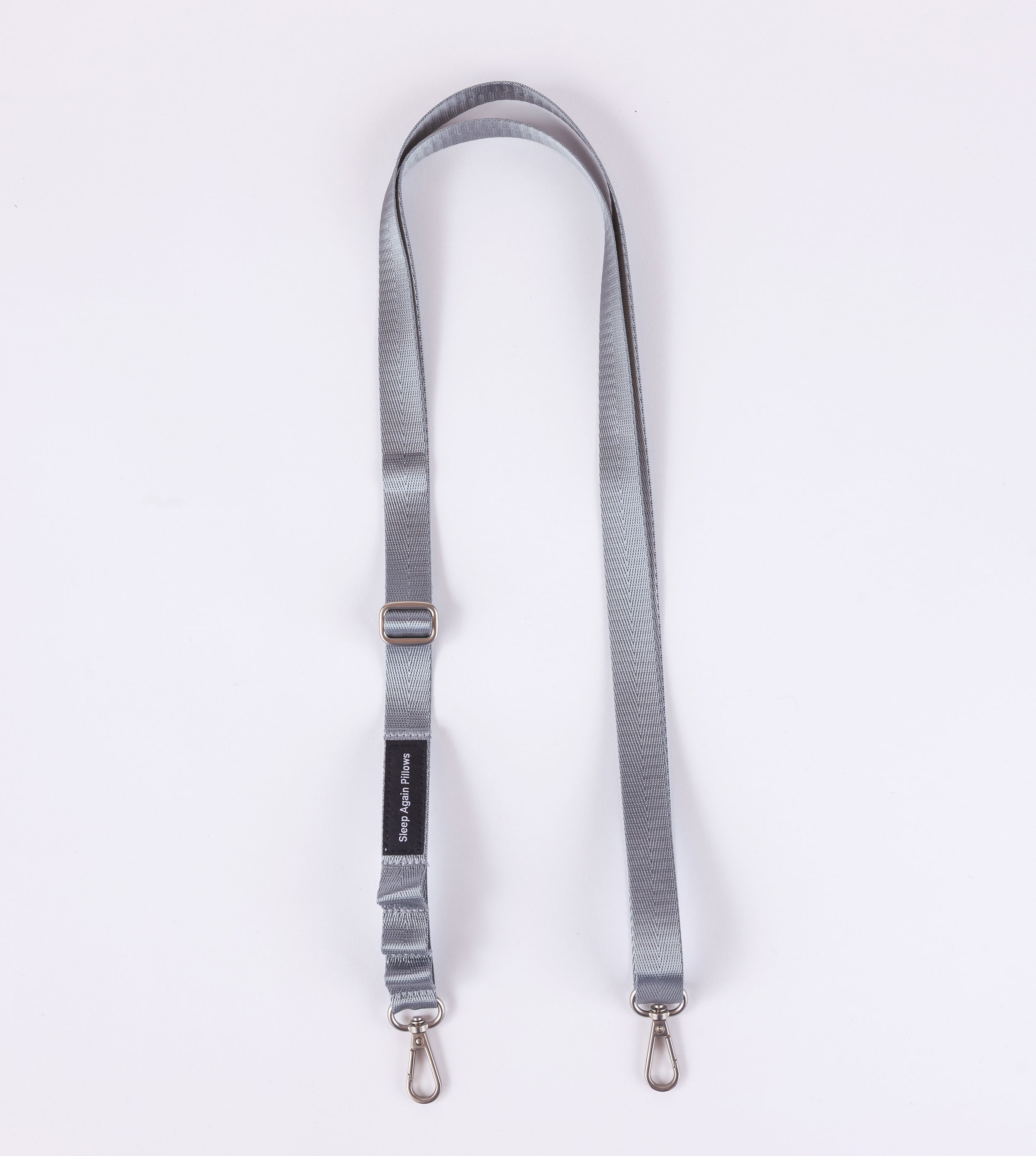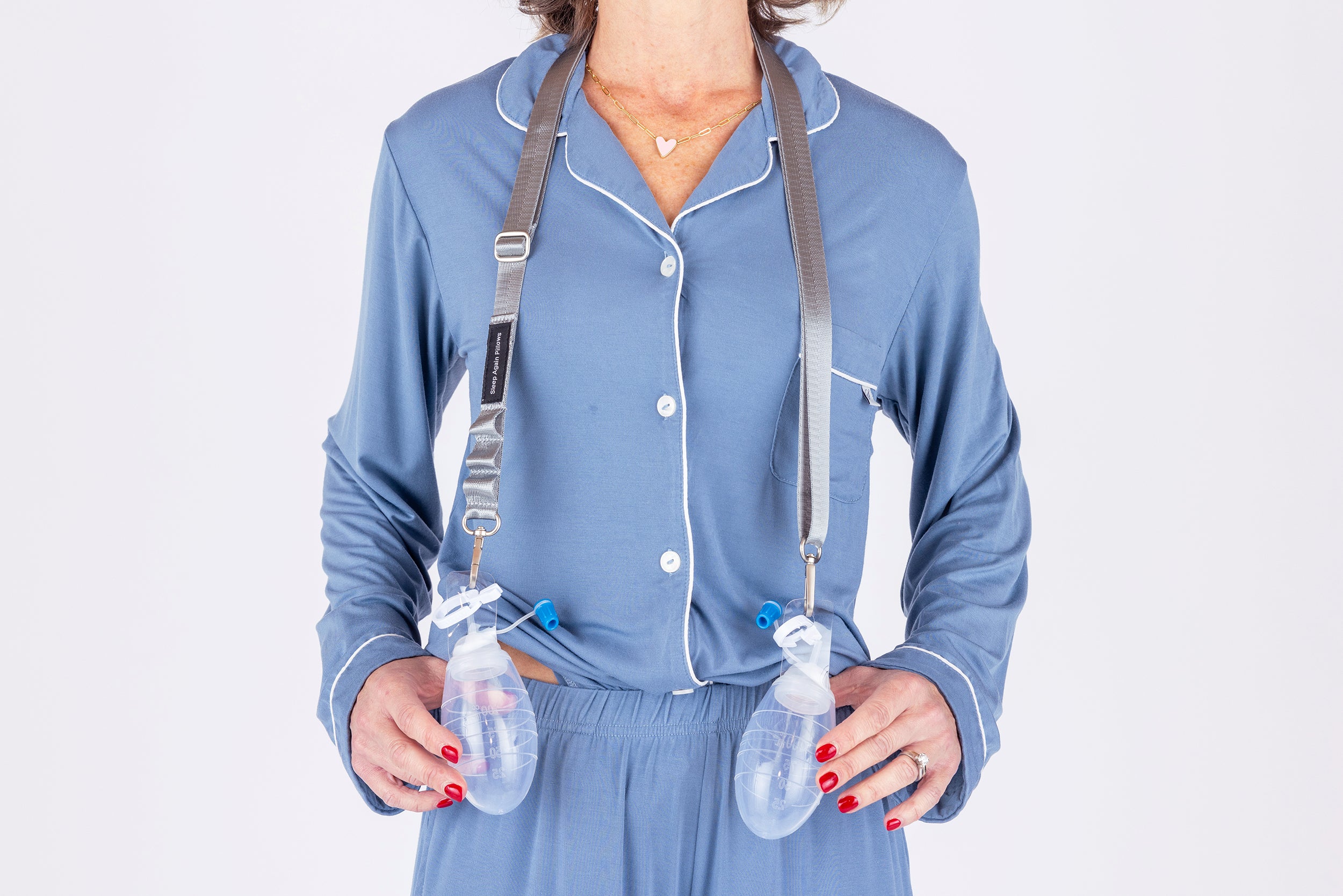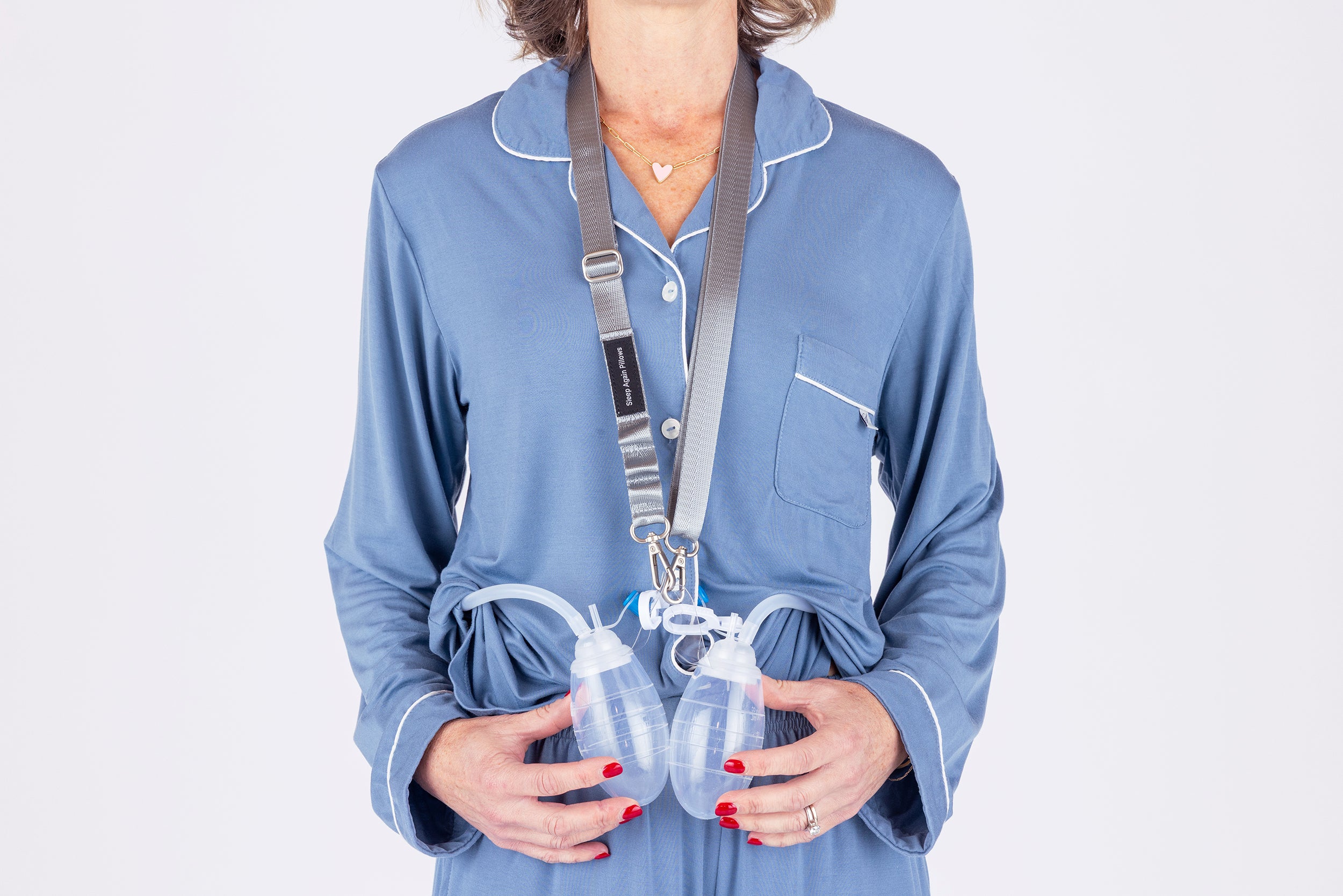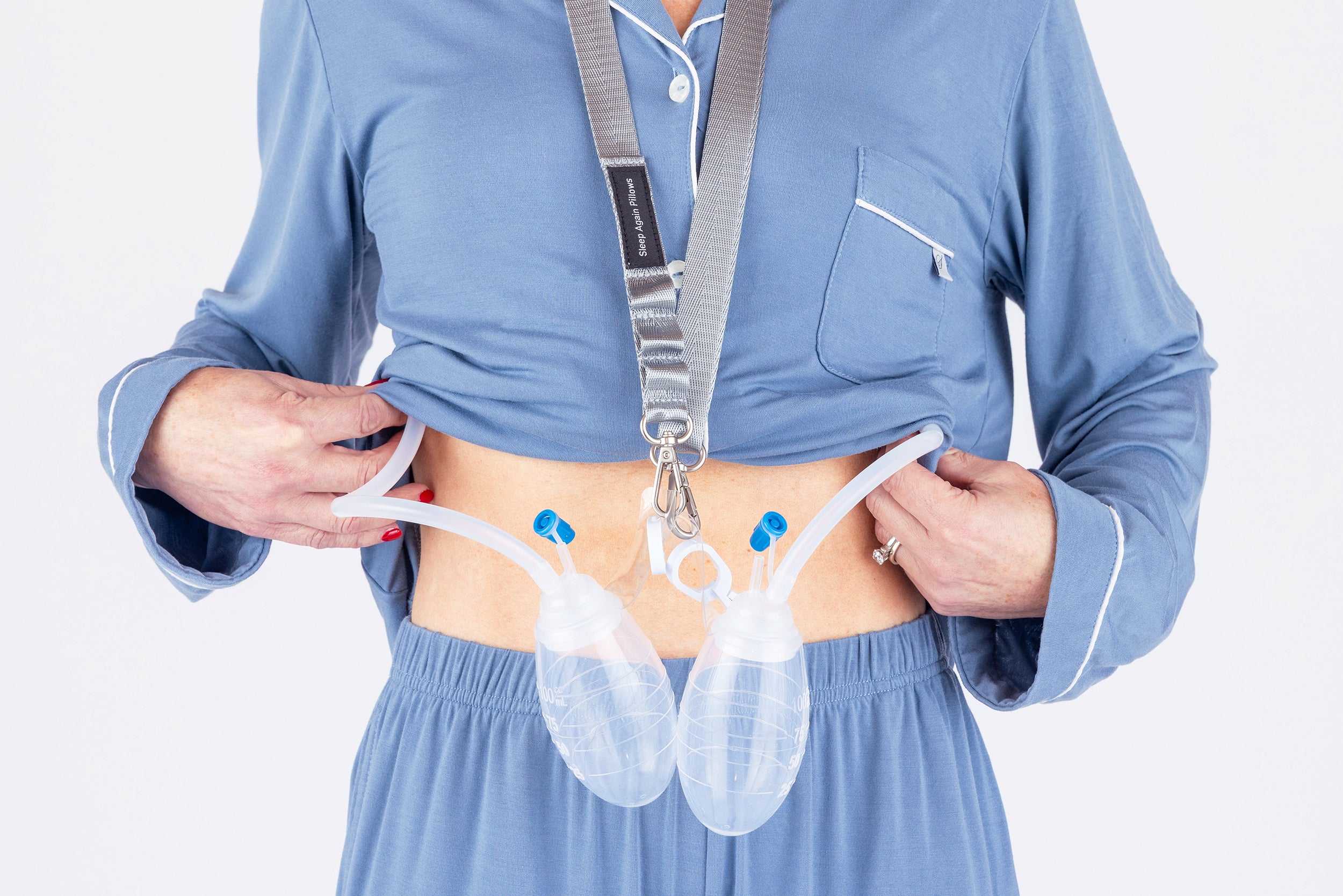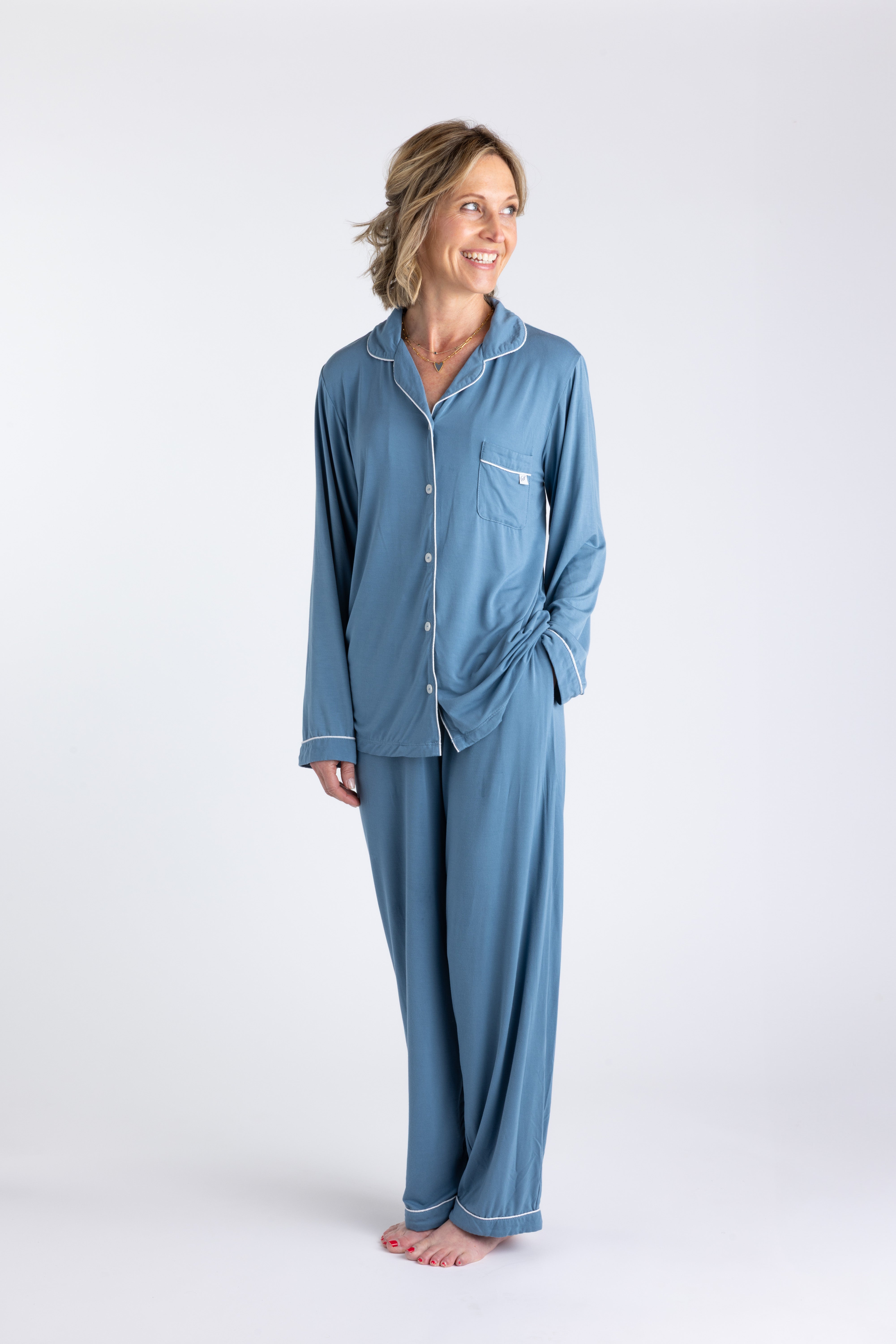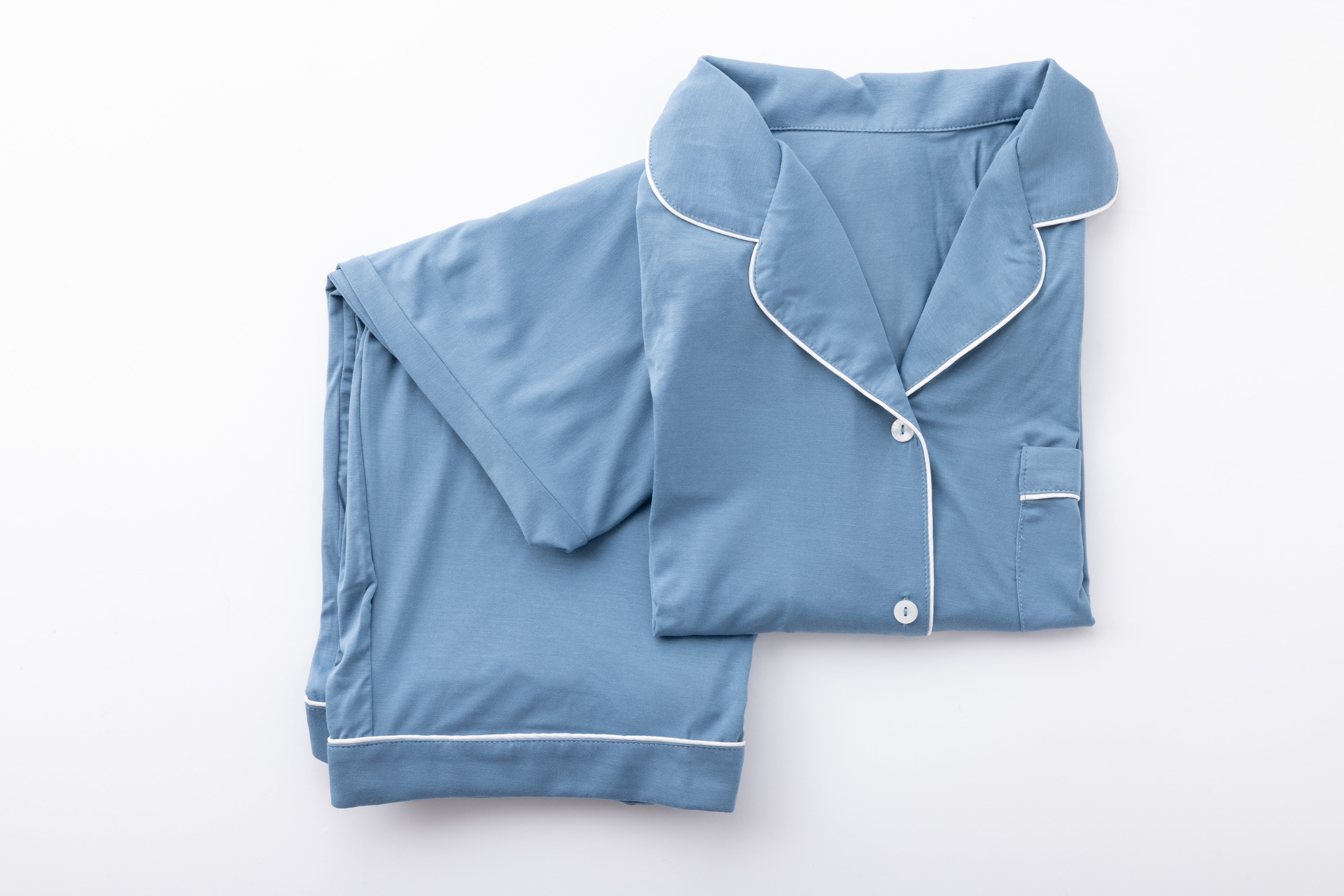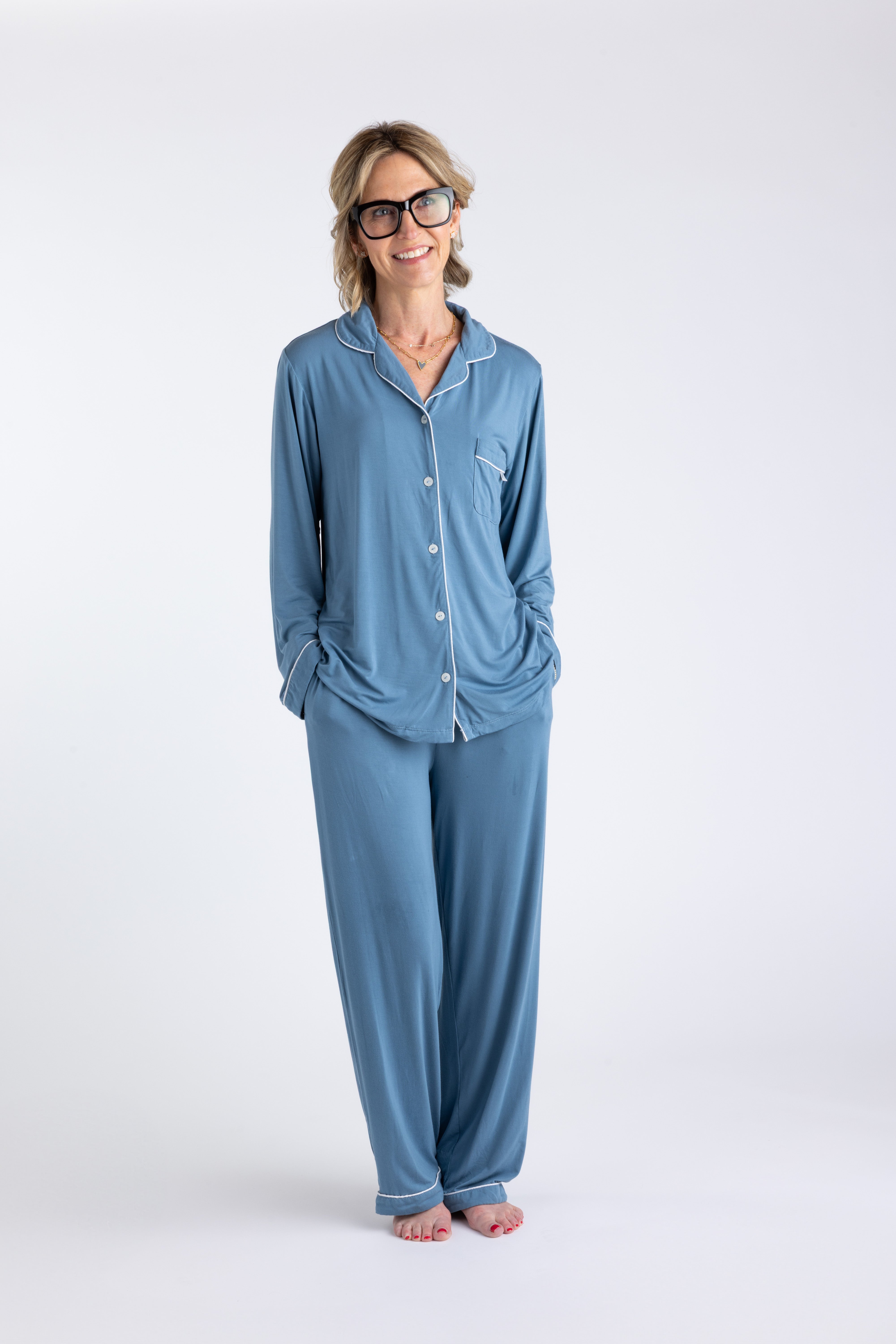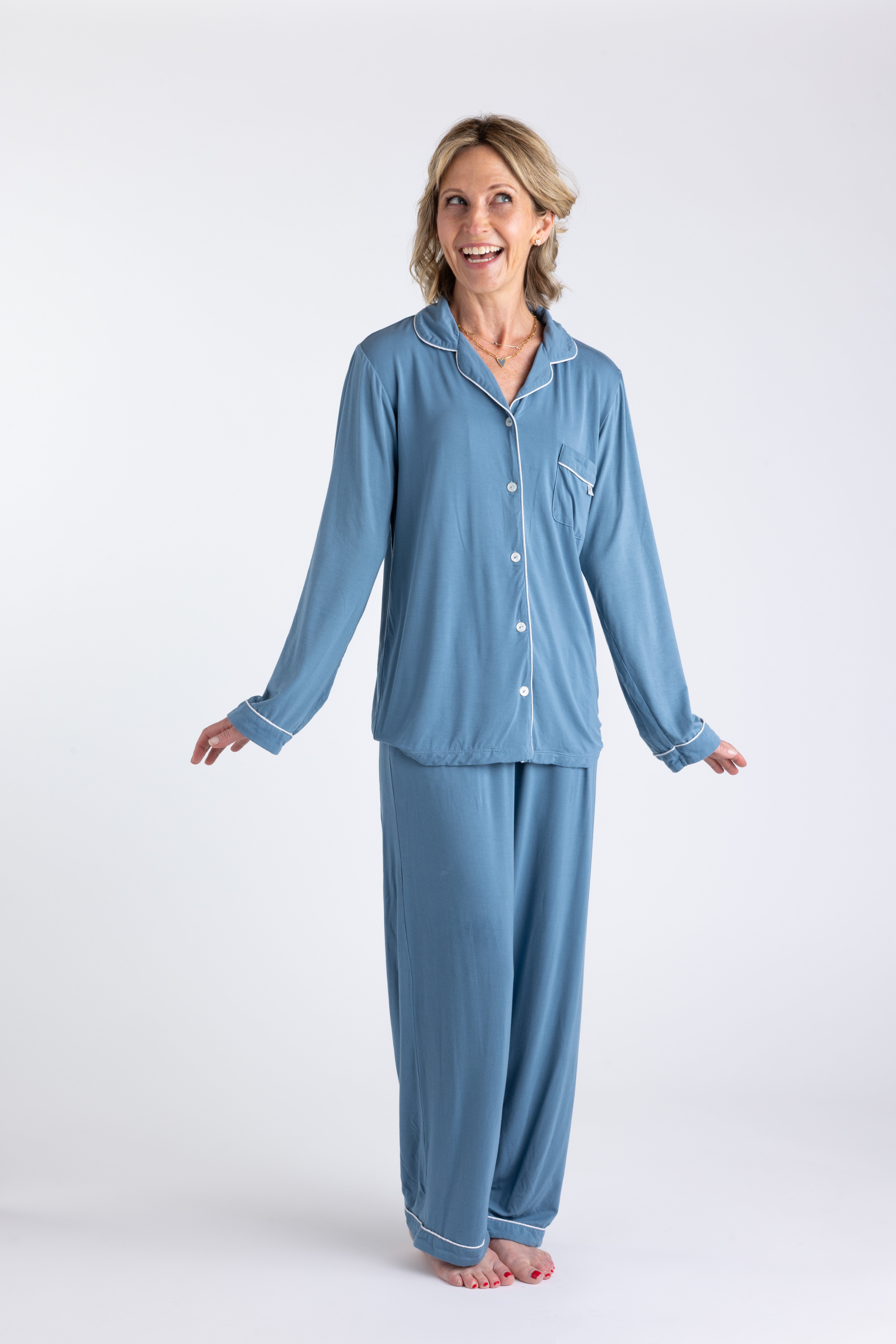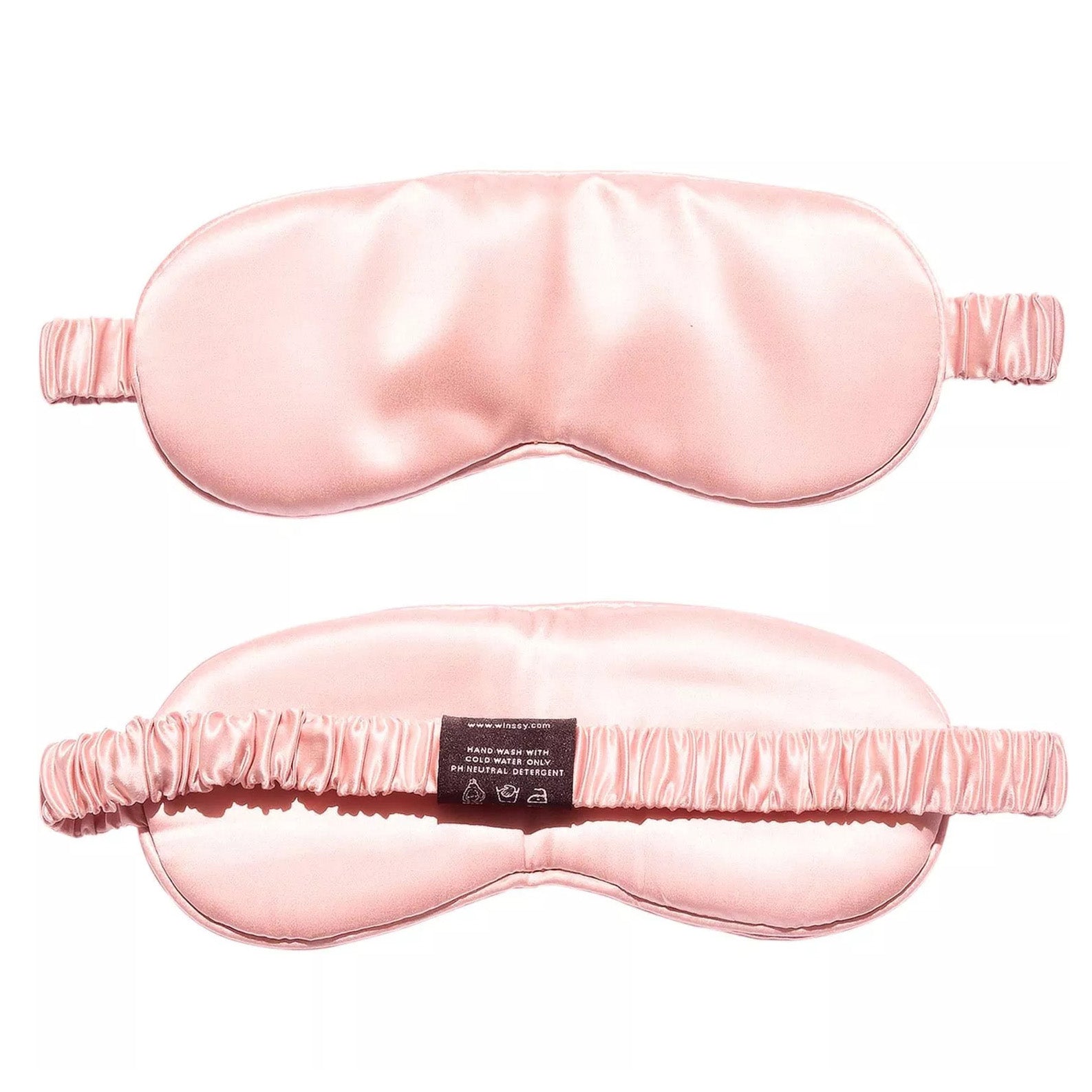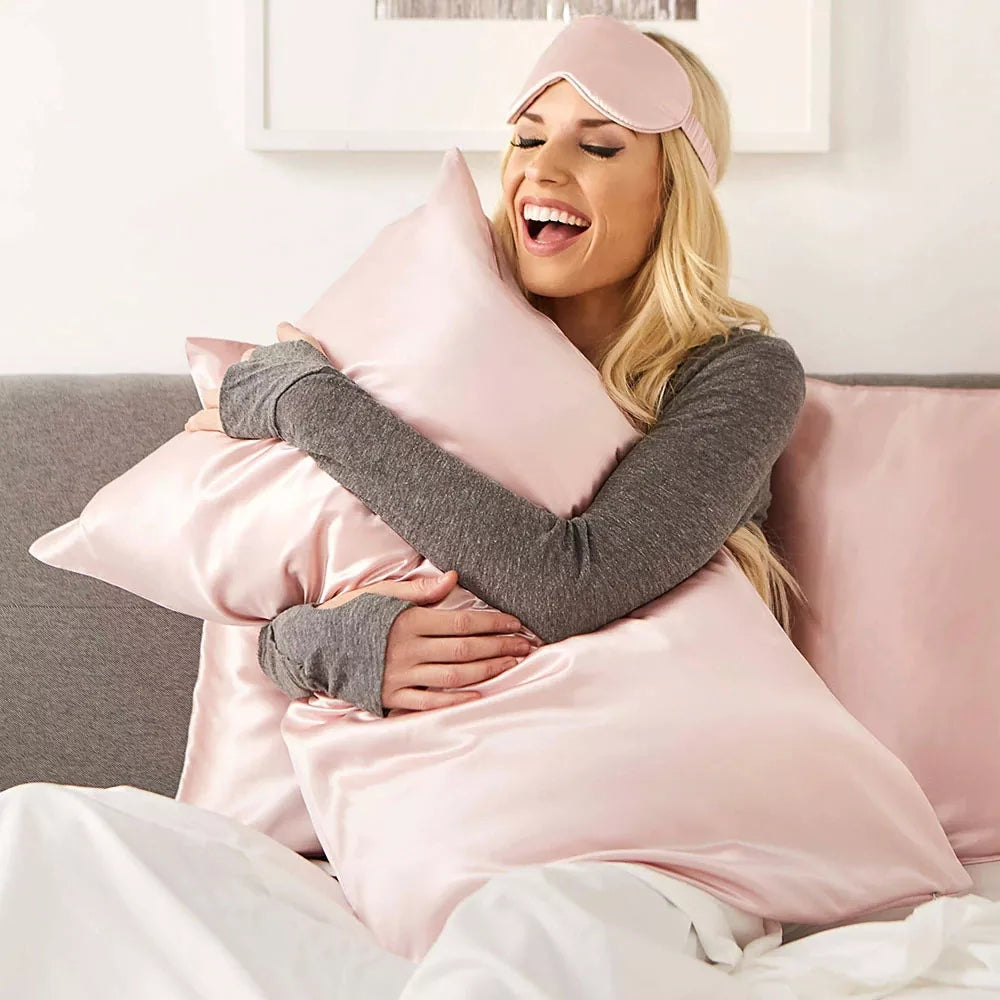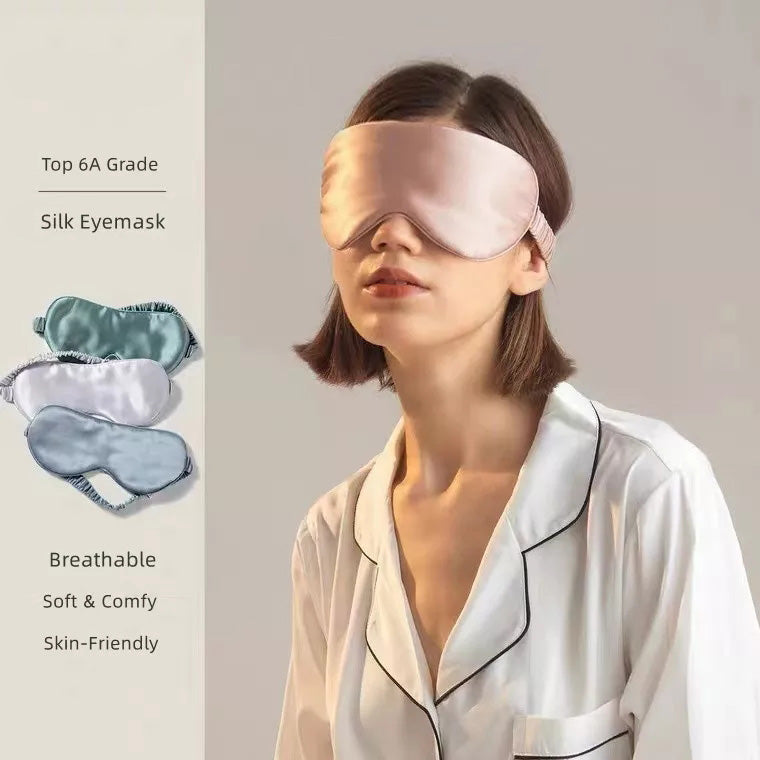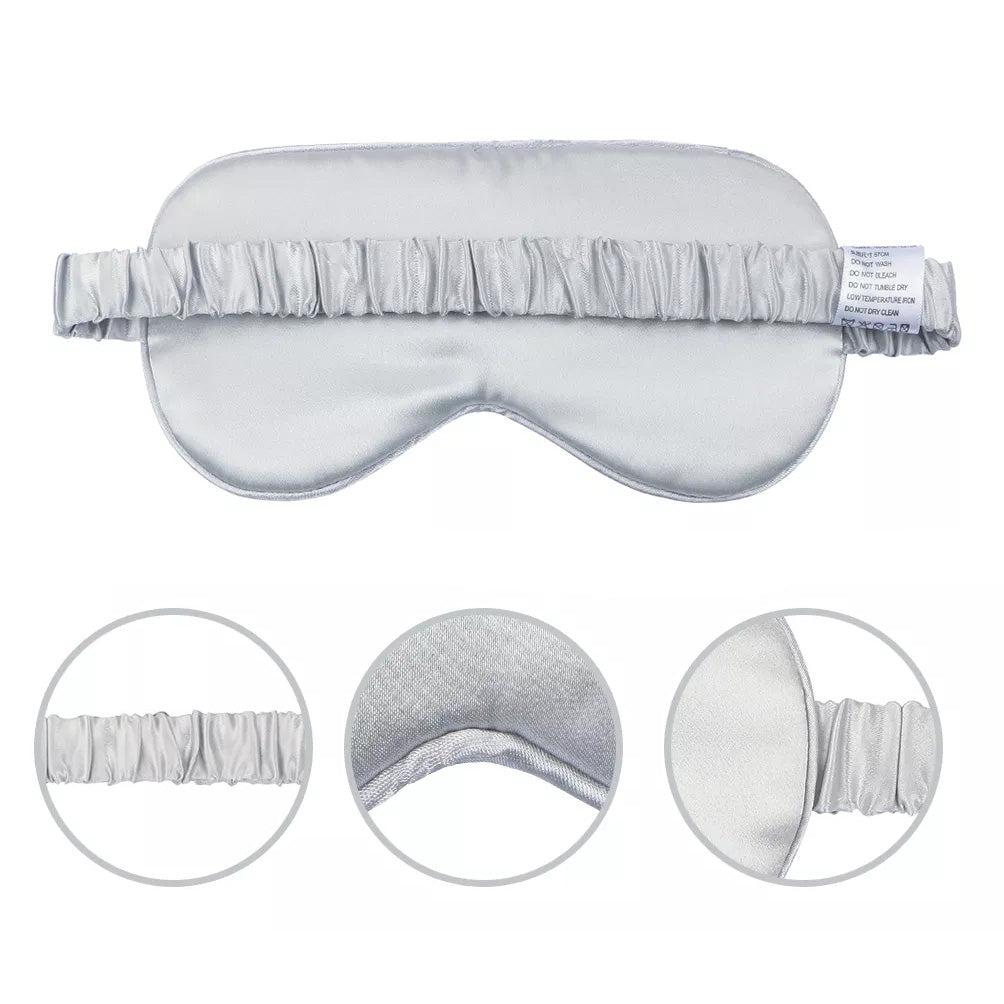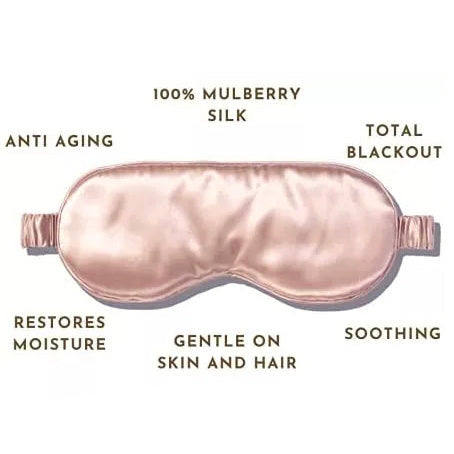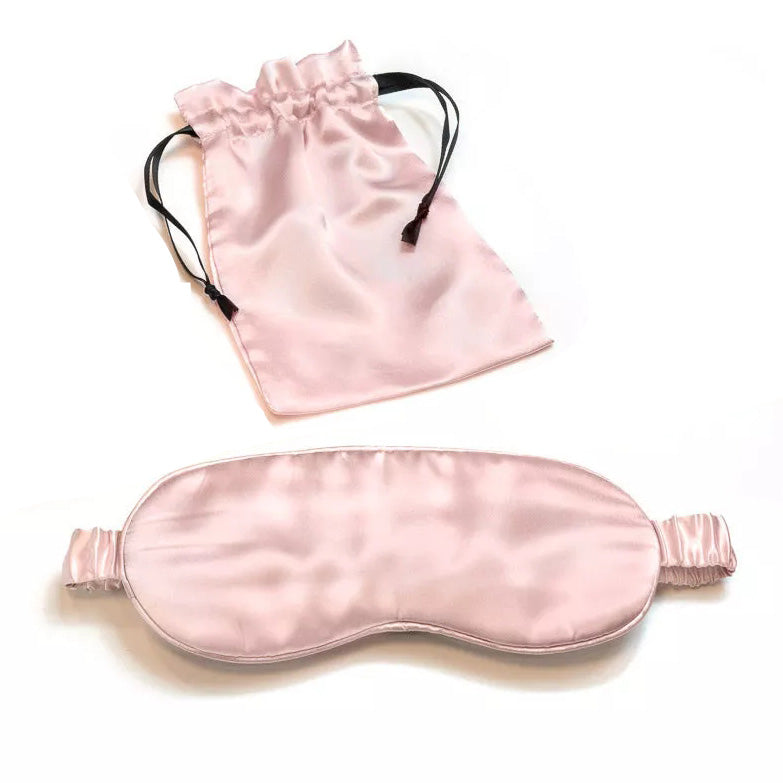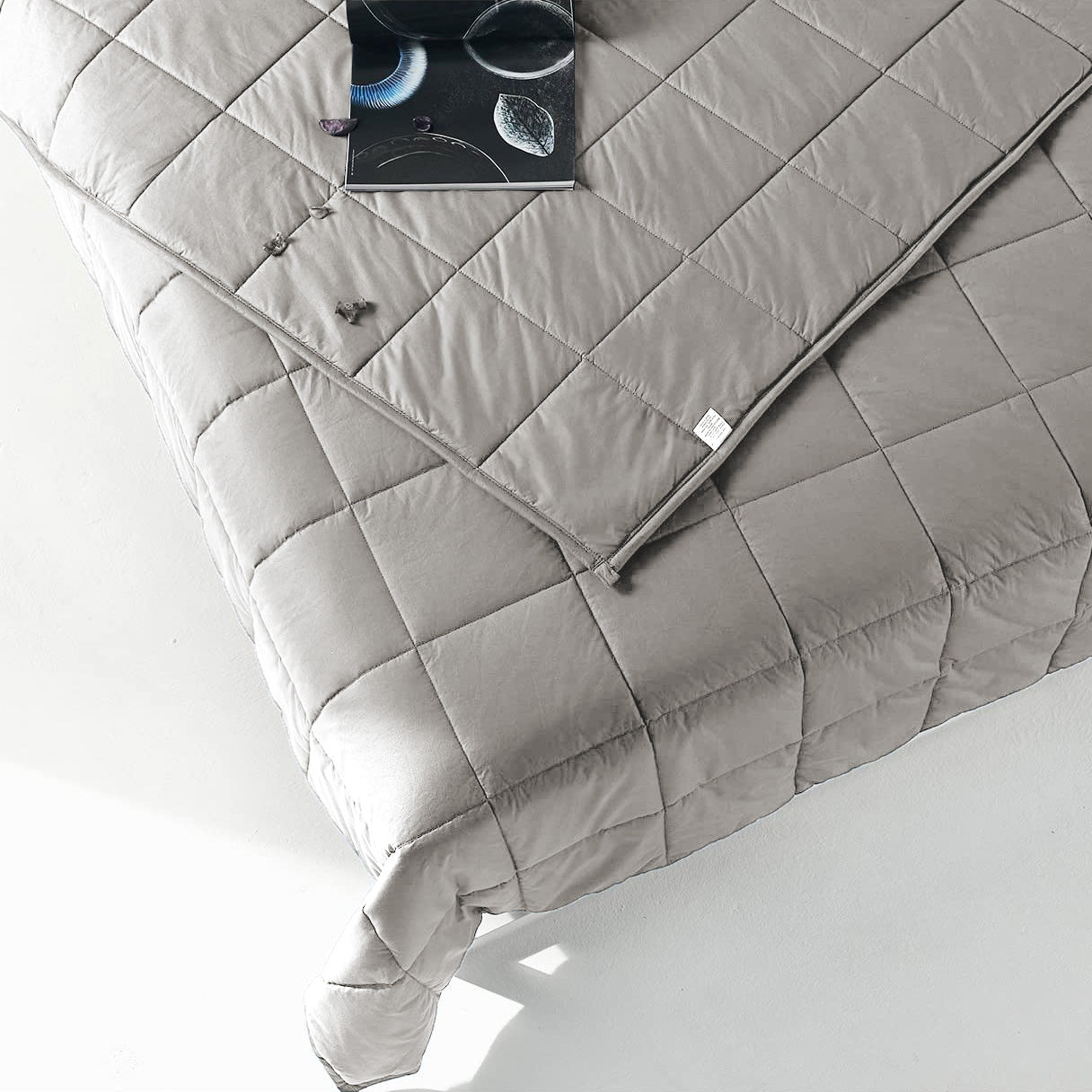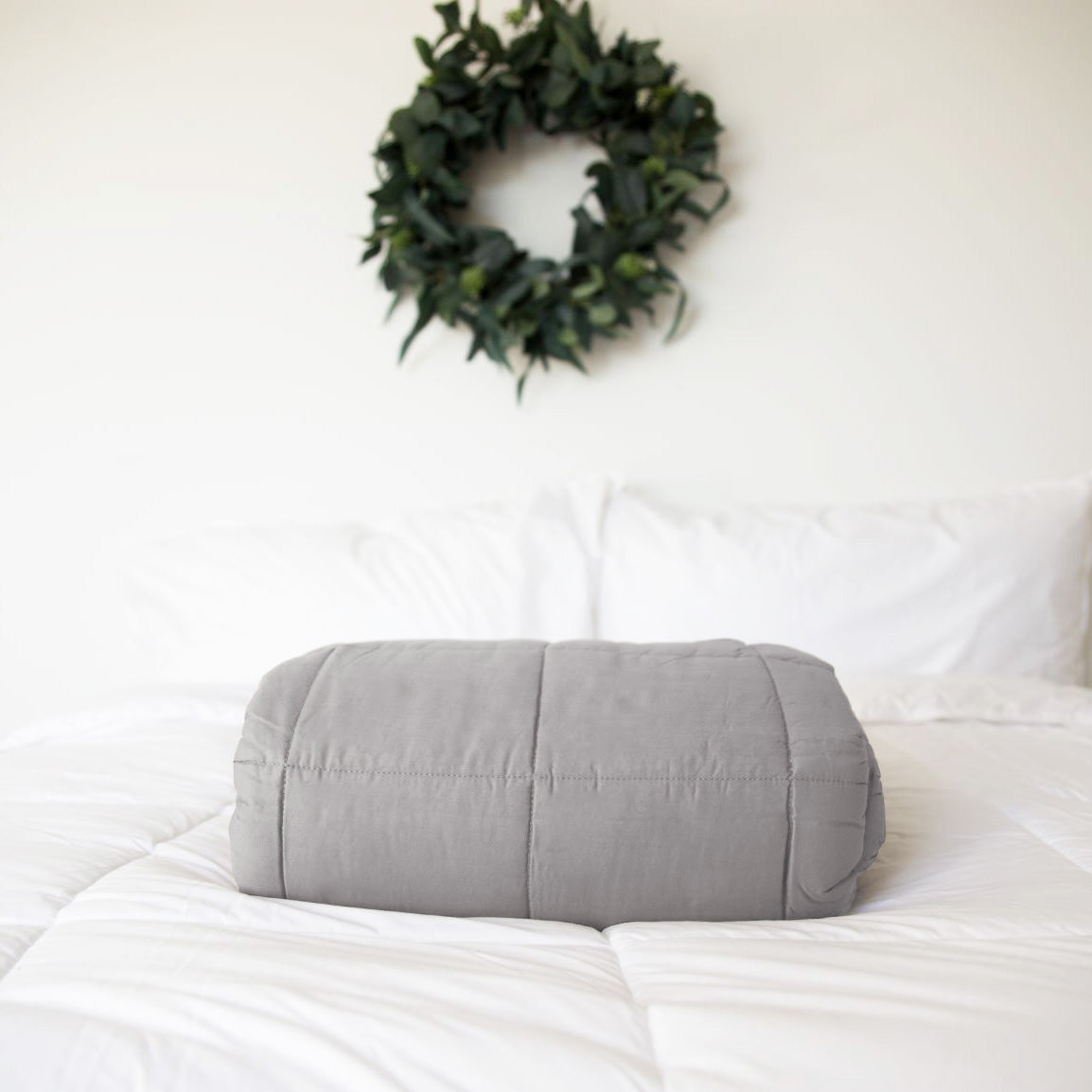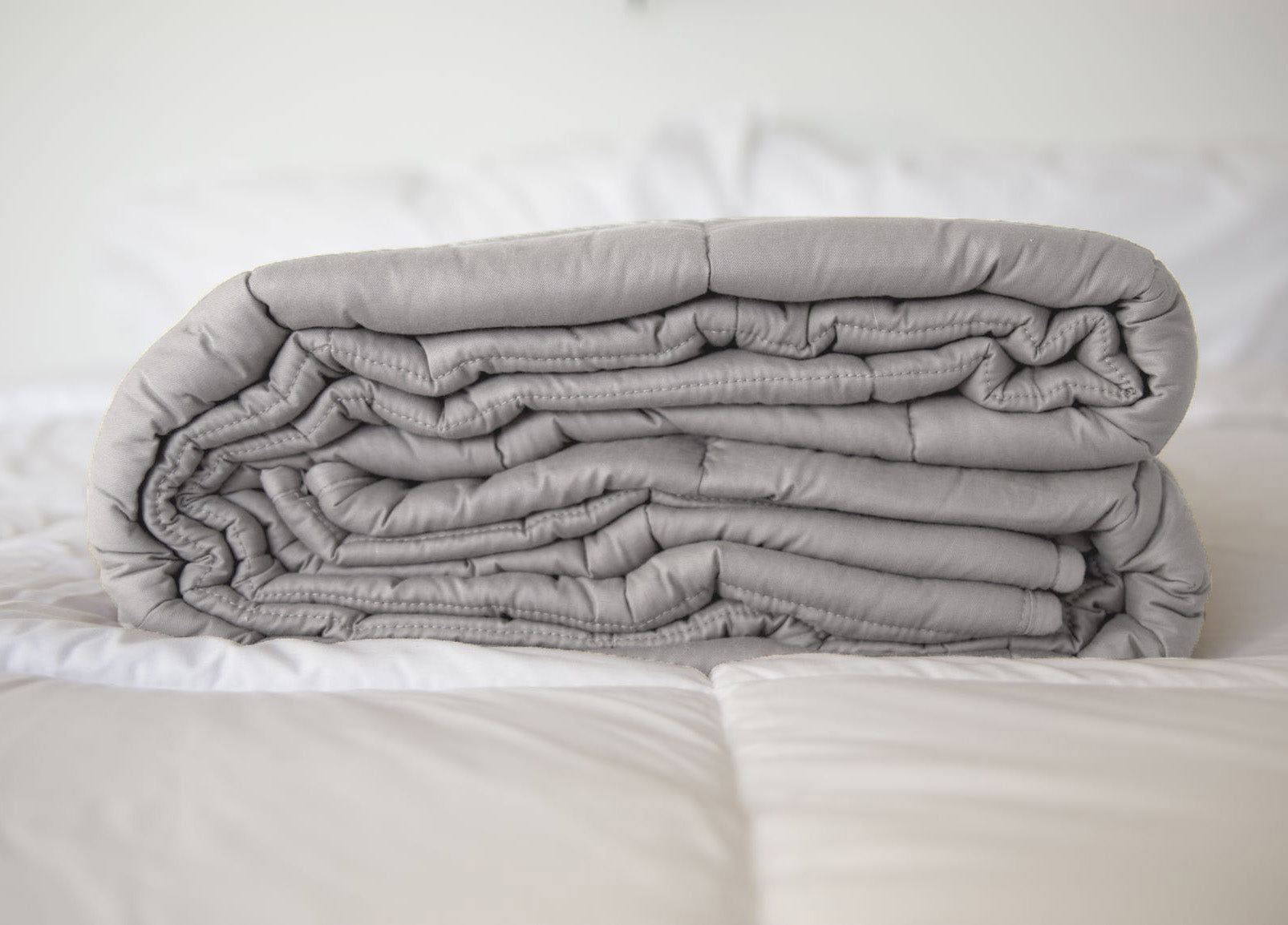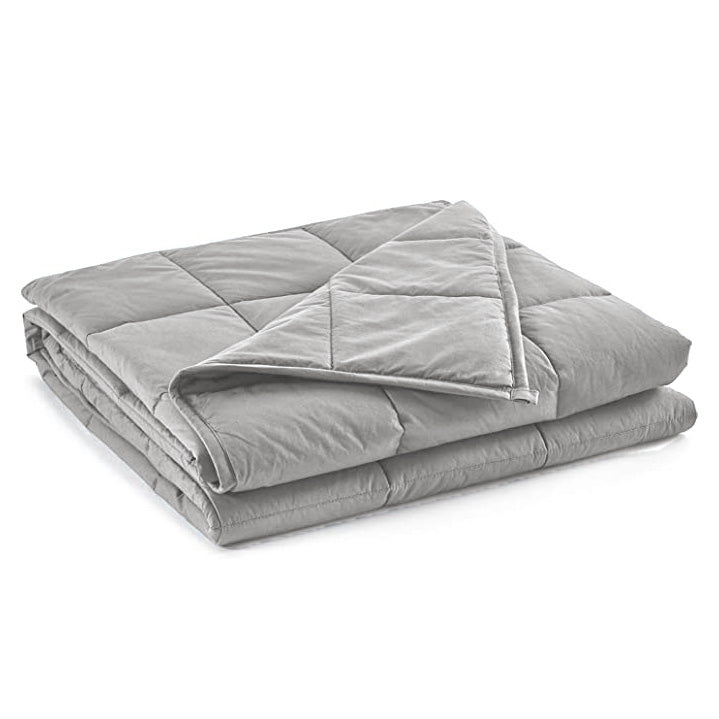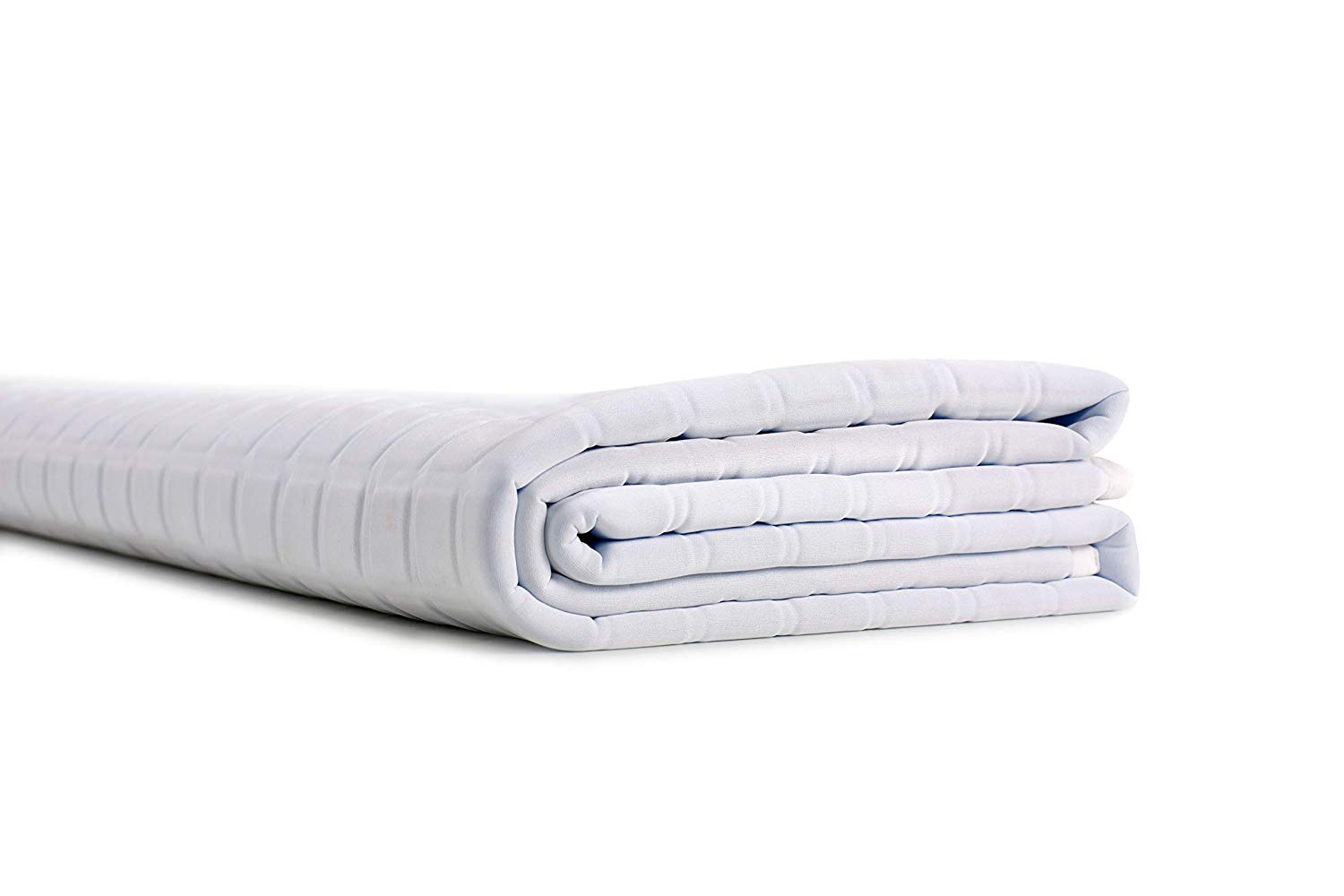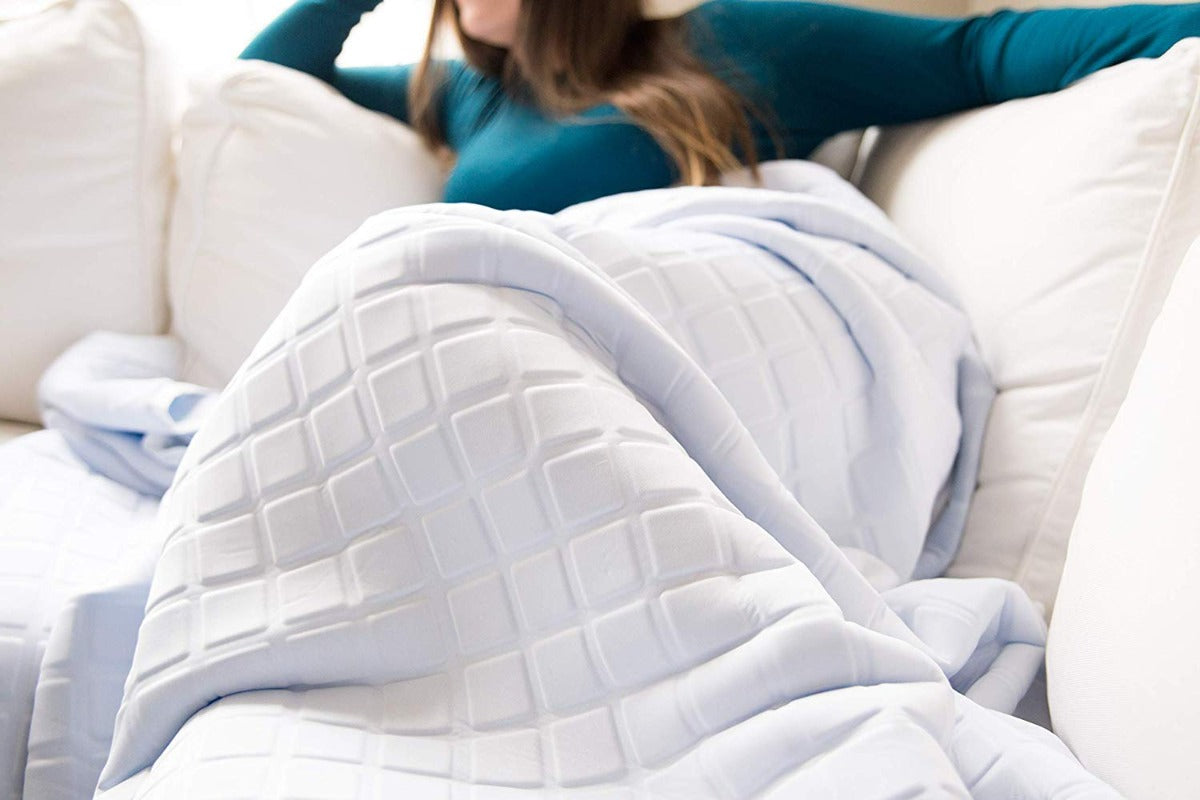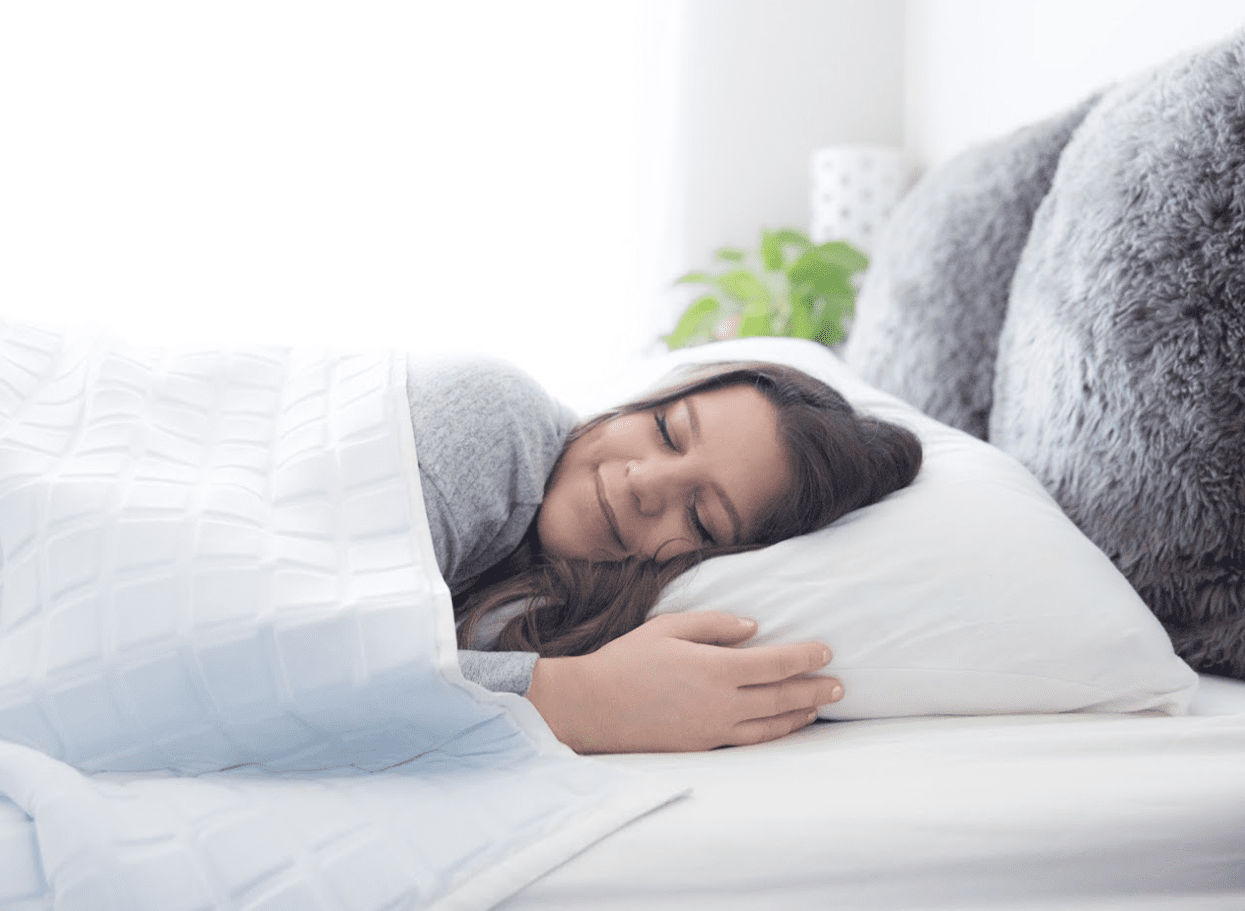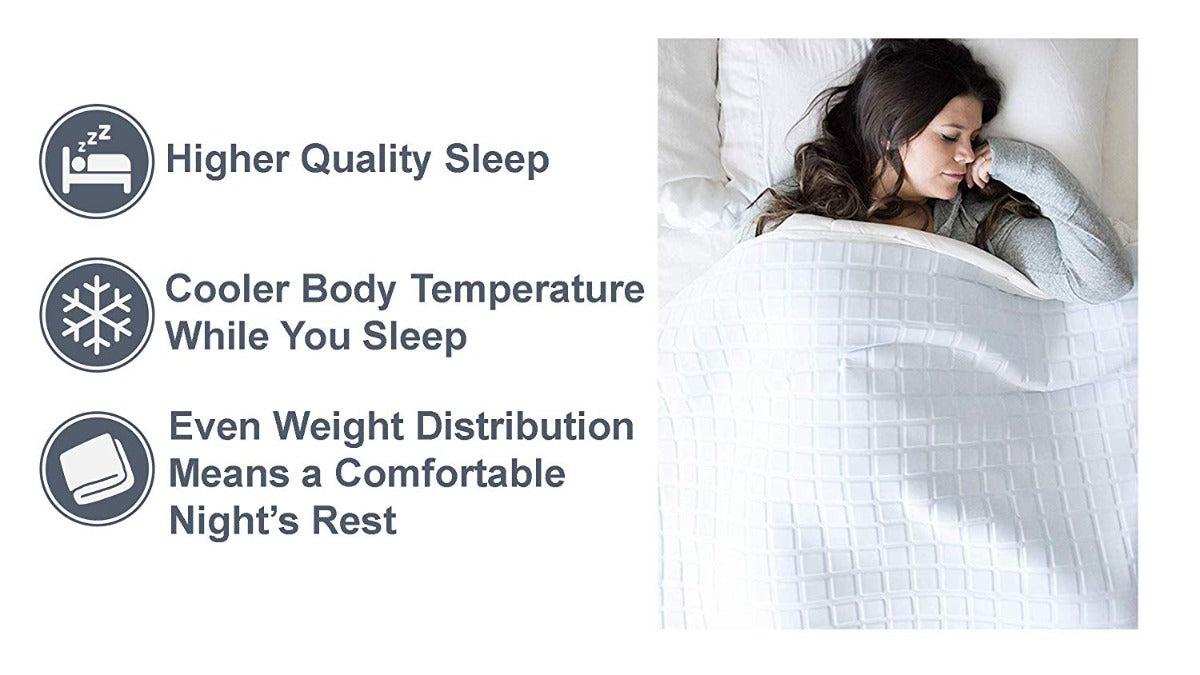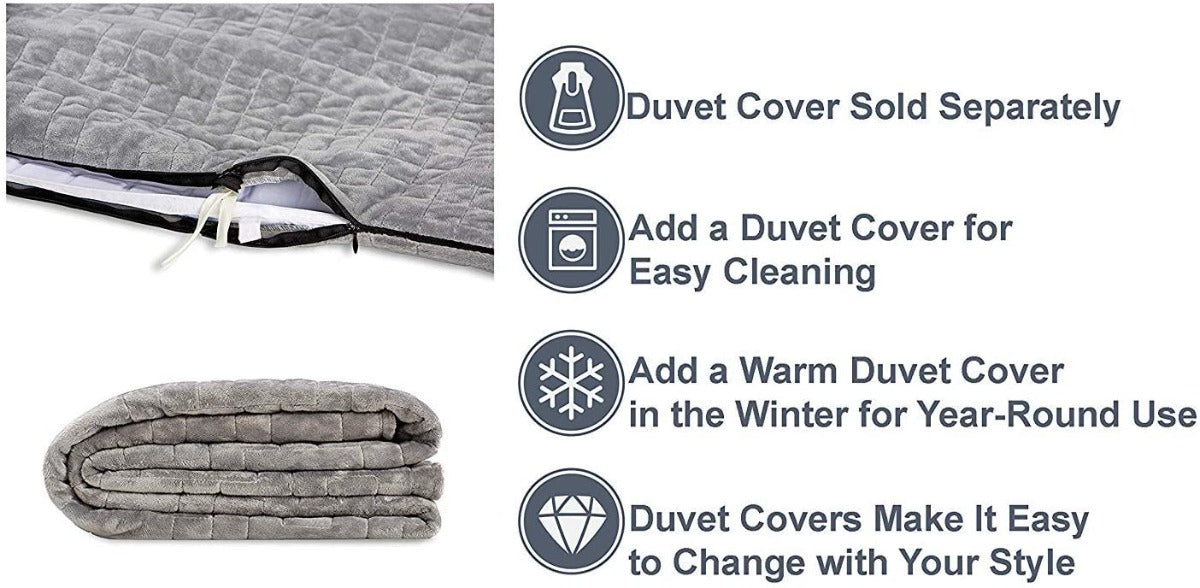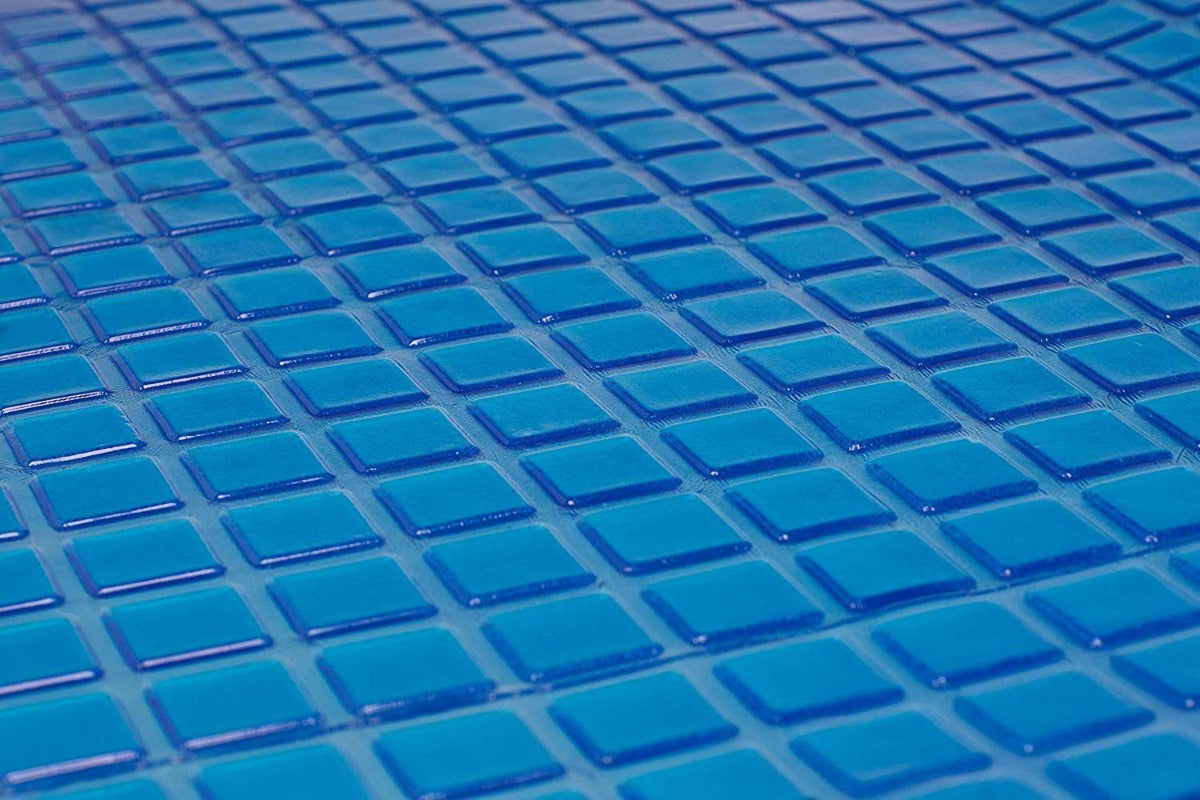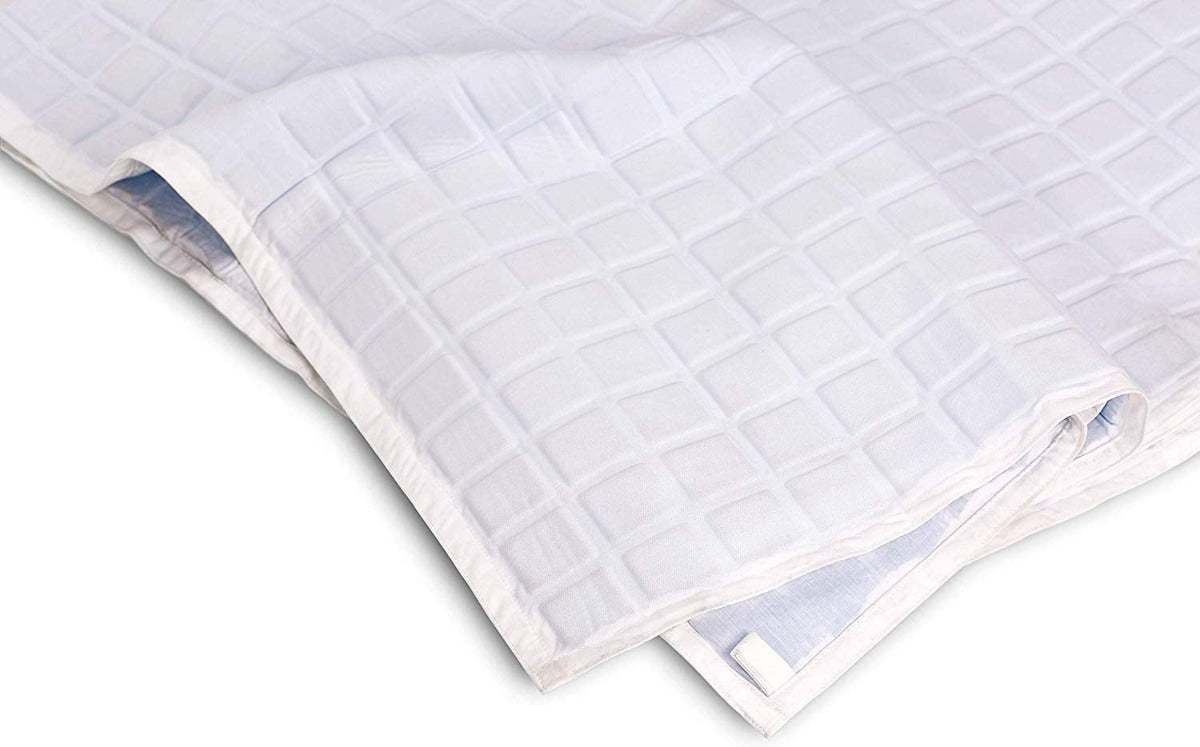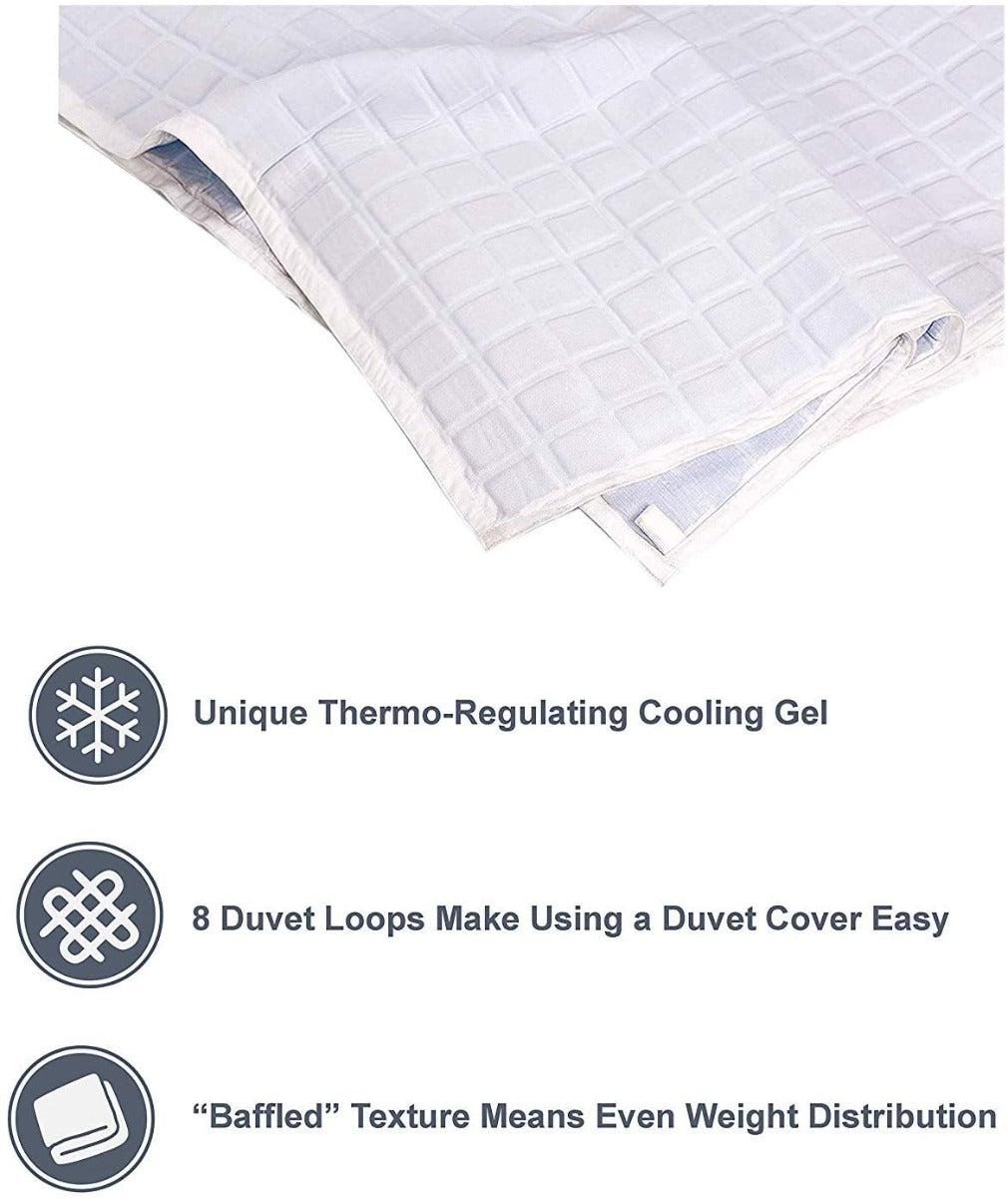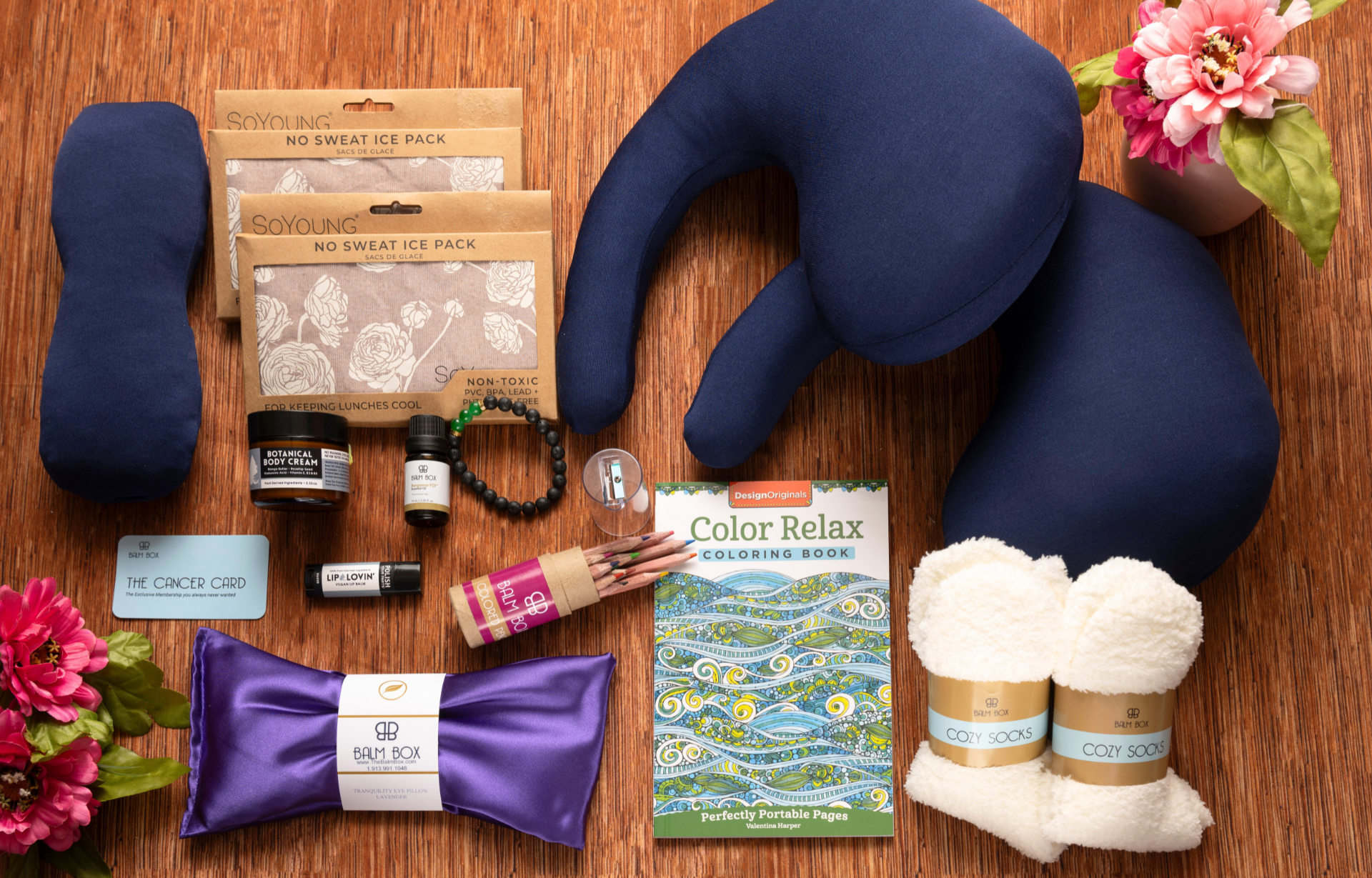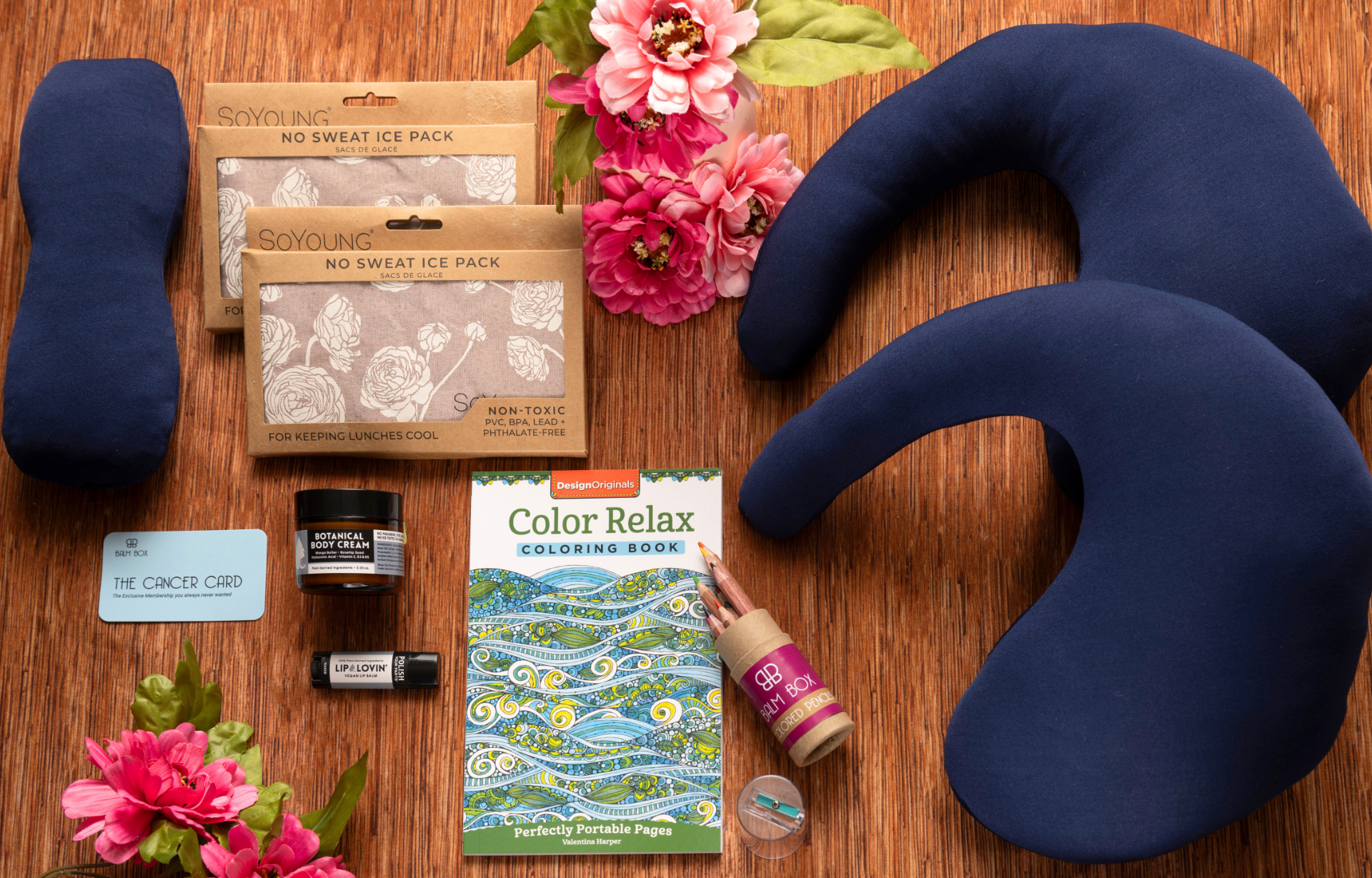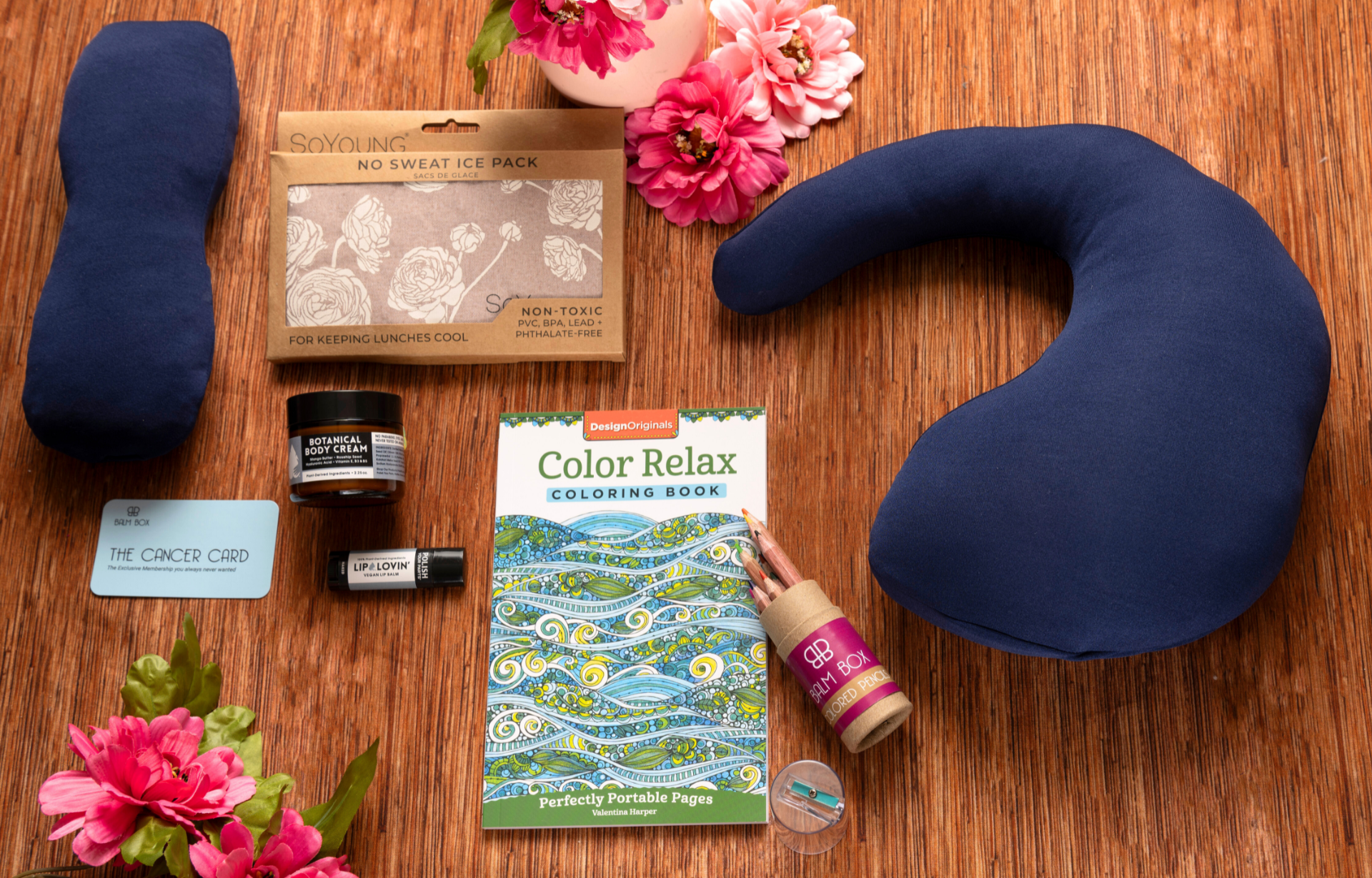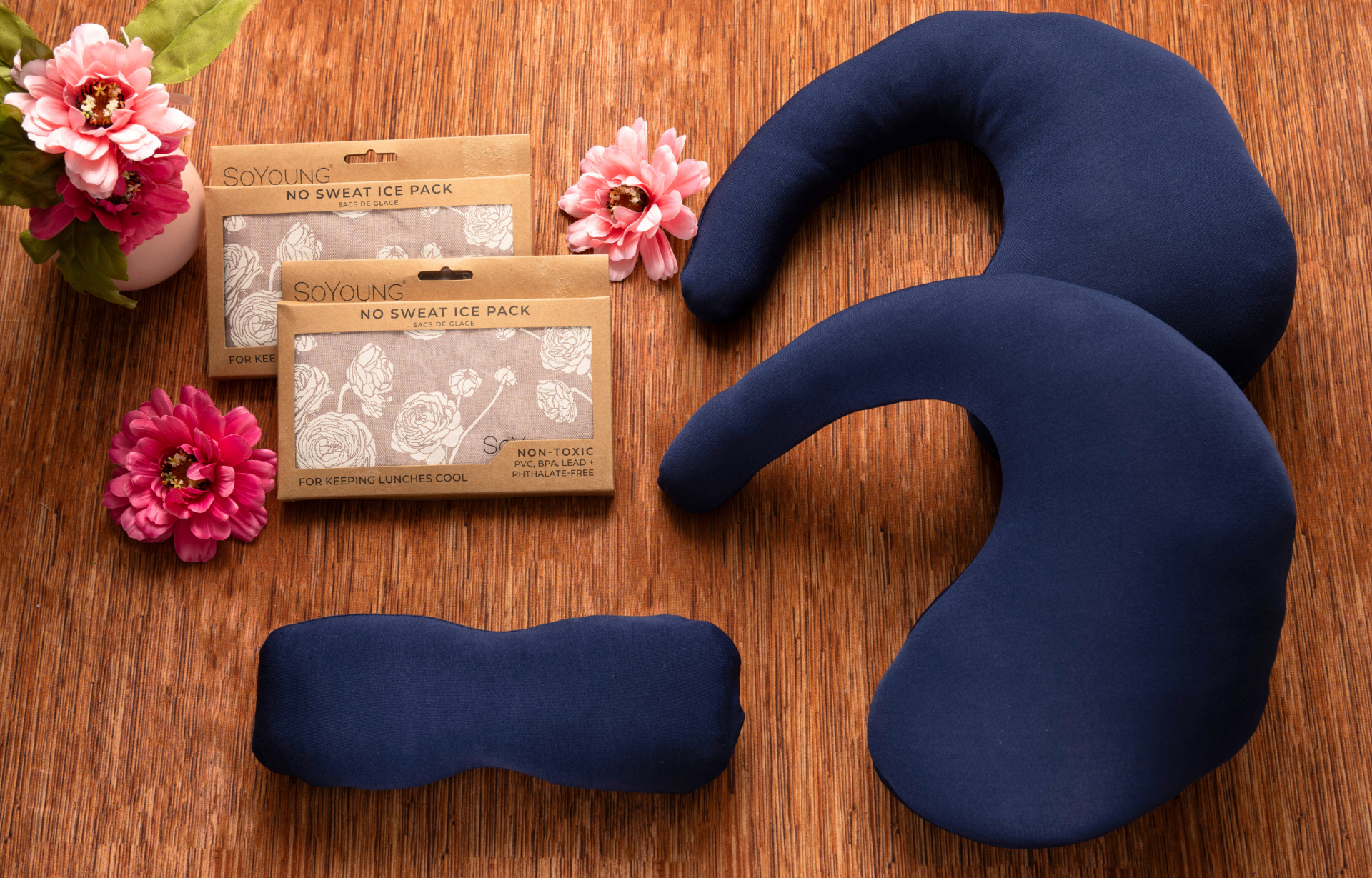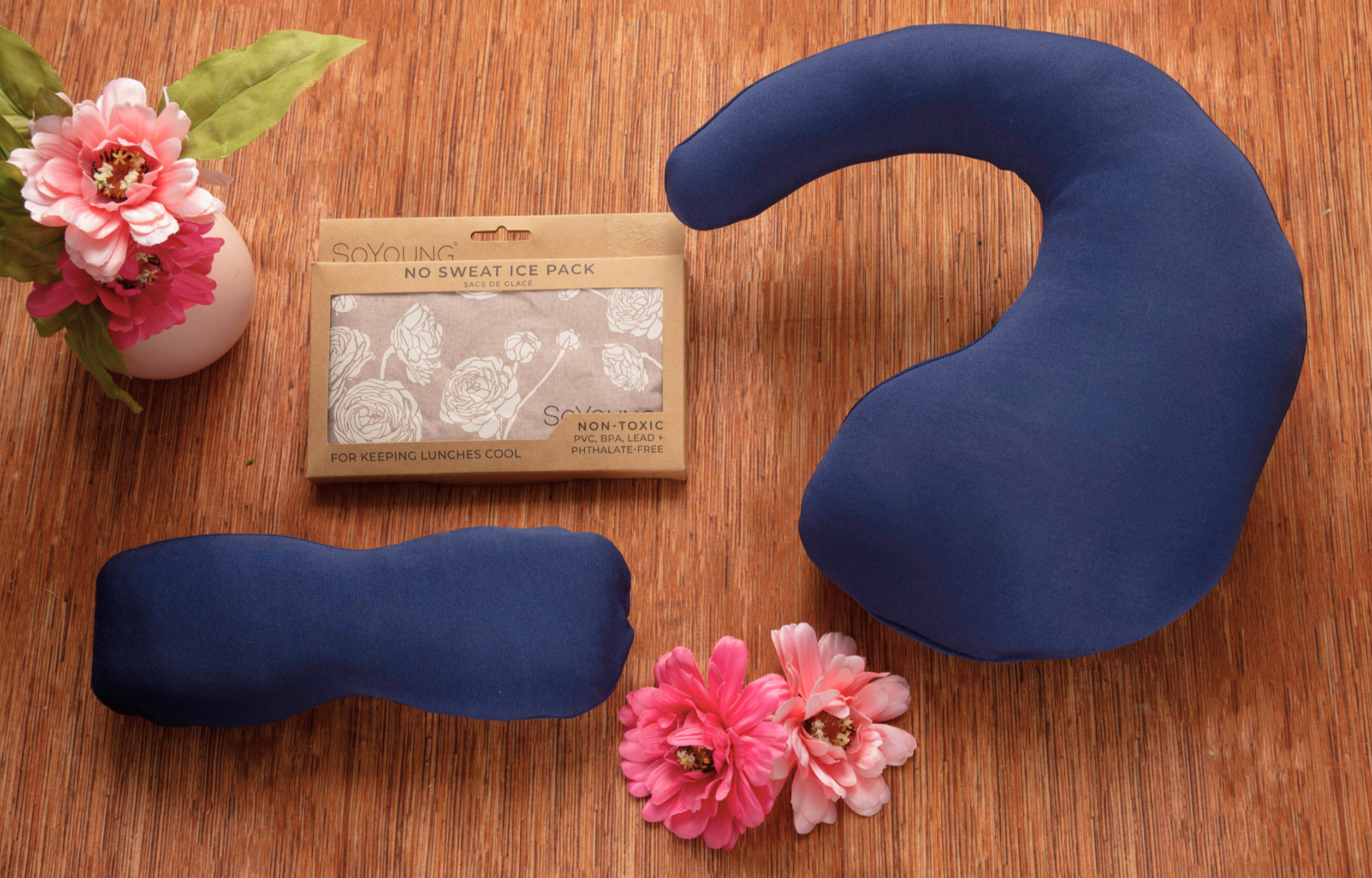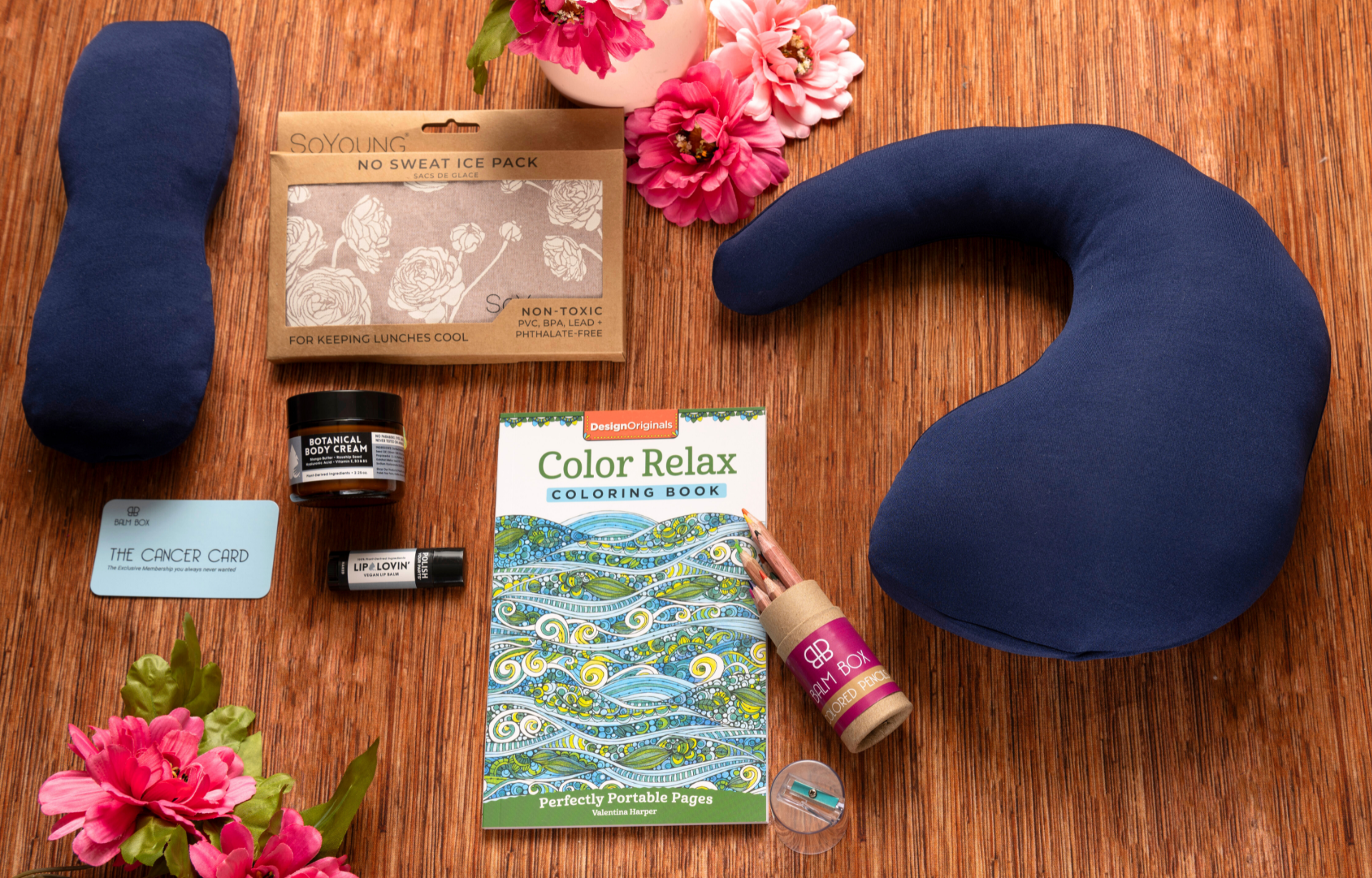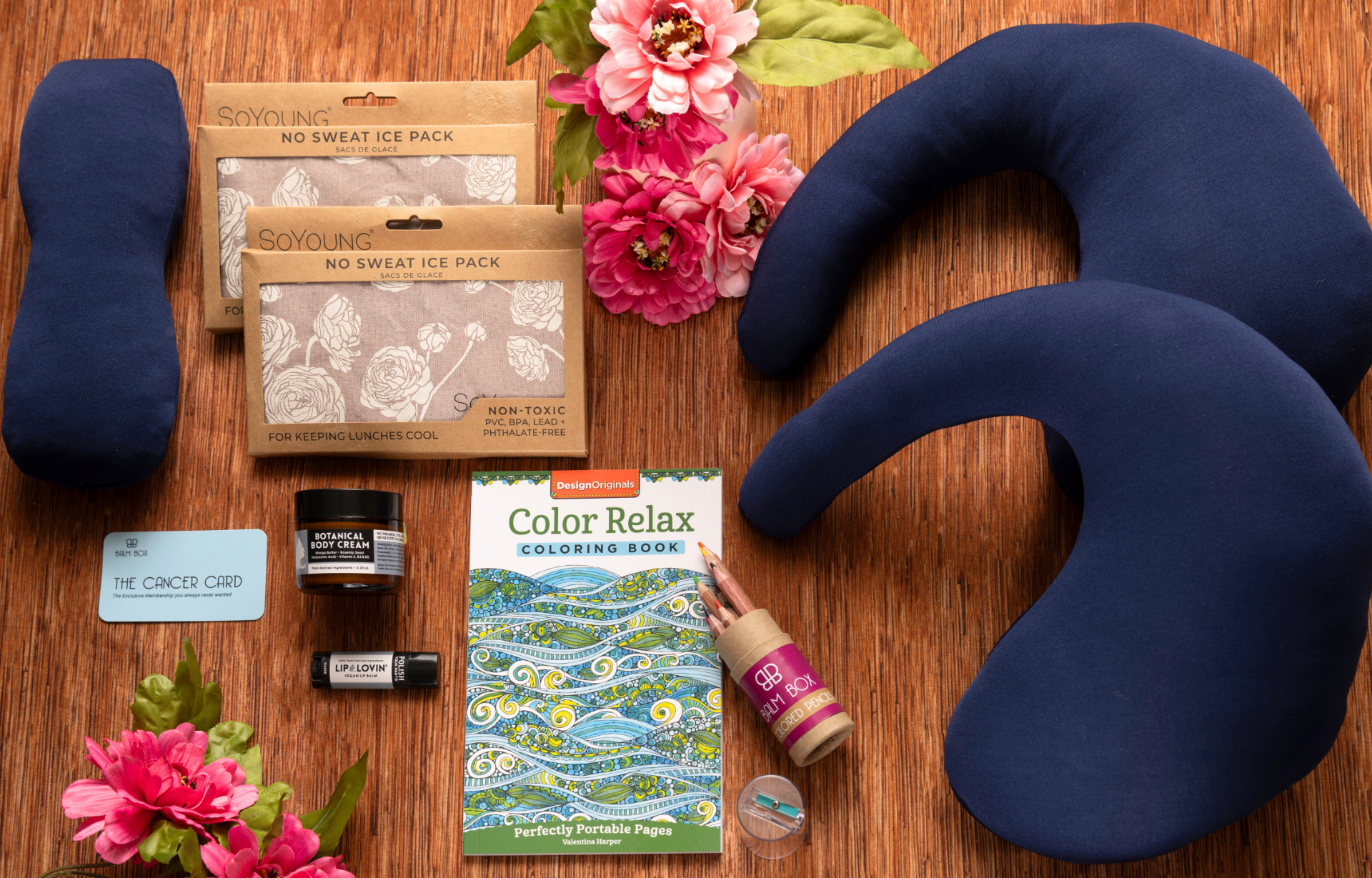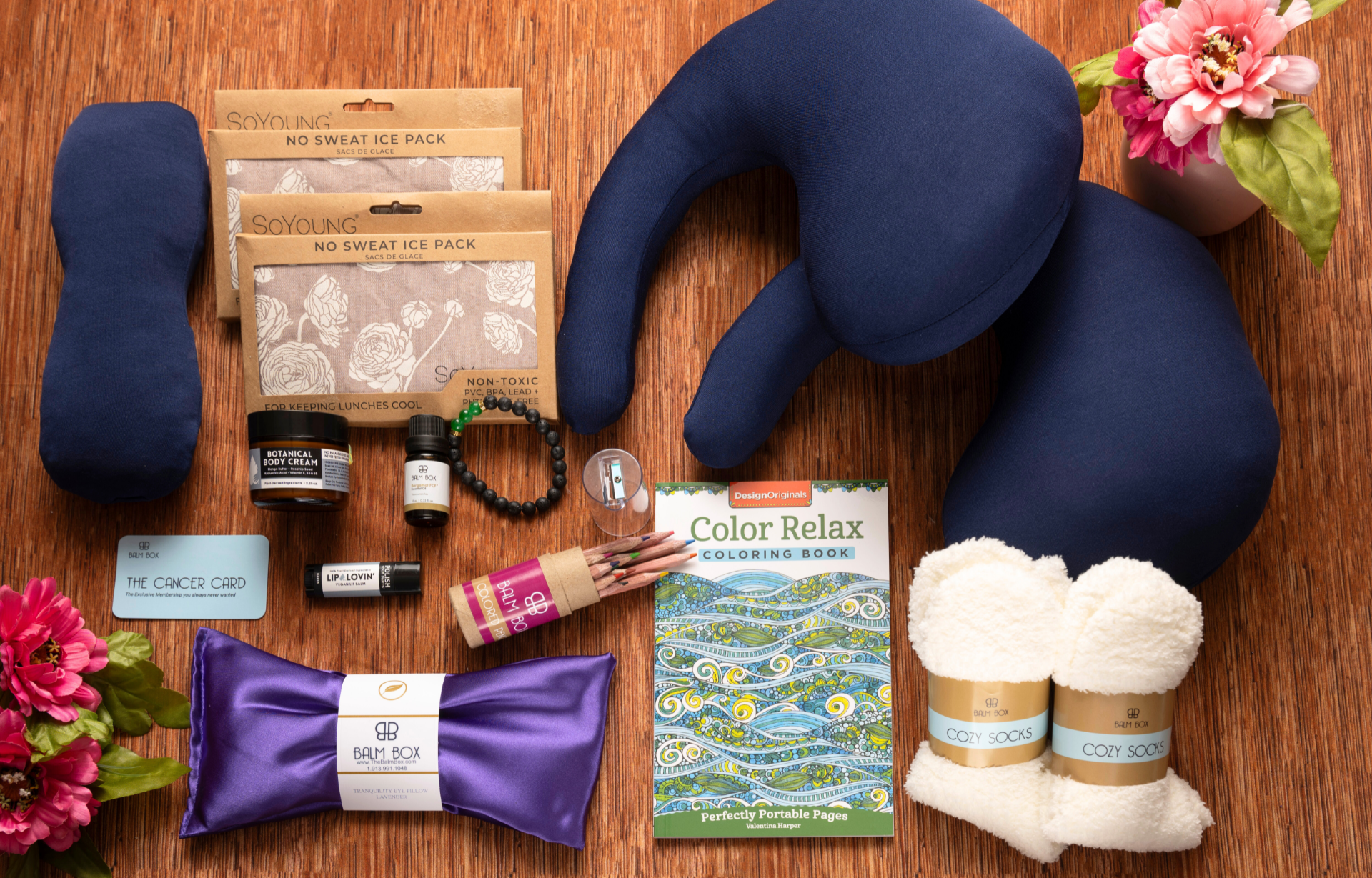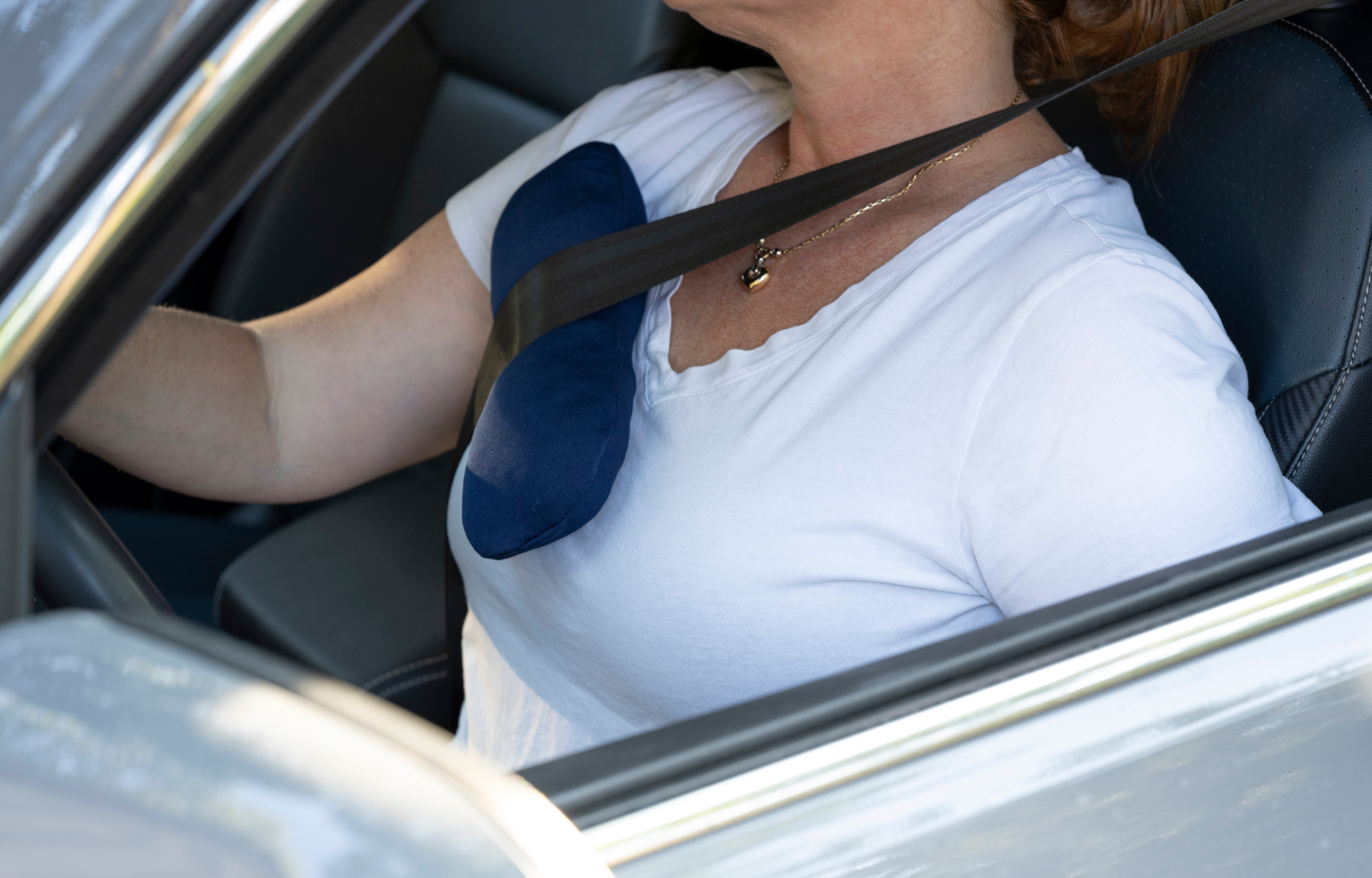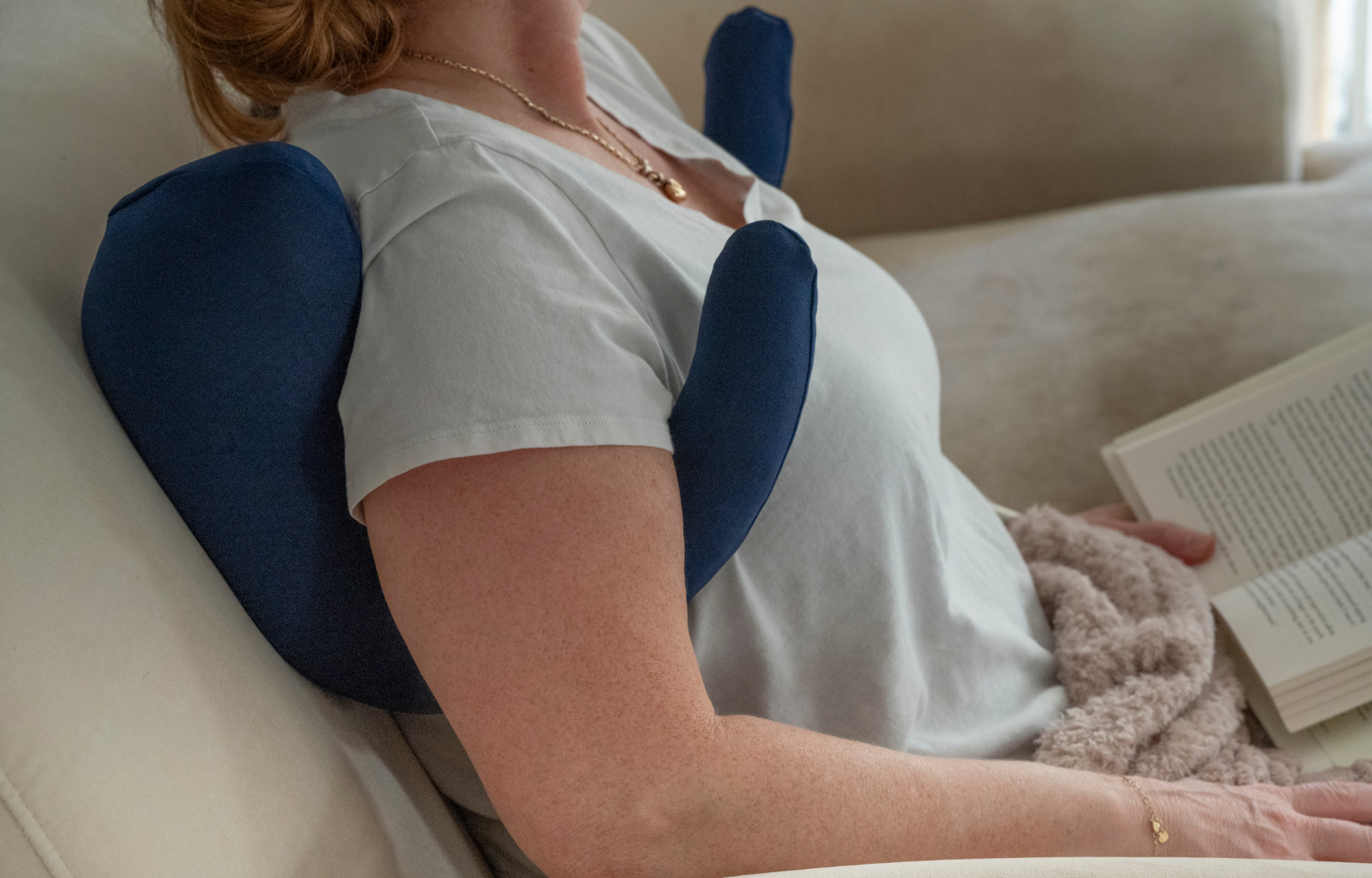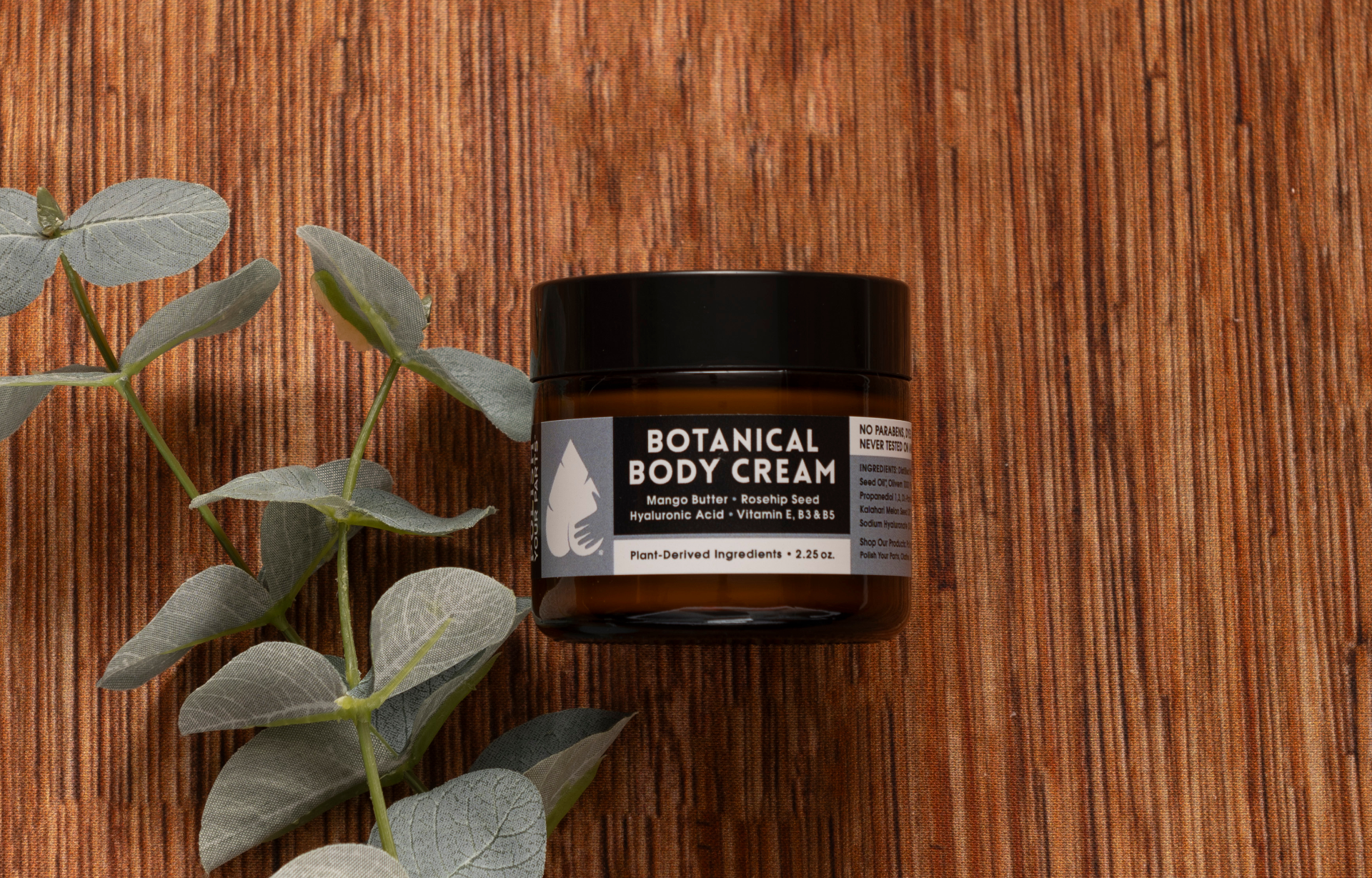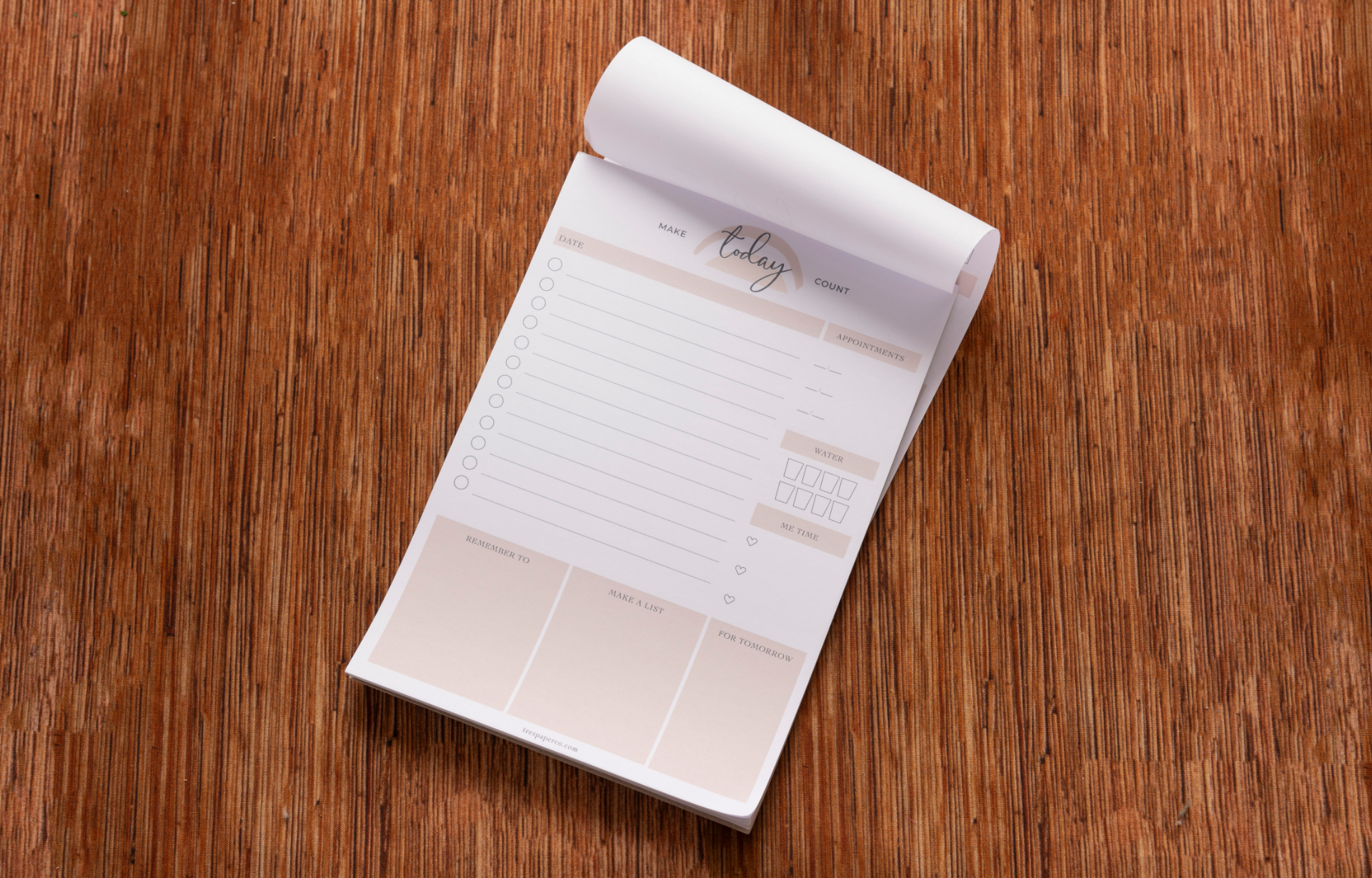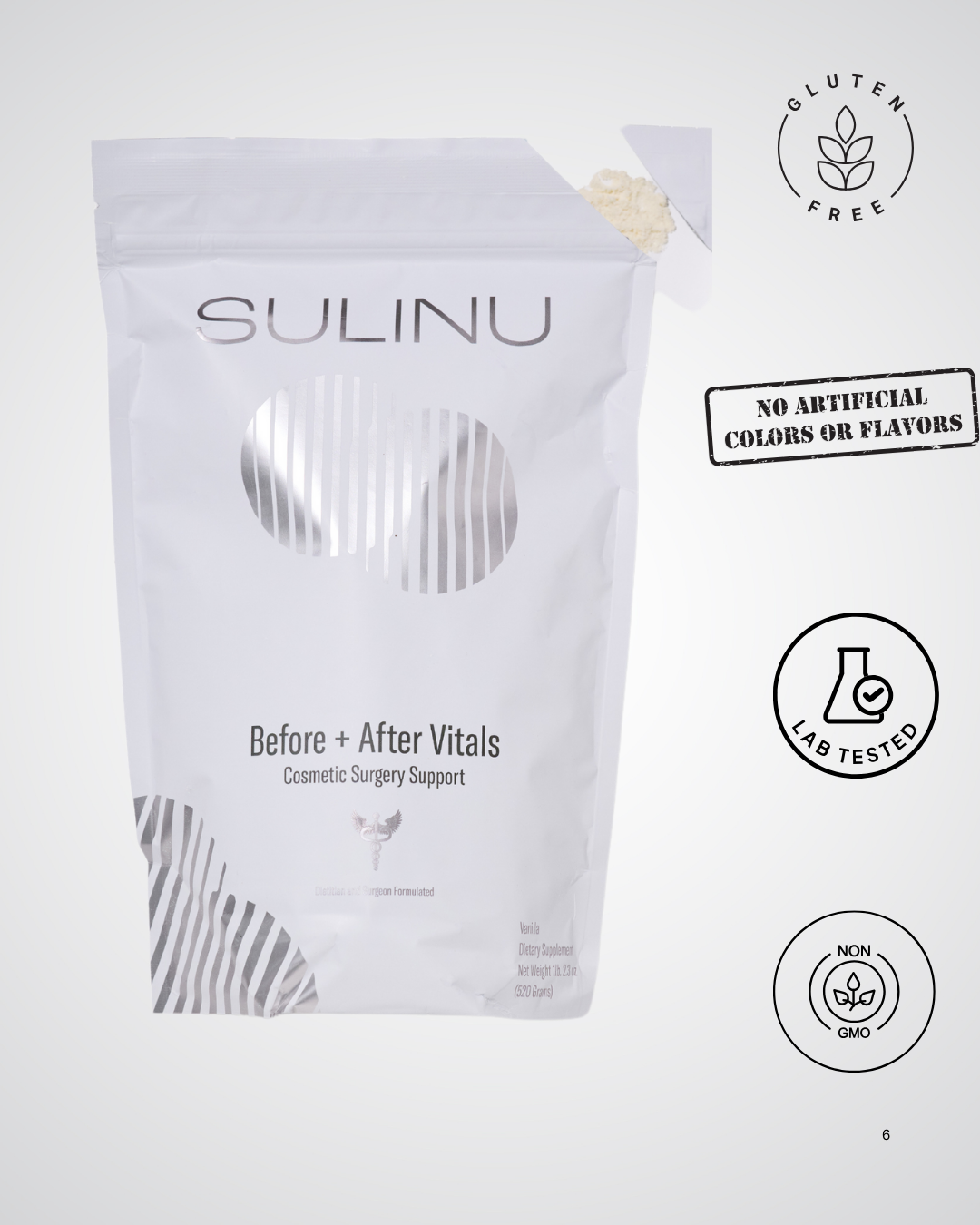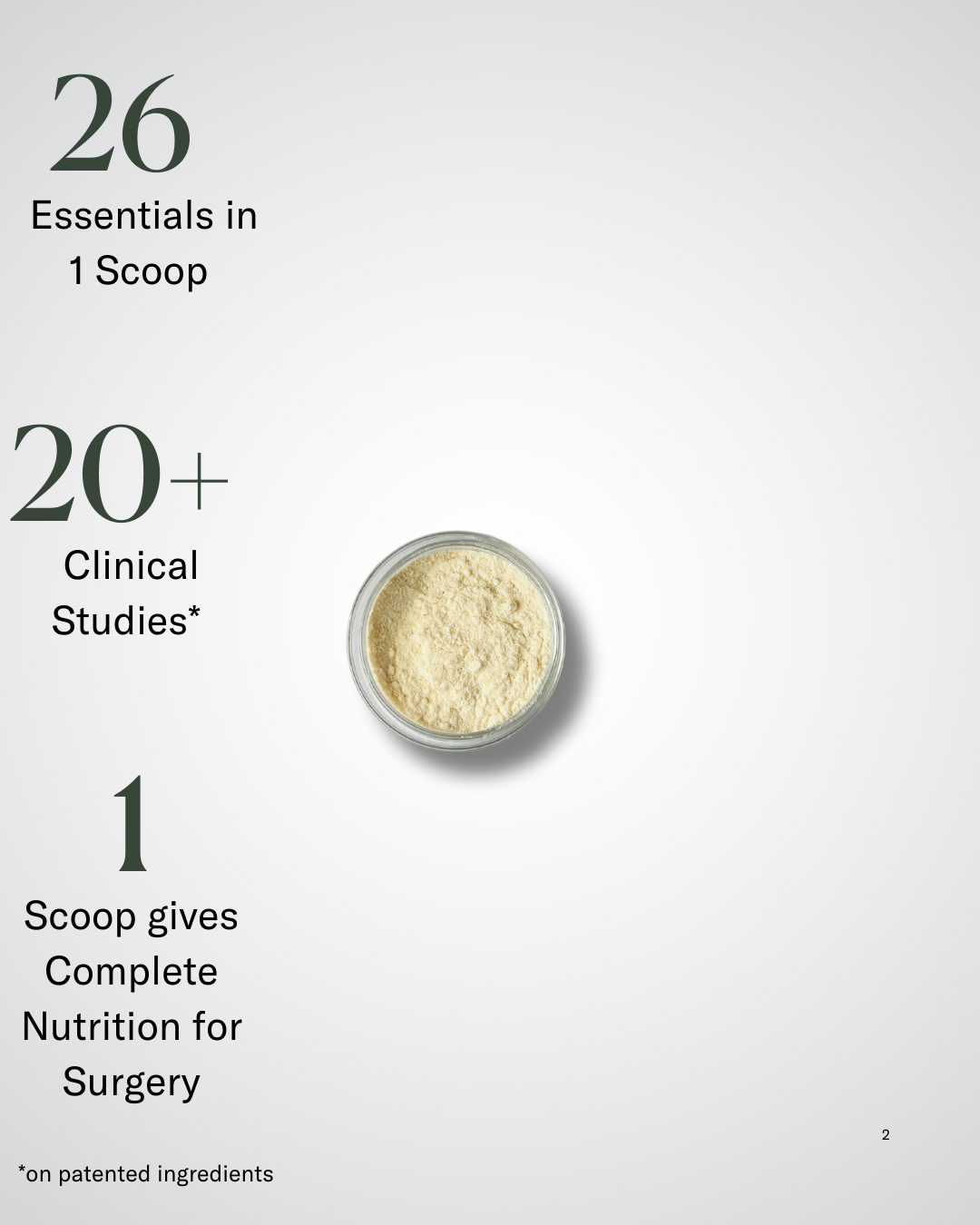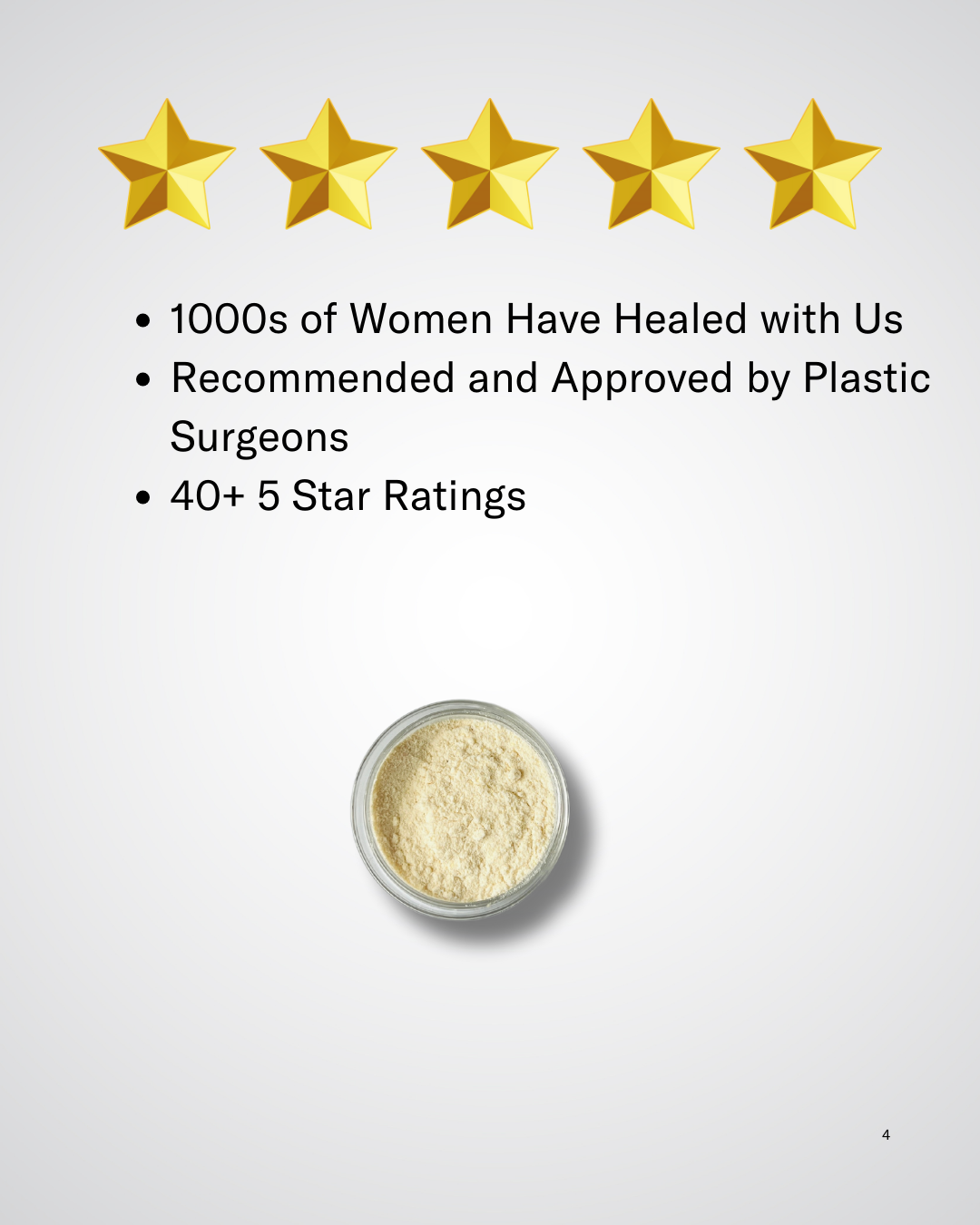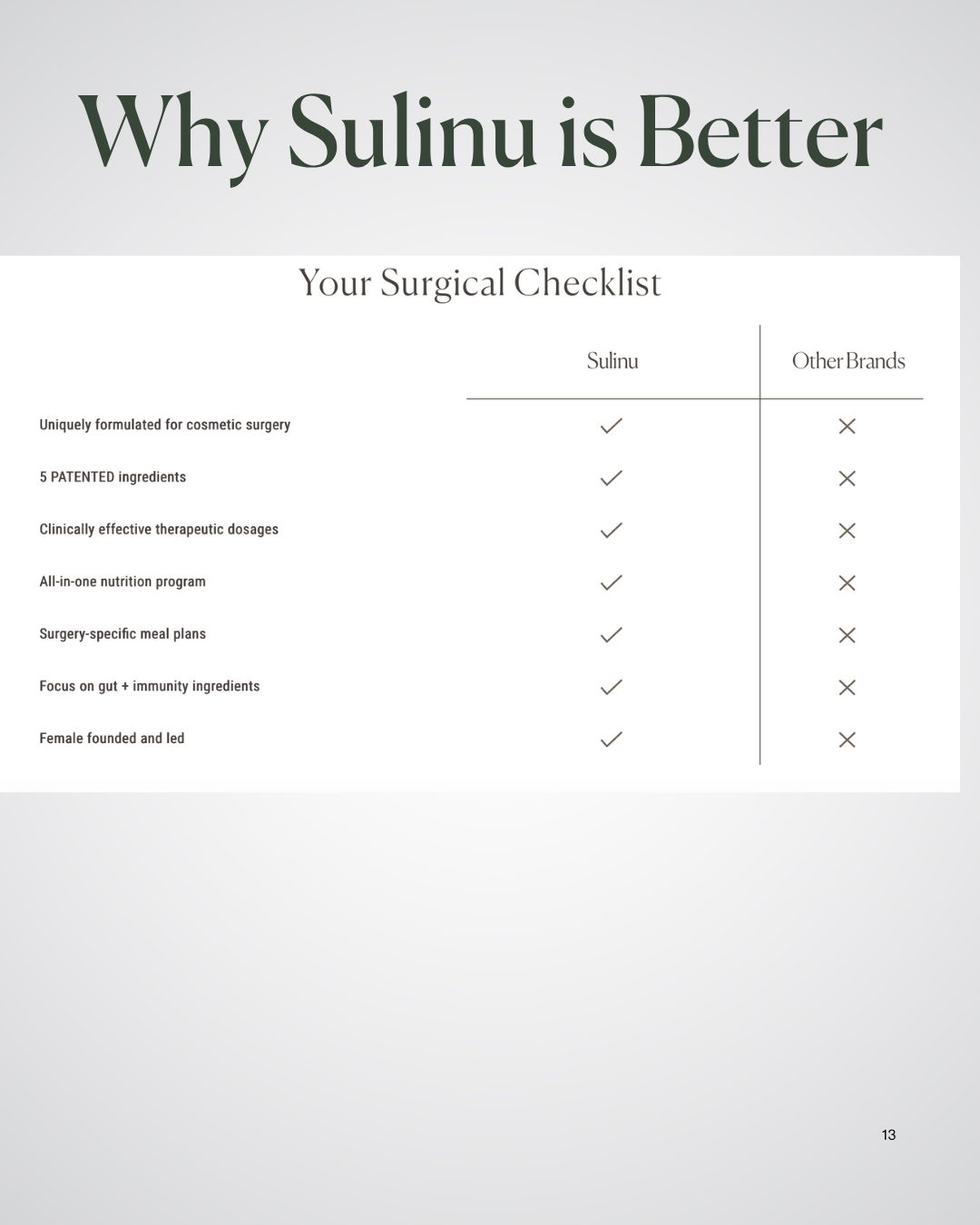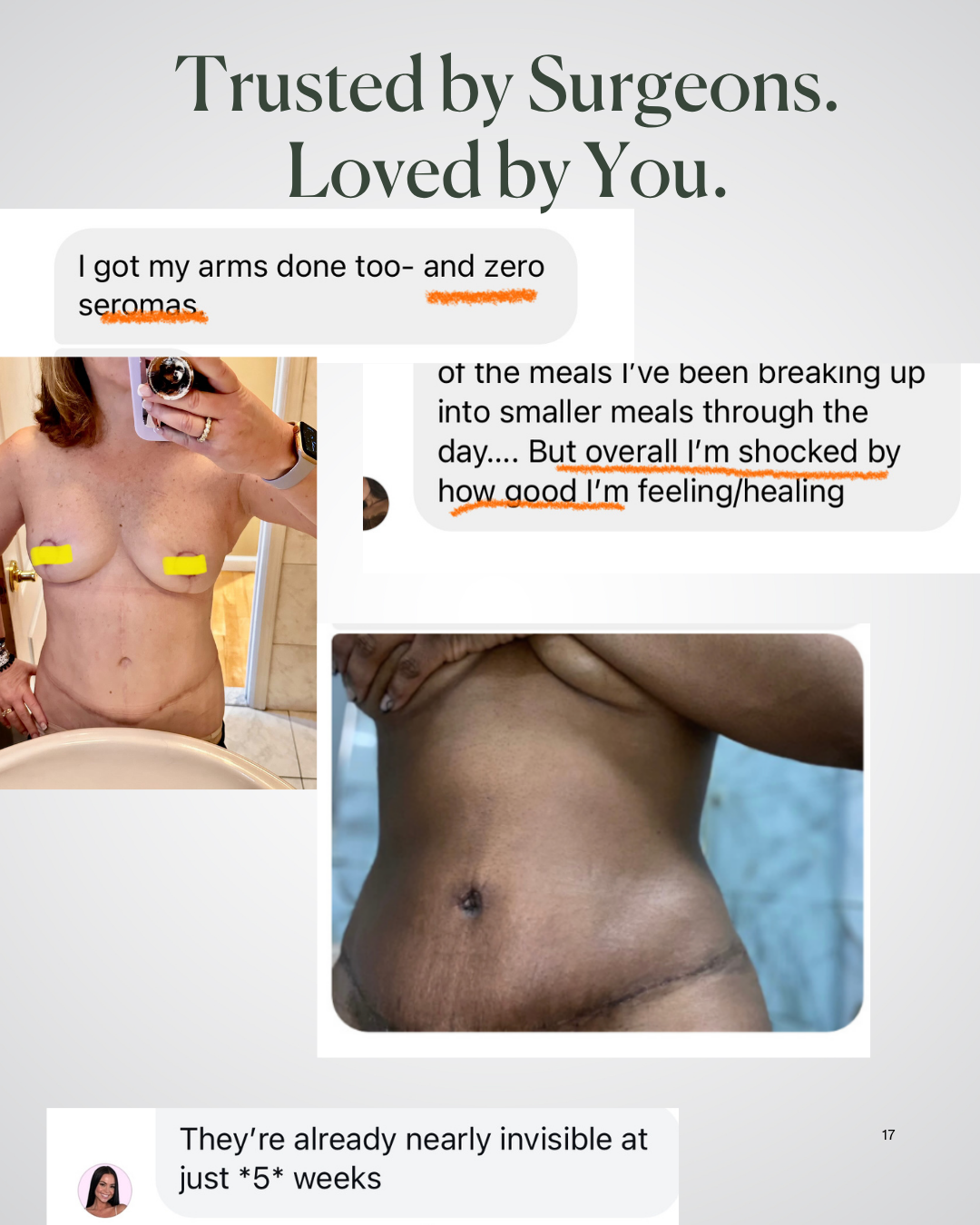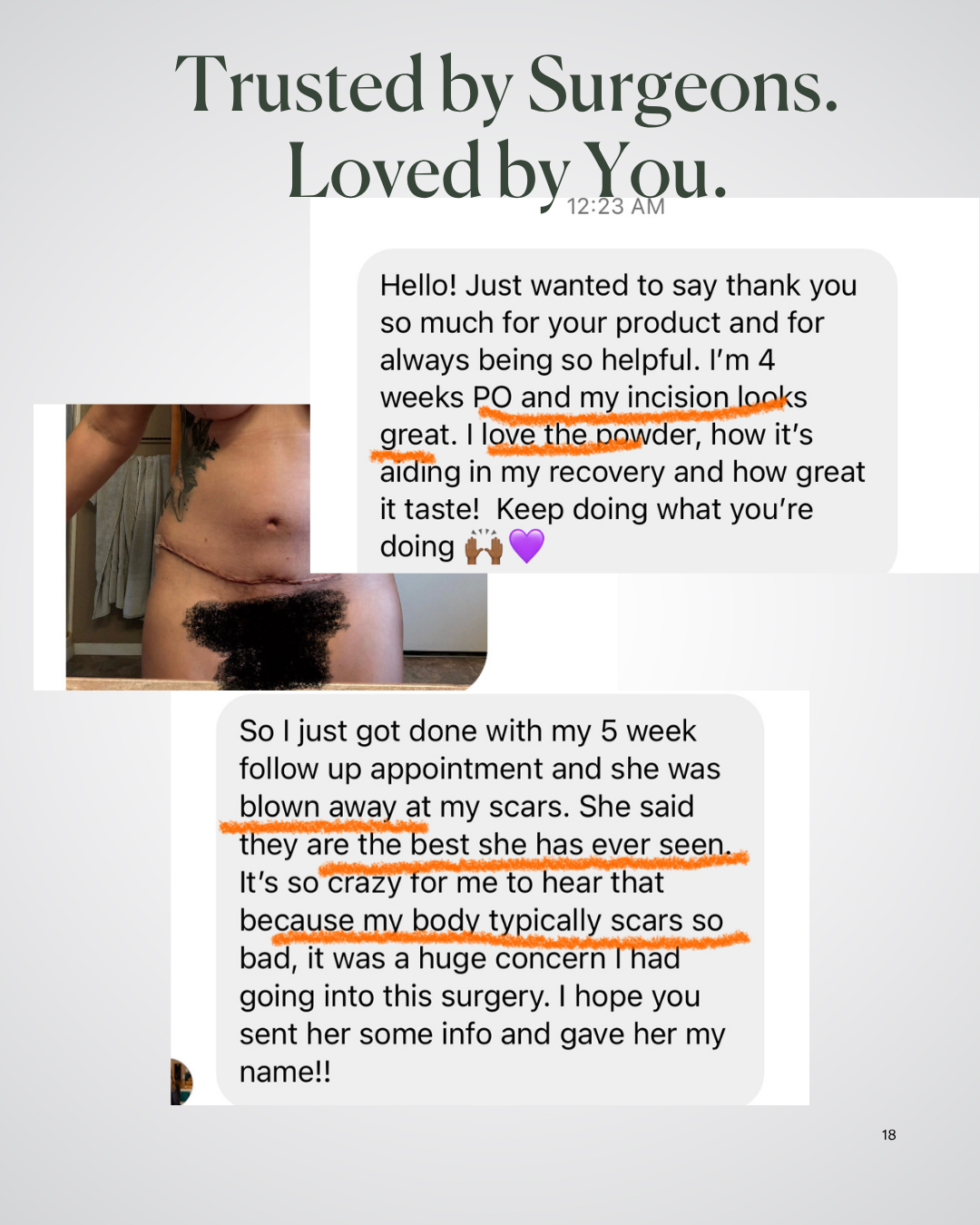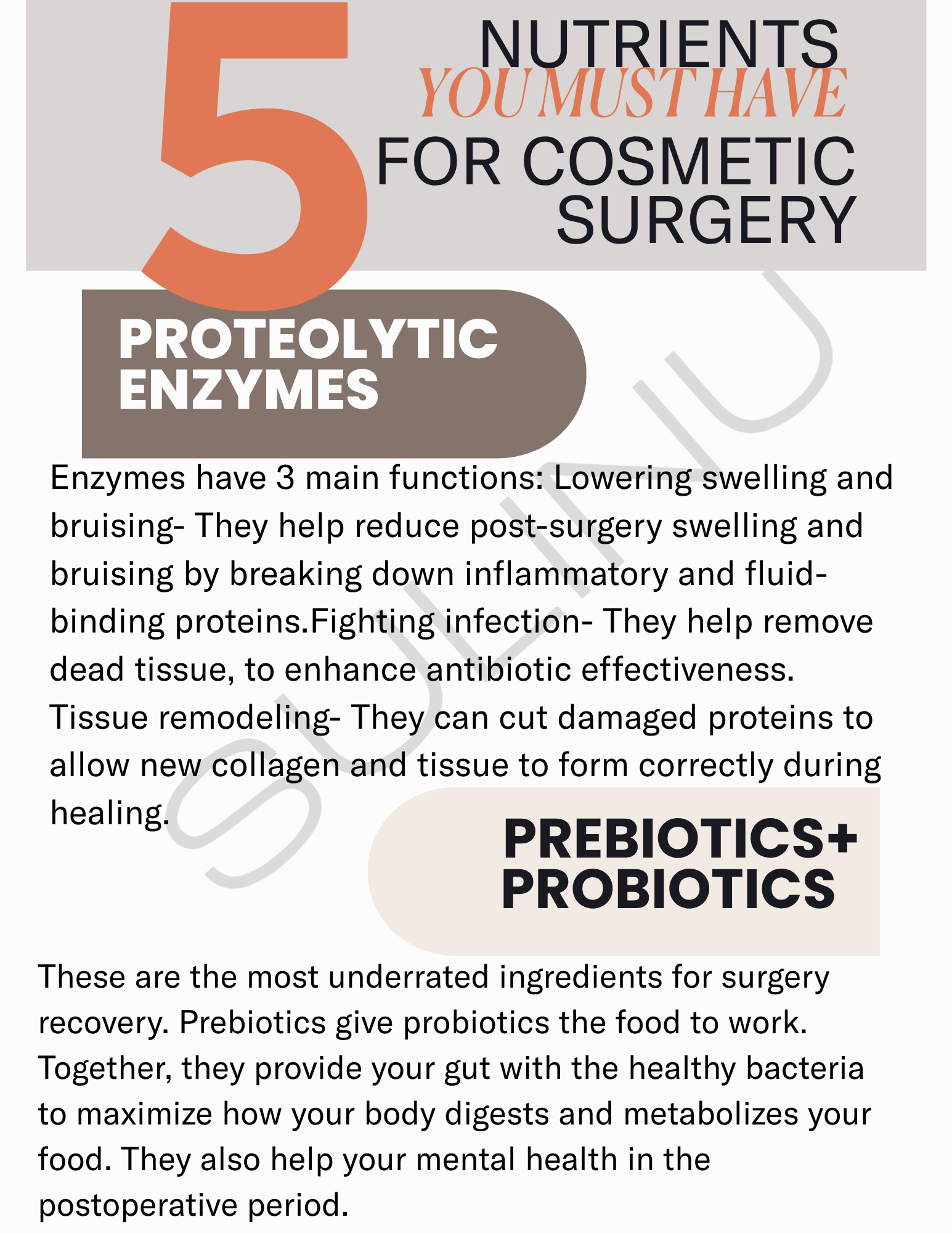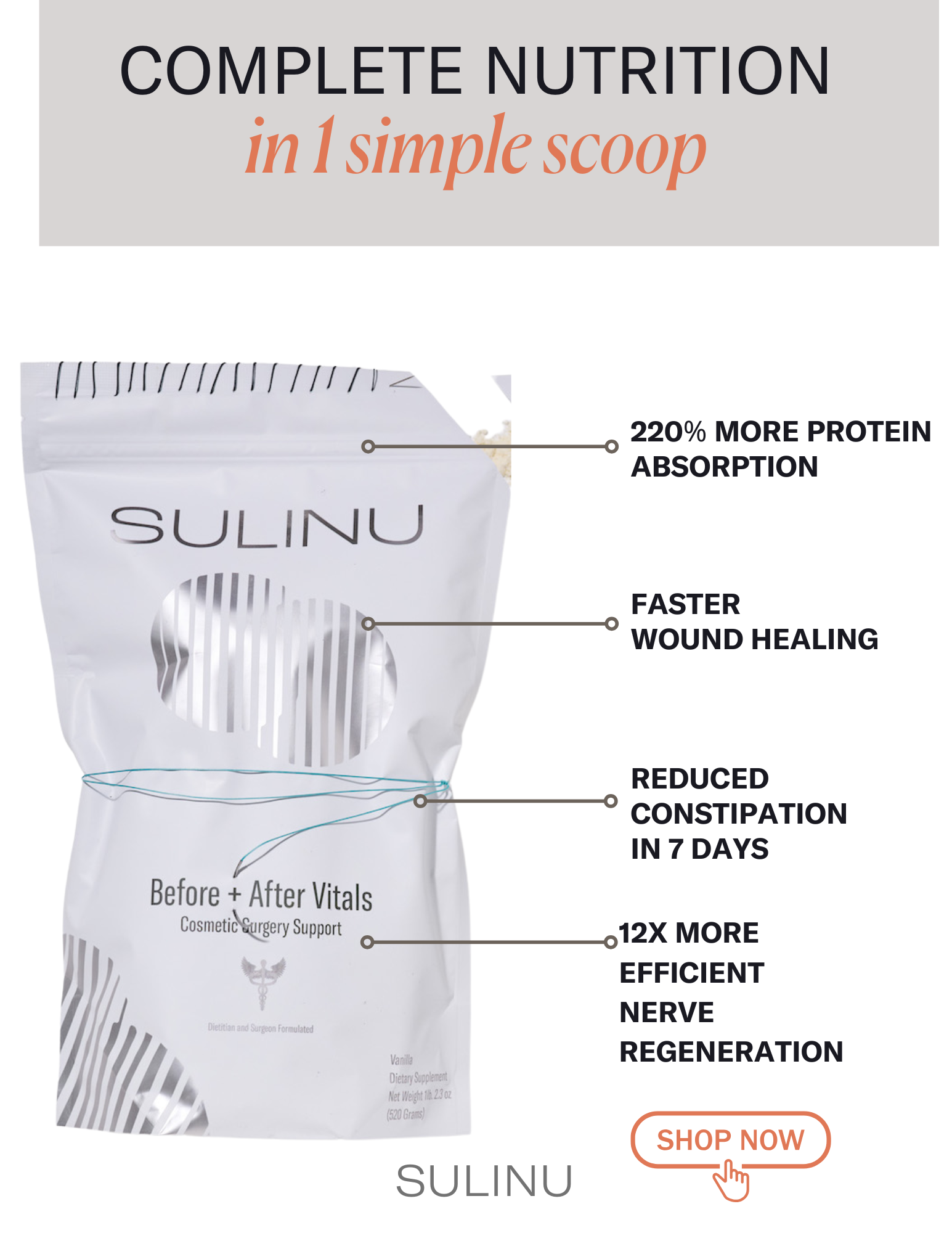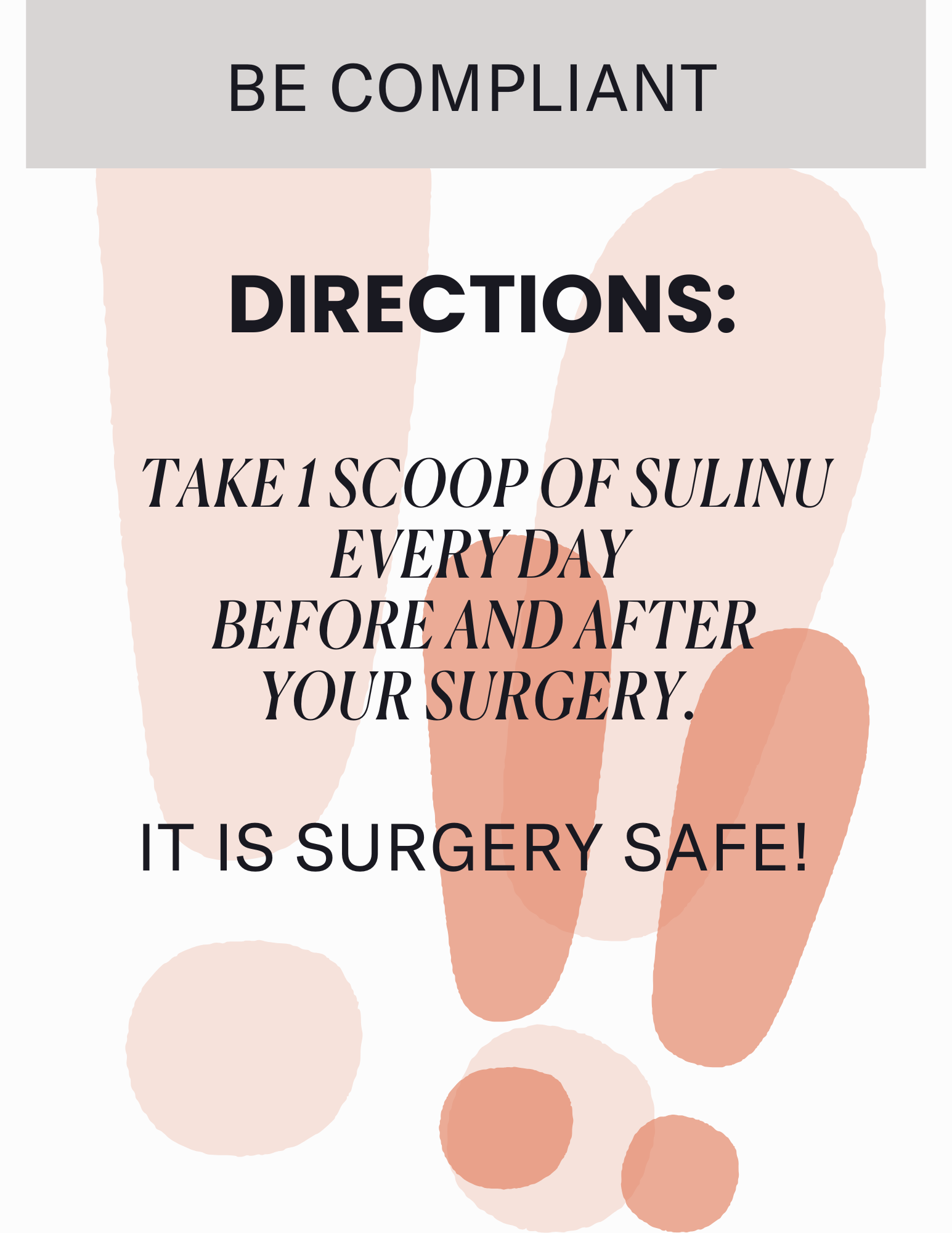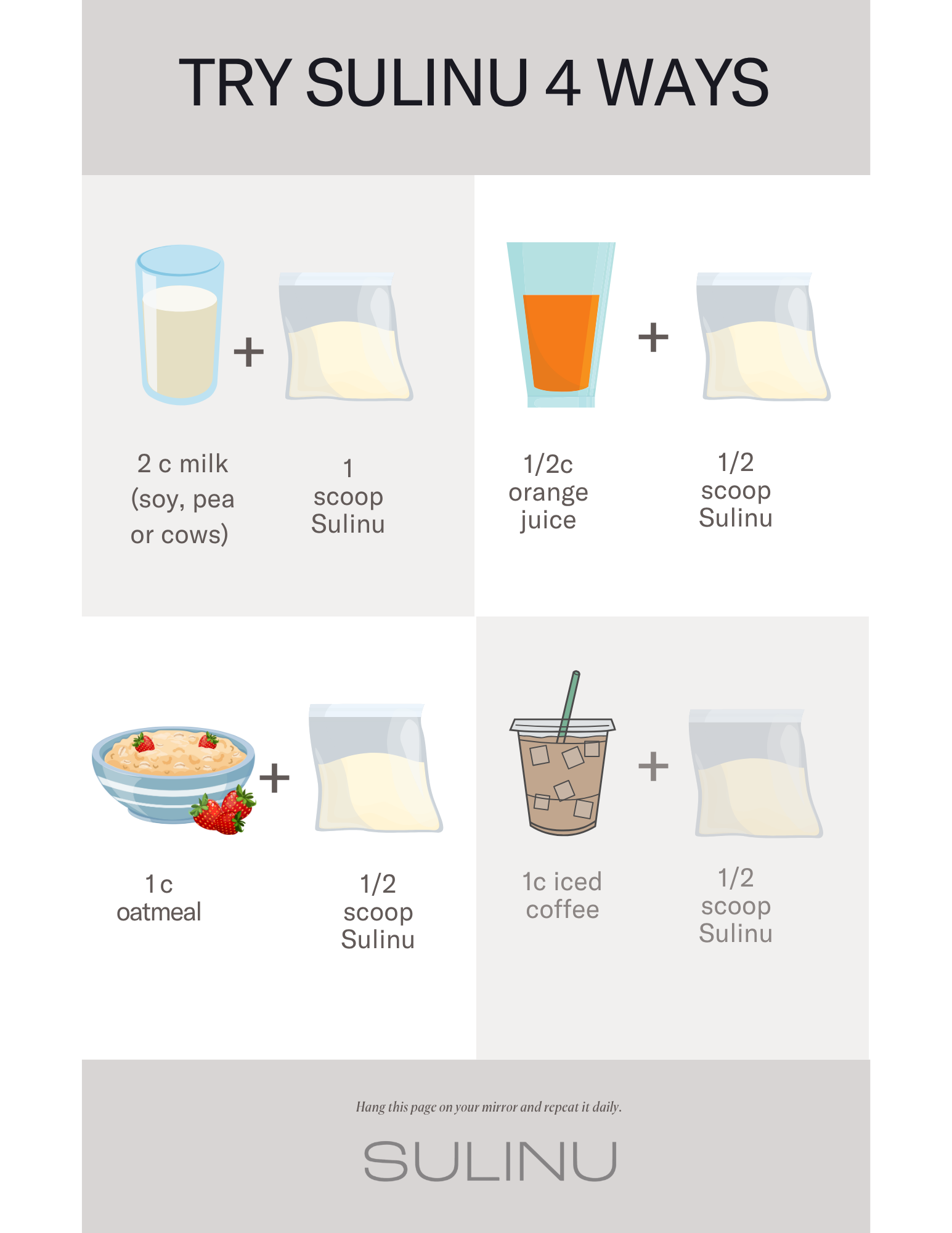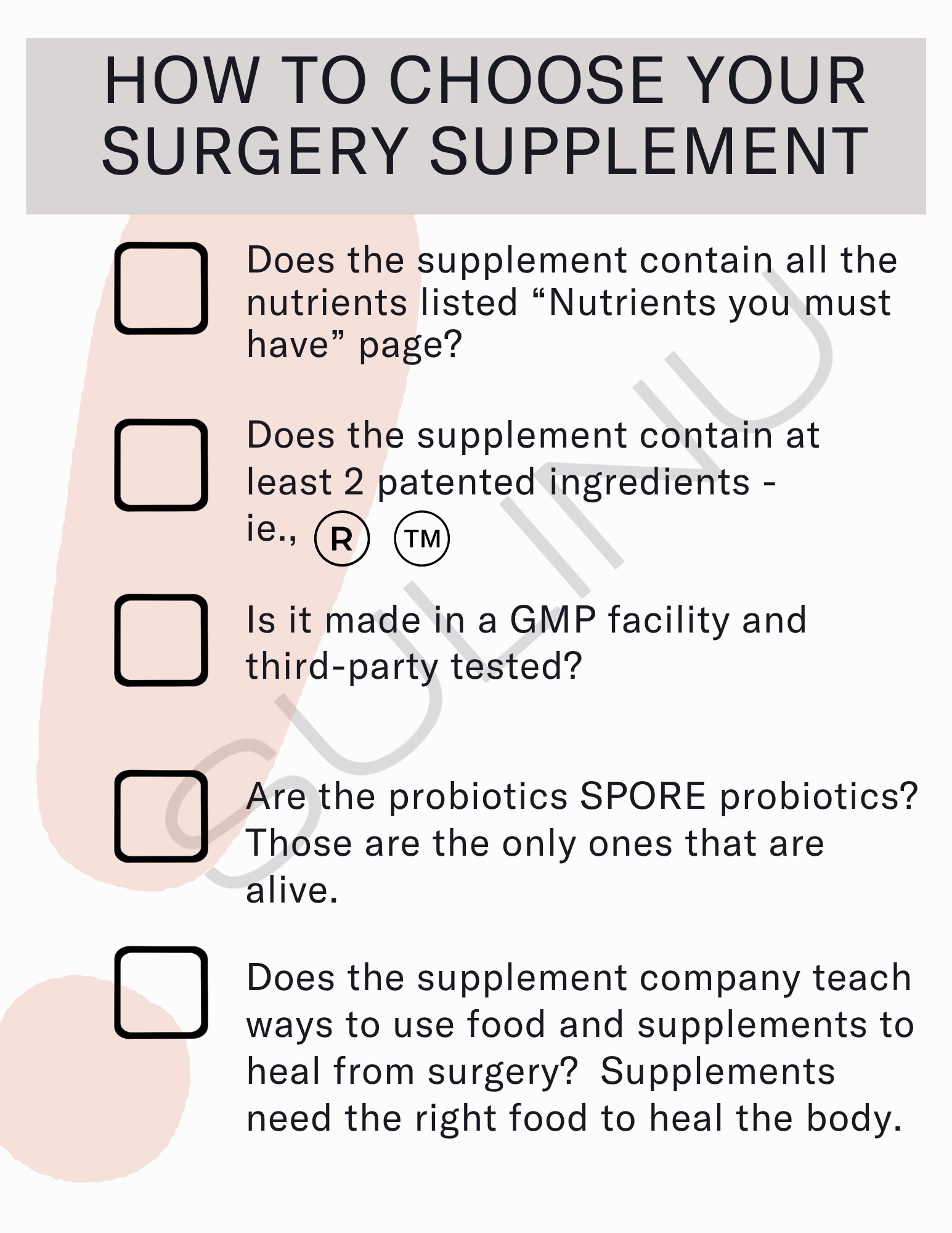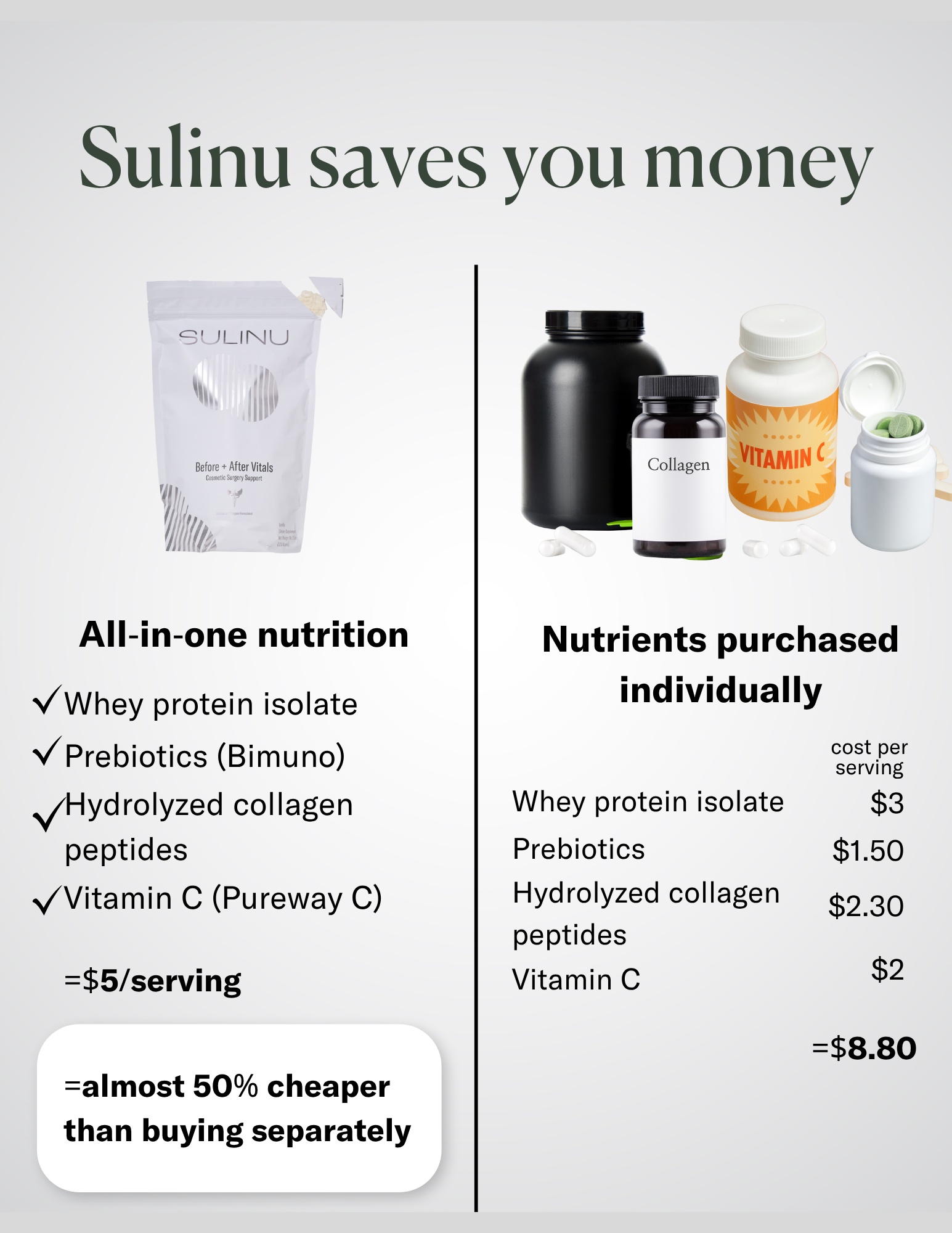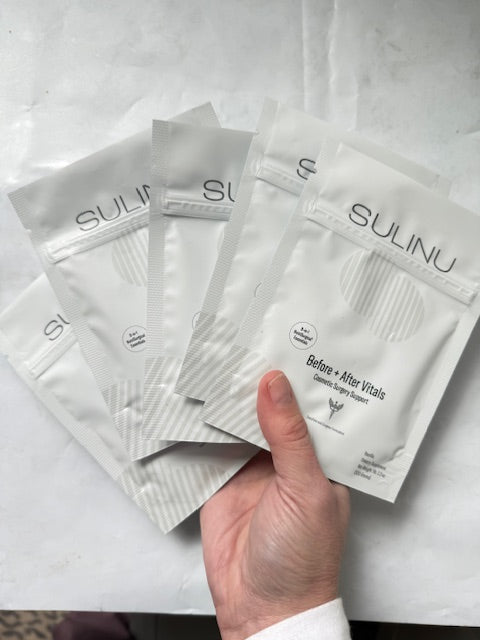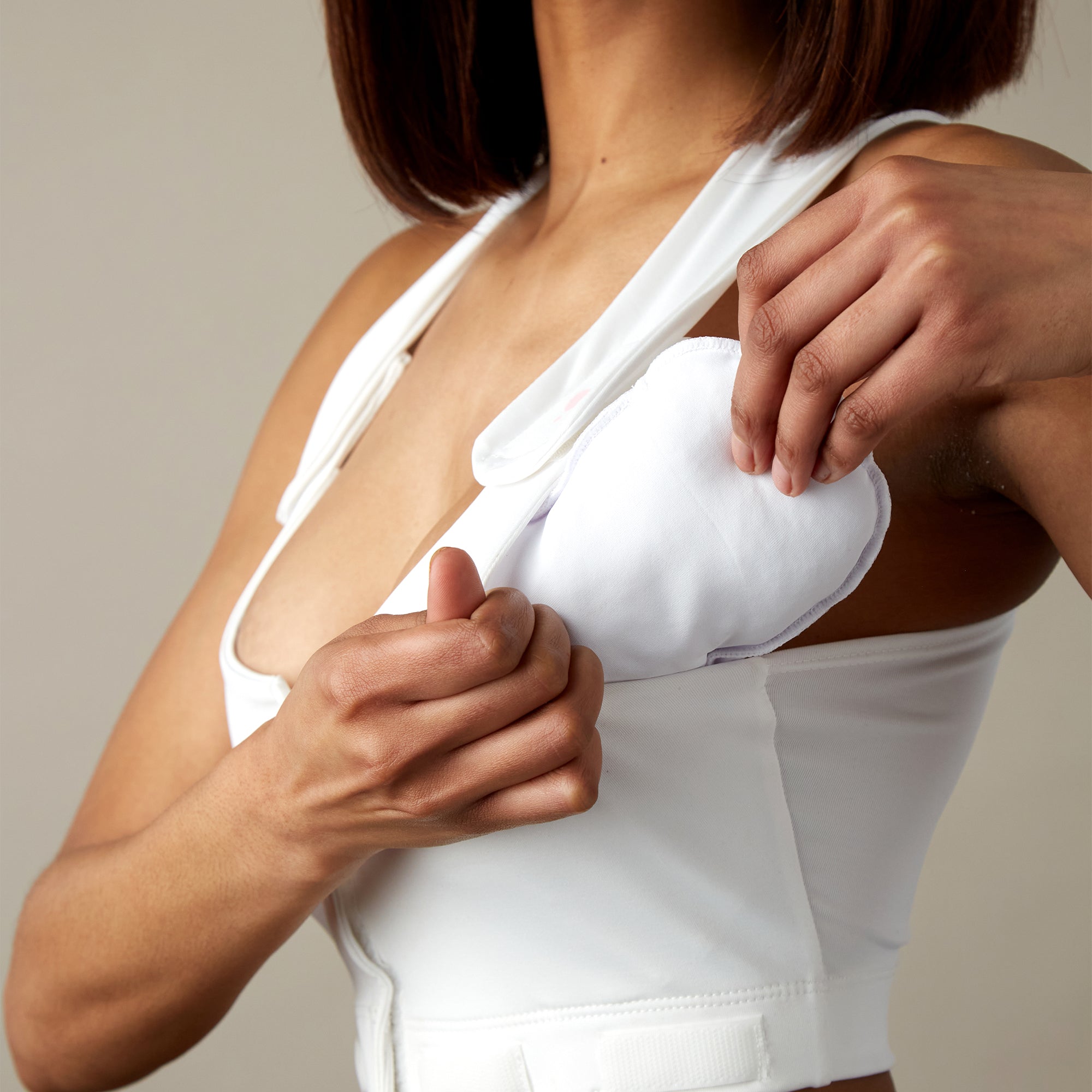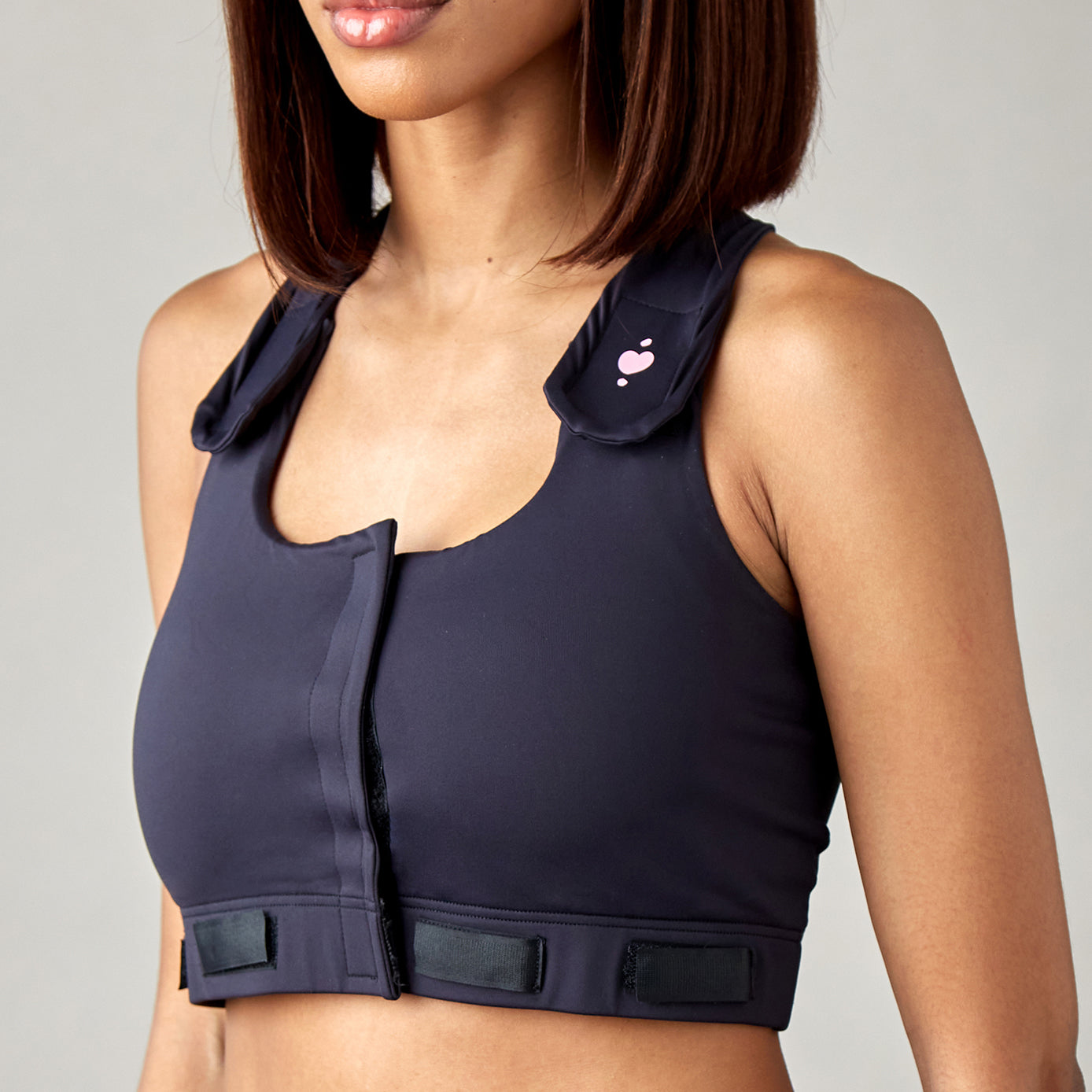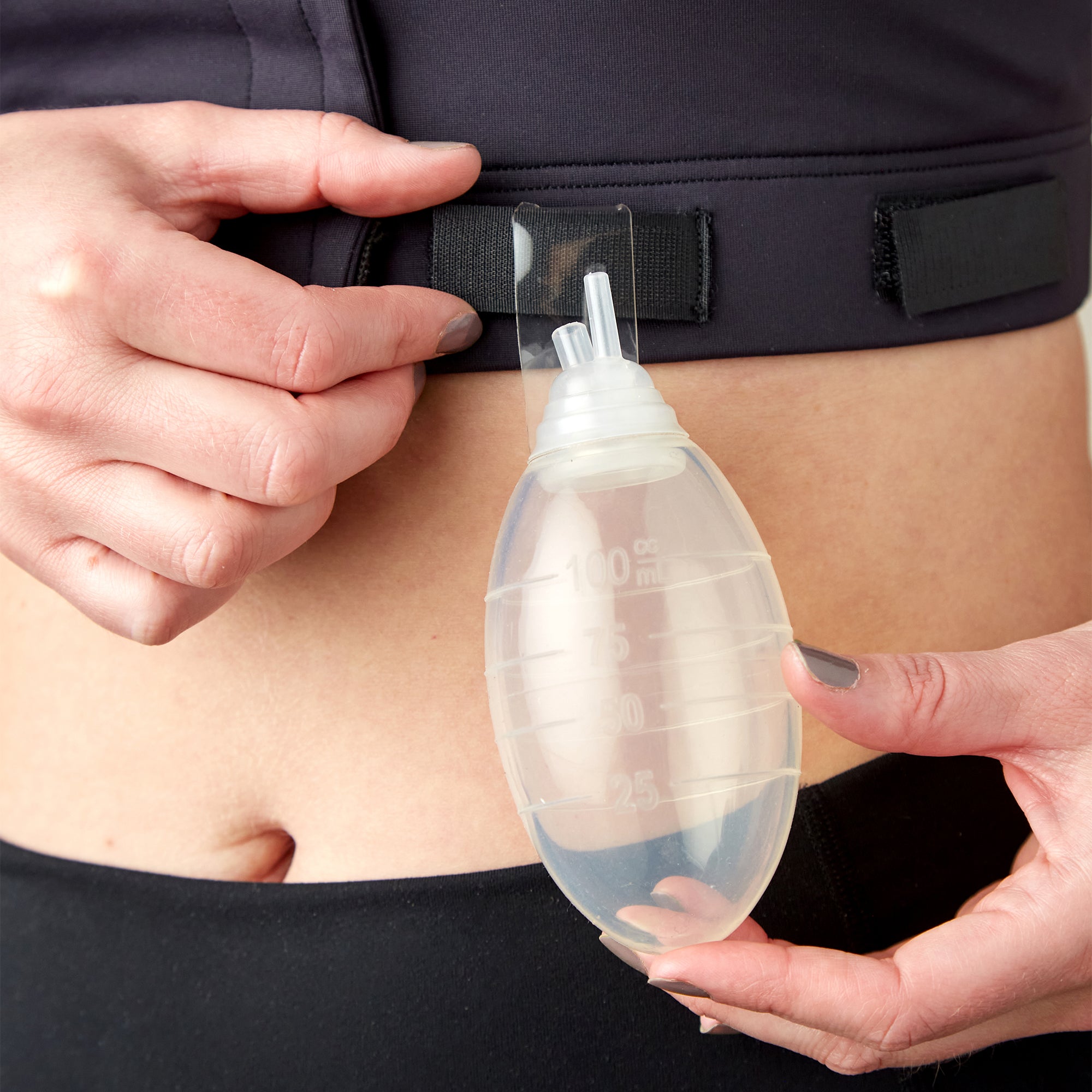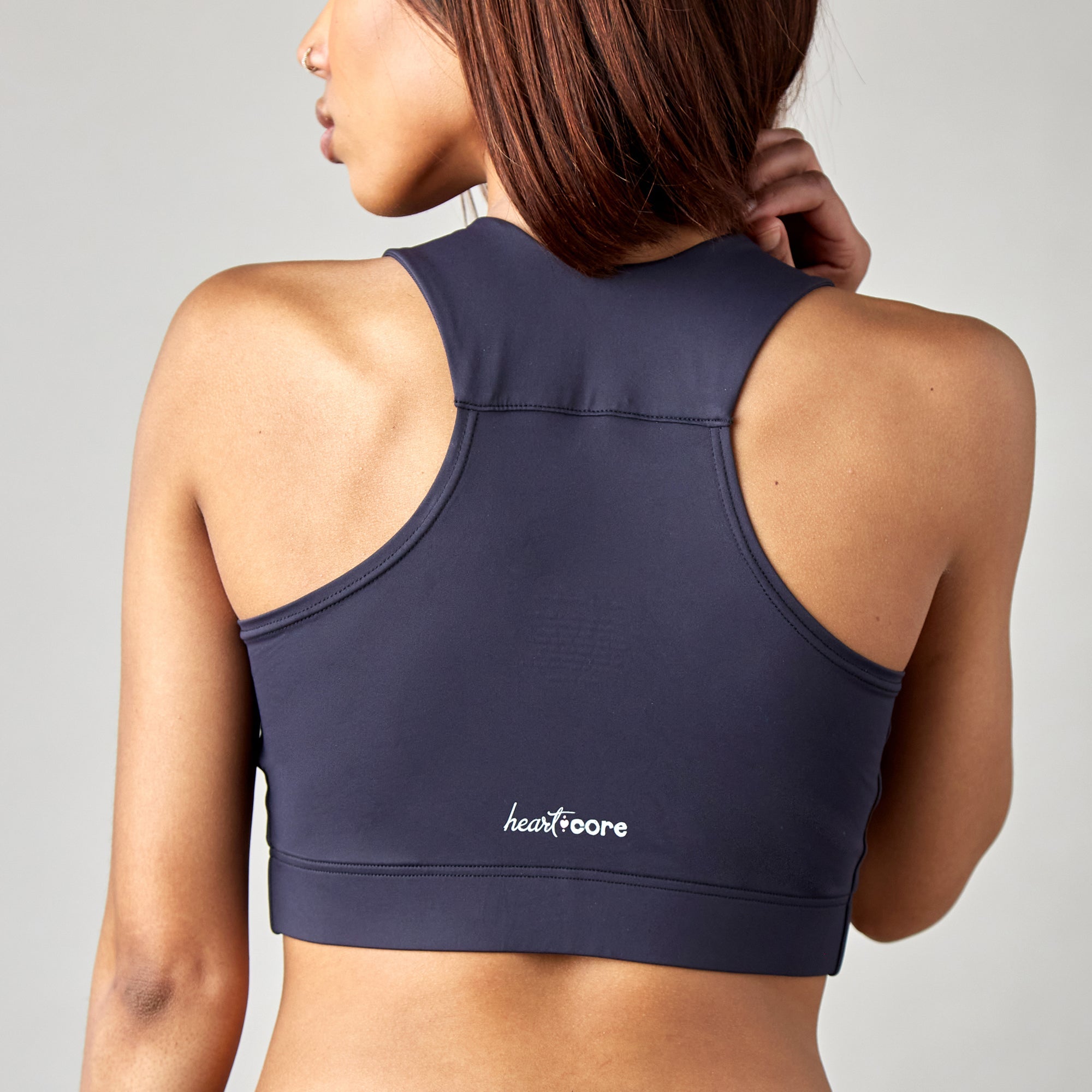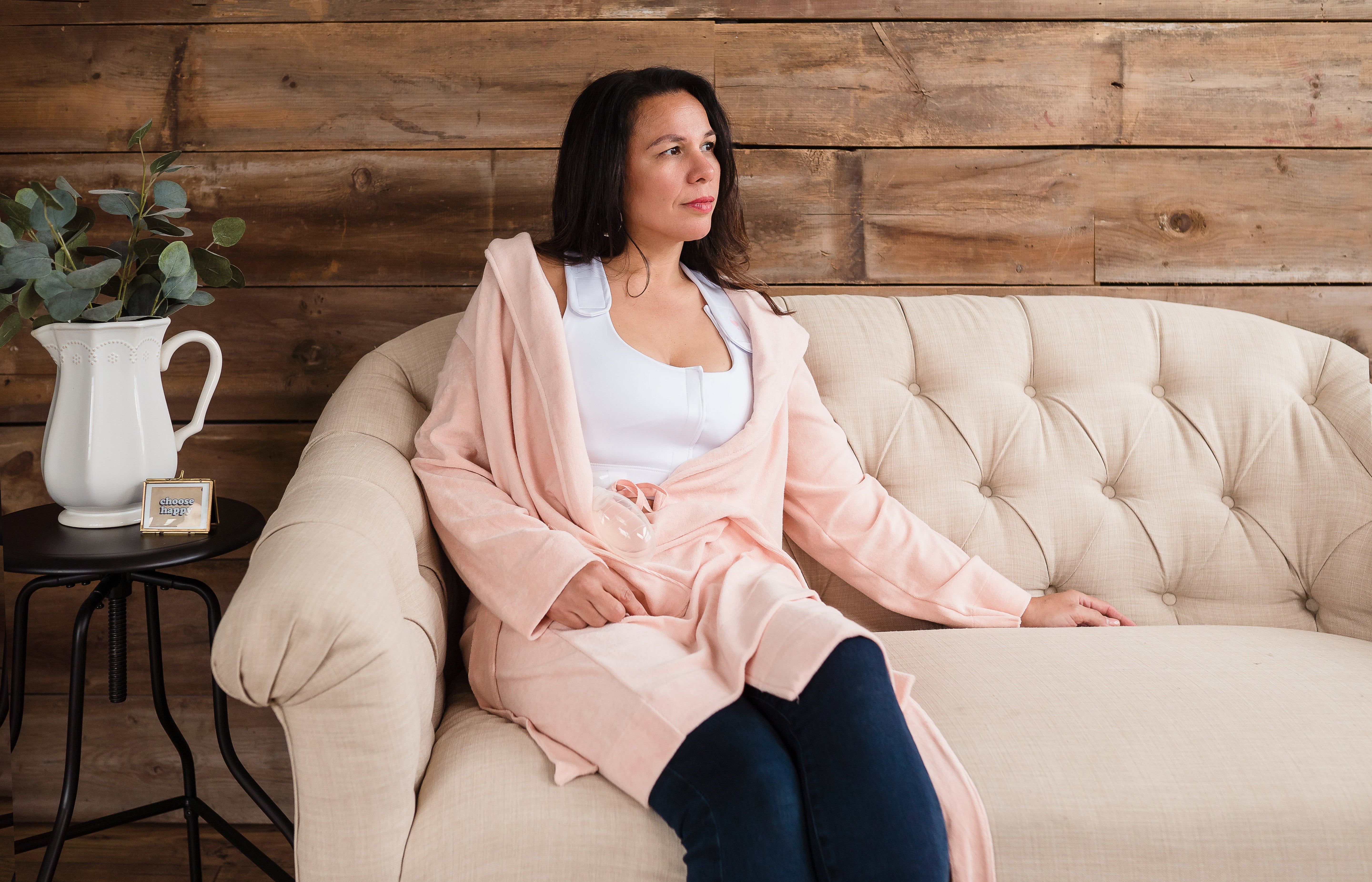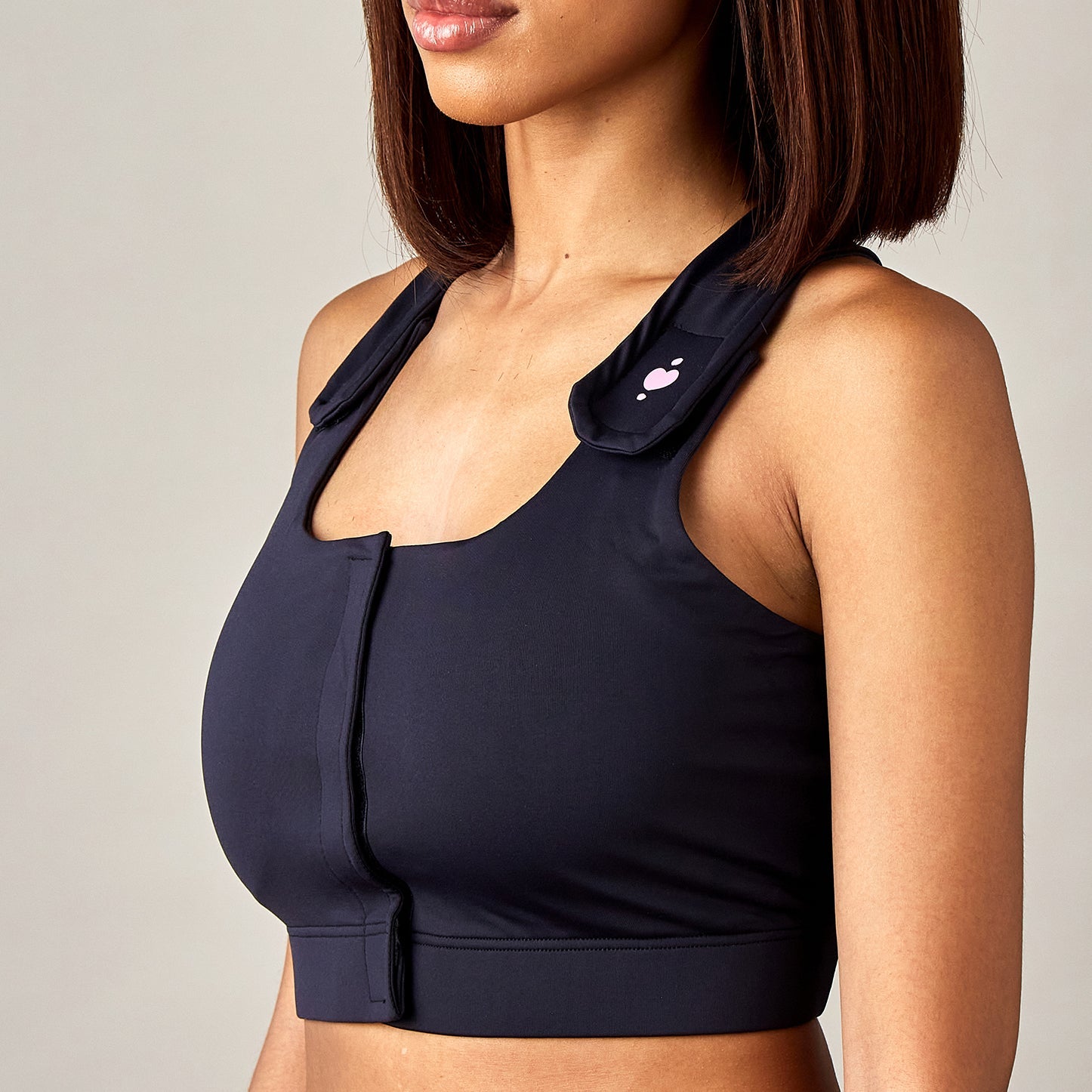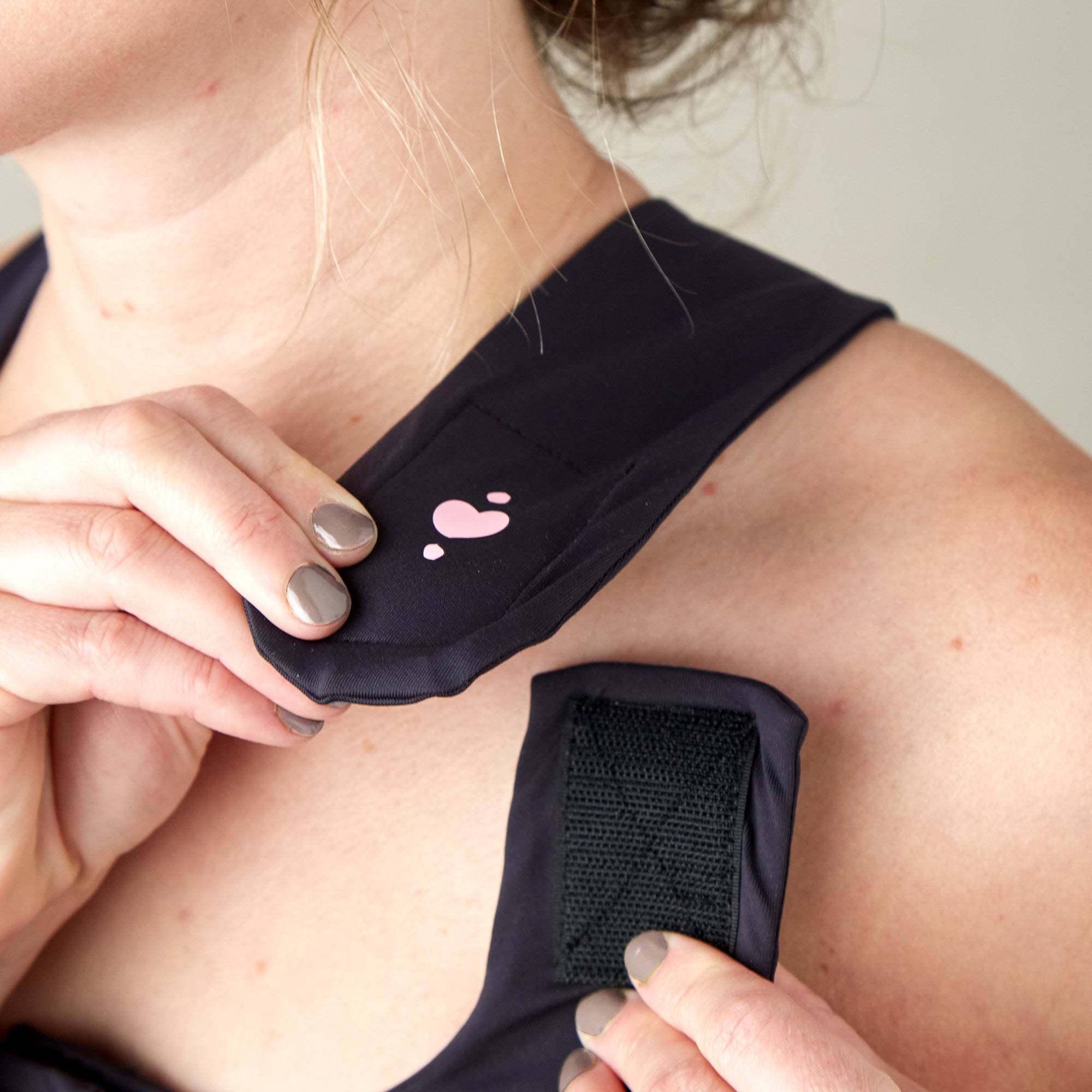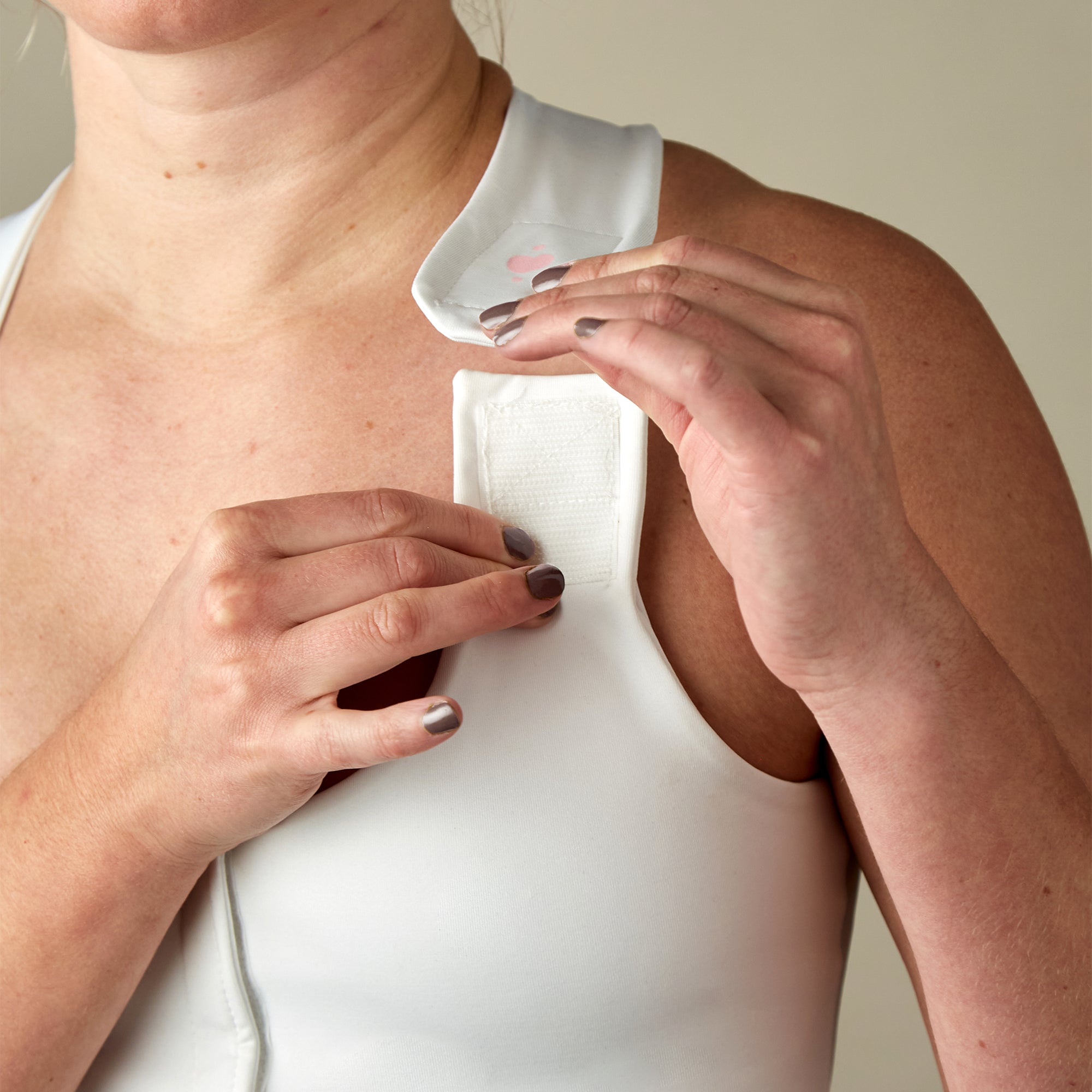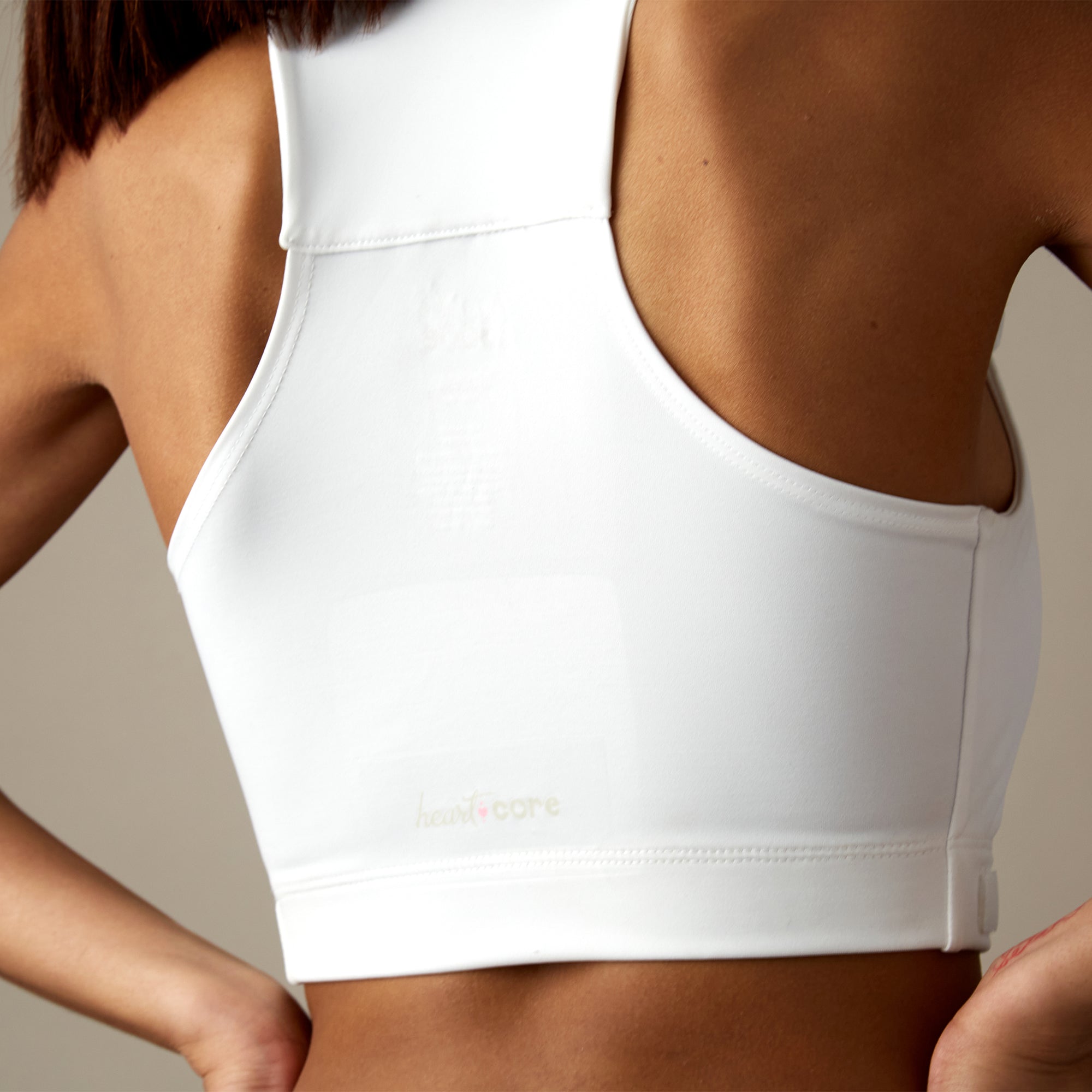In a world obsessed with optimizing everything from our morning routines to our workout regimens, sleep position remains a curiously overlooked aspect of our daily lives. Yet, the way you position yourself for those crucial eight hours can significantly impact your health, appearance, and overall well-being. If you're one of the many side or stomach sleepers curious about making the switch to back sleeping, you've come to the right place.
Why Back Sleeping Deserves Your Attention
Let's be honest – changing how you sleep might seem like an unnecessary hassle. After all, if you're getting your hours in, does position really matter? As it turns out, yes. Emphatically yes.
Back sleeping (or supine sleeping, if you want to impress at dinner parties) offers a remarkable array of benefits that might make you reconsider your current sleeping habits. While your body ultimately needs to find what works best for its unique needs, back sleeping is widely considered by sleep experts to be the optimal position for most people.

The Beauty Benefits You Can't Ignore
If vanity is your thing (no judgment here), back sleeping offers some compelling cosmetic advantages:
-
Wrinkle Prevention: When you smash your face into a pillow night after night, you're essentially creating "sleep wrinkles" – those pesky lines that eventually become permanent fixtures. Back sleeping eliminates this nightly facial compression.
-
Reduced Facial Puffiness: Gravity works in your favor when you sleep on your back, allowing proper fluid drainage rather than pooling on one side of your face.
-
Better Skincare Absorption: That expensive night serum you splurged on? It's more likely to actually penetrate your skin rather than your pillowcase when you sleep facing the ceiling.

The Health Advantages That Matter
Beyond looking refreshed, back sleeping offers substantial health benefits:
-
Spinal Alignment: Your spine maintains its natural curve when you sleep on your back with proper support, reducing pressure points and potential pain.
-
Acid Reflux Relief: Elevating your head slightly while back sleeping can significantly reduce nighttime acid reflux compared to other positions.
-
Sinus Drainage: Back sleeping with a slightly elevated head position promotes better sinus drainage, potentially reducing congestion and related issues.
-
Reduced Breast Sagging: Gravity works against your breast tissue during side or stomach sleeping, while back sleeping provides better support and less stretching over time.

The Sleep ROI: Why Quality Sleep Position Pays Dividends
Investing in better sleep positioning isn't just about immediate comfort – it's about the extraordinary returns you'll receive across virtually every aspect of your life. Let's talk about the remarkable ROI of optimizing your sleep position:
Cognitive Performance That Keeps You Competitive
When you sleep in proper alignment:
-
Memory Consolidation Improves: Research suggests that quality sleep, facilitated by proper positioning, enhances the brain's ability to transfer short-term memories to long-term storage.
-
Creative Problem-Solving Excels: A well-rested brain in proper alignment makes more novel connections between ideas, boosting your creative thinking by up to 33% according to some studies.
-
Decision-Making Sharpens: Sleep researchers have found that proper sleep position contributes to better oxygen flow to the brain, enhancing executive function and decision-making capabilities.
Physical Performance and Recovery
Athletes and fitness enthusiasts, take note:
-
Faster Muscle Recovery: Proper spinal alignment during sleep enhances blood flow to muscles, potentially accelerating recovery by 15-20% after intense workouts.
-
Reduced Injury Risk: When your body maintains natural alignment during sleep, you're less likely to develop compensatory movement patterns that lead to injury during physical activity.
-
Improved Energy Efficiency: Studies suggest that individuals who optimize sleep positioning experience better energy management throughout the day, with fewer afternoon slumps.
Long-Term Health Economics
The financial case for optimizing sleep position is compelling:
-
Reduced Healthcare Costs: Proper sleep positioning reduces the likelihood of developing chronic pain conditions, potentially saving thousands in treatment costs over your lifetime.
-
Decreased Medication Needs: Many people find they require fewer pain medications and sleep aids when they optimize their sleep position.
-
Longevity Benefits: While difficult to quantify precisely, the cumulative effects of proper spinal alignment, better breathing, and reduced pressure points likely contribute to healthier aging and extended wellness.
Surgical Recovery Acceleration
For those recovering from surgery, back sleeping offers particularly significant advantages:
-
Incision Protection: Back sleeping prevents direct pressure on many common surgical sites, reducing pain and protecting healing incisions from friction or compression damage.
-
Improved Circulation: The natural alignment achieved in proper back sleeping helps optimize blood flow to healing tissues, potentially accelerating recovery time by 10-15% according to some post-surgical studies.
-
Reduced Swelling: Elevated back sleeping positions help manage post-operative edema more effectively than other sleep positions, particularly for procedures on the face, chest, or abdominal regions.
-
Medication Efficacy: Research suggests that consistent sleep positions can improve the body's response to pain medications and other post-surgical drugs, potentially allowing for lower dosages and fewer side effects.
-
Respiratory Optimization: Particularly following surgeries requiring anesthesia, back sleeping with proper head elevation helps maintain clear airways and optimal oxygen levels, which are crucial for tissue healing and recovery.
Many surgical patients report that learning back sleeping techniques before planned procedures significantly improved their recovery experience. The Sleep Again Pillow System offers particular advantages in post-surgical scenarios, as its integrated design eliminates the need to arrange multiple pillows when movement may be painful or restricted.

The Common Challenges of Back Sleeping
Despite its benefits, back sleeping doesn't come naturally to everyone. Let's address some of the hurdles you might face:
The Comfort Conundrum
If you've been a dedicated side or stomach sleeper for decades, your first nights on your back might feel strange and uncomfortable. This discomfort stems from:
-
Unfamiliar Pressure Distribution: Your body weight distributes differently when back sleeping, creating new pressure points your body isn't accustomed to.
-
Psychological Adaptation: Many people report feeling strangely vulnerable or exposed when first switching to back sleeping – a primitive brain response that typically fades with consistency.
-
Muscular Adjustment: Your muscles have memory patterns based on your habitual sleeping position, and they need time to adapt to new alignment demands.
The Habit Formation Hurdle
Breaking any habit is challenging, but sleep patterns are particularly stubborn:
-
Unconscious Reversion: Many new back sleepers report waking up in their old familiar position, having switched without conscious awareness during the night.
-
Comfort Seeking: When sleep quality initially suffers during transition, your body naturally seeks the familiar comfort of old positions.
-
Inconsistent Practice: Weekend sleep pattern changes or travel can disrupt your back-sleeping training progress.
Your Step-by-Step Transition Plan
Ready to make the switch? Here's a methodical approach to training yourself for back sleeping success:
Phase 1: Preparation (1 Week)
-
Start with Daytime Practice: Spend 10-15 minutes lying on your back before bedtime to acclimate your body.
-
Assess Your Current Sleep Environment: Evaluate your mattress firmness, pillow height, and bedroom setup with back sleeping in mind.
-
Consider Your Sleep System: This is where the Sleep Again Pillow System becomes invaluable – its full-body design specifically supports the transition to back sleeping by providing optimal support at key pressure points and two body pillows to prevent rolling in the night.
-
Set Realistic Expectations: Understand that complete adaptation typically takes 3-4 weeks of consistent effort.
Phase 2: Initial Transition (2 Weeks)
-
Start Each Night on Your Back: Even if you don't maintain the position all night, begin in the correct posture.
-
Use Physical Reminders: Place pillows alongside your body to discourage rolling (though the Sleep Again Pillow System's integrated design eliminates this need).
-
Implement the 30% Rule: Aim to spend about 30% of your sleep time on your back initially, gradually increasing this percentage.
-
Practice Conscious Return: If you wake during the night in another position, gently return to your back.
Phase 3: Reinforcement (2-4 Weeks)
-
Increase Back-Sleeping Duration: Aim for 60-70% of your sleep time in the supine position.
-
Track Your Progress: Note improvements in how you feel upon waking.
-
Adjust Support as Needed: Fine-tune your pillow height and support elements based on your experience.
-
Celebrate Small Wins: Acknowledge even minor improvements in back-sleeping duration or comfort.
Phase 4: Maintenance (Ongoing)
-
Achieve Consistency: Work toward spending 80%+ of your sleep time on your back.
-
Address Specific Challenges: Tackle any persistent issues with targeted solutions.
-
Optimize Your Sleep System: Ensure your Sleep Again Pillow System is properly positioned for your body's proportions.
-
Practice Mindfulness: Develop awareness of your body's feedback regarding sleep position.

Environmental Optimization for Back Sleeping Success
Your sleep environment plays a crucial role in back-sleeping success. Consider these adjustments:
Bedroom Setup Elements
-
Mattress Considerations: Back sleeping generally requires a medium-firm to firm mattress that prevents excessive spinal curvature while providing comfort.
-
Lighting Adjustments: Position lighting to avoid direct glare on your face when supine.
-
Temperature Regulation: Back sleepers often benefit from slightly cooler room temperatures (65-68°F) as this position can retain more body heat.
-
Sound Management: Consider white noise positioned above or behind your head to mask disturbances.
Creating the Optimal Back-Sleeping Sanctuary
Your bedroom should become a dedicated space that signals your body it's time for back sleeping:
-
Establish a Pre-Sleep Routine: Incorporate gentle back stretches or yoga poses that prepare your spine for proper alignment.
-
Create a Relaxing Environment: Consider adding soothing elements to your bedroom to promote relaxation, such as an oil diffuser with lavender oil, LED candles, or dim lighting. When you fall asleep, listen to soundscapes or sleep meditations to quiet your mind.
-
Ensure Accessibility: Arrange bedside items to be reachable without rolling to your side.

Pillow and Mattress Considerations: Why Standard Solutions Fall Short
The pillow market is saturated with options, but few address the specific needs of back sleepers – and even fewer provide the comprehensive support required for a successful transition to back sleeping.
The Pillow Problem
Standard pillows present several challenges for aspiring back sleepers:
-
Height Inconsistency: Most pillows are either too high or too low for optimal cervical alignment in the back position.
-
Inadequate Support Distribution: Single pillows fail to provide the full-body support needed during the transition phase.
-
Material Limitations: Many conventional pillow materials compress unevenly during the night, disrupting alignment.
-
Lack of Integrated Design: Piecing together multiple pillows creates a disjointed system that shifts during sleep.

Why the Sleep Again Pillow System Stands Apart
Unlike conventional solutions, the Sleep Again Pillow System was engineered specifically for comprehensive back-sleeping support:
-
Full-Body Integration: The system addresses every key pressure point from head to toe, creating a cohesive support experience.
-
Anatomically Informed Design: Each component considers the biomechanics of healthy back sleeping, with specific elements supporting the neck, lumbar region, and legs.
-
Transition-Friendly Features: The system's design actively discourages rolling while maintaining comfort, solving one of the primary challenges in back-sleeping training.
-
Adaptable Components: The system accommodates different body types and specific needs without requiring multiple product purchases.
Rather than cobbling together a collection of standard pillows – which inevitably shift during the night – the Sleep Again Pillow System provides the integrated support necessary for successful back-sleeping transition and maintenance.

The Scientific Perspective: What Research Tells Us About Sleep Positions
Sleep science offers fascinating insights into position preferences and their implications:
Evolutionary Context
Anthropological research suggests our ancestors likely slept in varied positions, with back sleeping becoming more prevalent as sleeping surfaces evolved. Interestingly:
-
Early humans sleeping on uneven ground likely favored side positions for stability.
-
As raised sleeping platforms developed in various cultures, back sleeping became more common.
-
Modern mattress technology has removed many of the natural barriers to comfortable back sleeping.
Positional Sleep Study Findings
Recent scientific investigations have yielded compelling data about sleep positions:
-
Respiratory Impact: Studies show that back sleeping with proper head elevation optimizes airway patency for most individuals (with the exception of those with sleep apnea, who should consult physicians).
-
Neurological Processing: Some research suggests that the brain's glymphatic system – which clears metabolic waste during sleep – may function more efficiently during properly supported back sleeping.
-
Temperature Regulation: Thermal imaging studies demonstrate more even body temperature distribution in back sleepers compared to other positions.
-
Movement Patterns: Sleep lab research indicates that properly supported back sleepers experience fewer position changes throughout the night, potentially enhancing deep sleep duration.
While individual factors always play a role, the cumulative research suggests that properly supported back sleeping aligns with our physiological design.

Long-Term Maintenance: Making Back Sleeping Your New Normal
Once you've successfully transitioned, maintaining your back-sleeping habit requires attention to several factors:
Consistency Through Life Changes
Life events can disrupt even well-established sleep patterns:
-
Travel Strategies: Bring you Sleep Again Pillow System with you when traveling by using its specifically designed travel bag.
-
Partner Adjustments: Communicate the importance of your sleep position to your partner and consider how their movement affects your positioning.
-
Aging Adaptations: As your body changes with age, periodically reassess your support needs and make appropriate adjustments.
Troubleshooting Regression
If you find yourself reverting to old patterns:
-
Identify Triggers: Determine if stress, schedule changes, or physical discomfort is prompting the regression.
-
Implement Micro-Resets: Rather than complete retraining, focus on specific elements of your back-sleeping routine that need reinforcement.
-
Reaffirm Benefits: Remind yourself of the specific improvements you've experienced since transitioning to back sleeping.
Frequently Asked Questions About Back Sleeping
Still have questions about making the switch to back sleeping? You're not alone. Here are answers to some of the most common questions we receive:
How long will it take me to adjust to sleeping on my back?
Most people require 3-4 weeks of consistent practice to feel fully comfortable sleeping on their back. With the Sleep Again Pillow System, the transition to back sleeping can be achieved much easier and faster as it supports back sleeping and prevents rolling over during the night.
Will back sleeping stop my snoring?
It depends on the cause of your snoring. For some people, back sleeping can temporarily increase snoring, especially without proper head elevation. However, the Sleep Again Pillow System's design provides optimal head and neck positioning that can actually reduce snoring for many users by maintaining open airways. If snoring is a significant concern, consult with a healthcare provider, as it could indicate sleep apnea or other conditions.
Is back sleeping safe during pregnancy?
Back sleeping is generally not recommended during the second and third trimesters of pregnancy, as the weight of the uterus can compress major blood vessels. Most obstetricians recommend left-side sleeping during pregnancy. Always follow your healthcare provider's specific recommendations for your situation.
What if I have lower back pain? Should I still try back sleeping?
Many people with lower back pain actually benefit from properly supported back sleeping, as it distributes pressure evenly and maintains natural spinal curvature. The key is proper lumbar support, which the Sleep Again Pillow System specifically addresses. However, if you have diagnosed back conditions, consult your healthcare provider or physical therapist for personalized advice.
How does the Sleep Again Pillow System prevent me from rolling over?
Unlike makeshift solutions that use multiple separate pillows (which inevitably shift during the night), the Sleep Again Pillow System features an integrated design with gentle contours that naturally discourage rolling while maintaining comfort. The system provides balanced support that makes maintaining back position easier than with conventional pillows.
What if I just can't get comfortable on my back despite trying everything?
While back sleeping offers numerous benefits, it's not mandatory for everyone. Some body types or specific conditions might make side sleeping more appropriate. If you've consistently tried for several weeks, try the Sleep Again Pillow System for greater back sleeping support and consider speaking with a sleep specialist who can provide personalized guidance based on your specific situation.
Will back sleeping really reduce facial wrinkles?
Yes! "Sleep wrinkles" are well-documented in dermatological research. These mechanical wrinkles form when your face is compressed against a pillow night after night. Back sleeping eliminates this compression, allowing your facial skin to remain smooth throughout the night. Many users notice reduced morning puffiness and fewer sleep lines within just weeks of switching to back sleeping.
Is the Sleep Again Pillow System worth the investment compared to regular pillows?
When you consider that you spend approximately one-third of your life sleeping, the value becomes clear. Standard pillows aren't designed for the specific challenges of back sleeping, requiring you to purchase and arrange multiple products that ultimately shift during the night. The Sleep Again Pillow System's integrated design addresses every aspect of back-sleeping support in one solution, potentially saving money compared to purchasing multiple products separately.
Conclusion: The Back-Sleeping Journey
Transforming your sleep position isn't merely about following a trend – it's about optimizing a third of your life spent in bed. The benefits cascade into your waking hours, influencing everything from your appearance to your cognitive performance and long-term health.
While the transition requires patience and consistency, the cumulative advantages of back sleeping make it worth the effort for most people. With the right support system – particularly one designed specifically for this purpose - the Sleep Again Pillow System – you can navigate the challenges and emerge with a healthier, more beneficial sleep position.
Your journey to back-sleeping mastery isn't just about the position itself – it's about taking control of an essential aspect of your health that too many leave to chance. So tonight, as you lie down, remember: your sleep position is a choice with far-reaching consequences. Choose wisely, and your body will thank you for decades to come.
This article is provided for informational purposes and should not replace medical advice. Individuals with specific health conditions, including sleep apnea, should consult healthcare providers before changing sleep positions.


